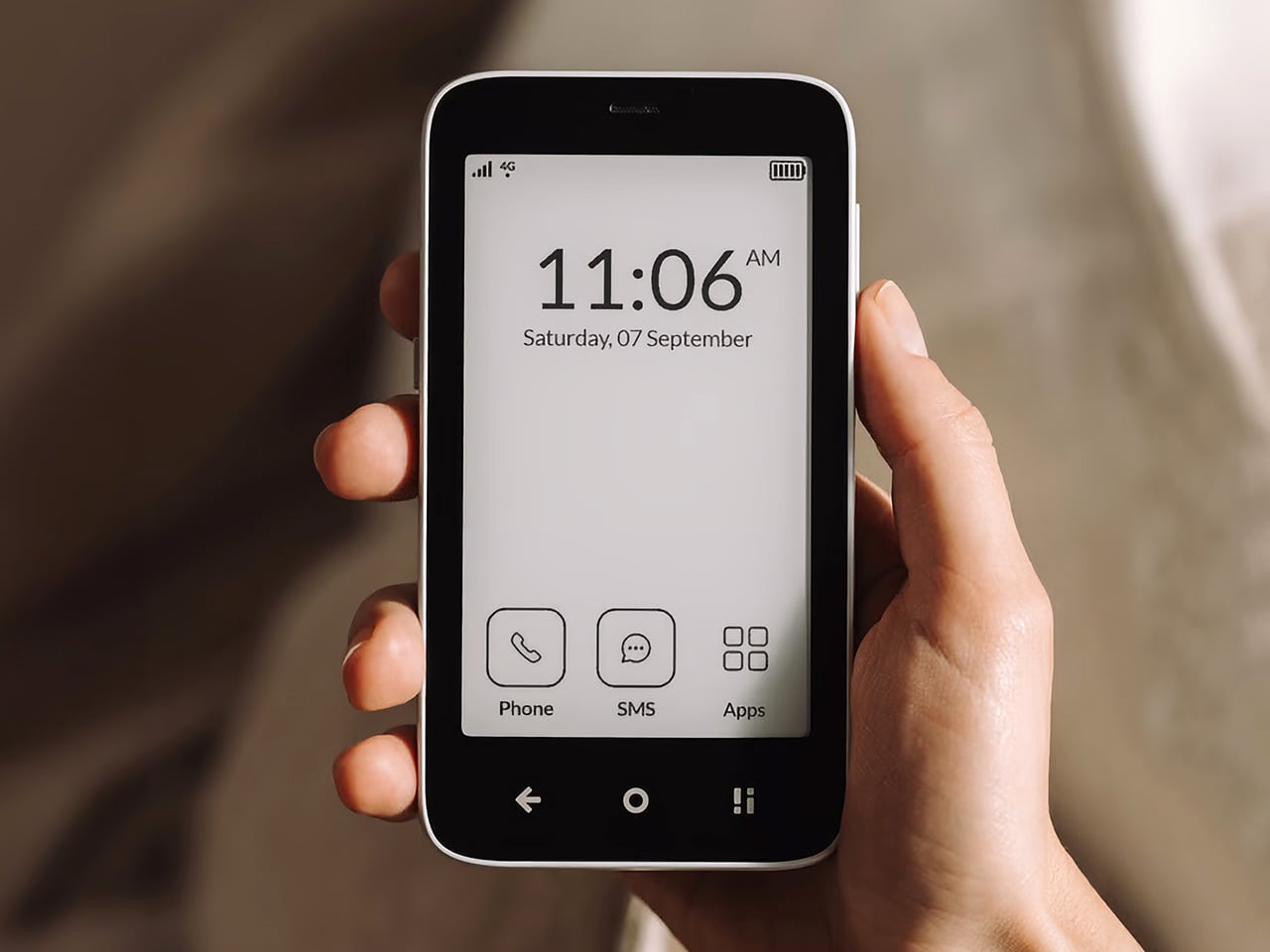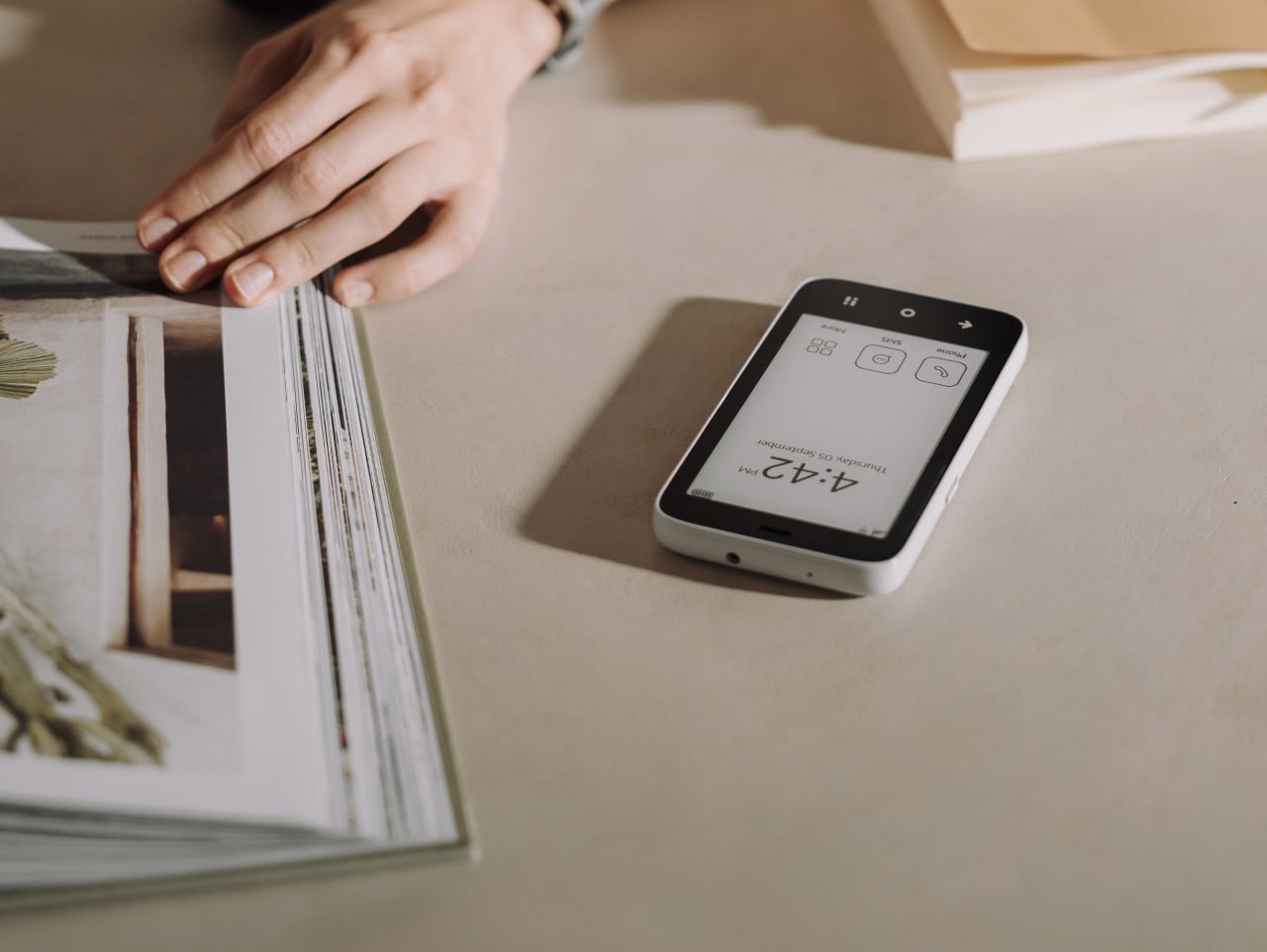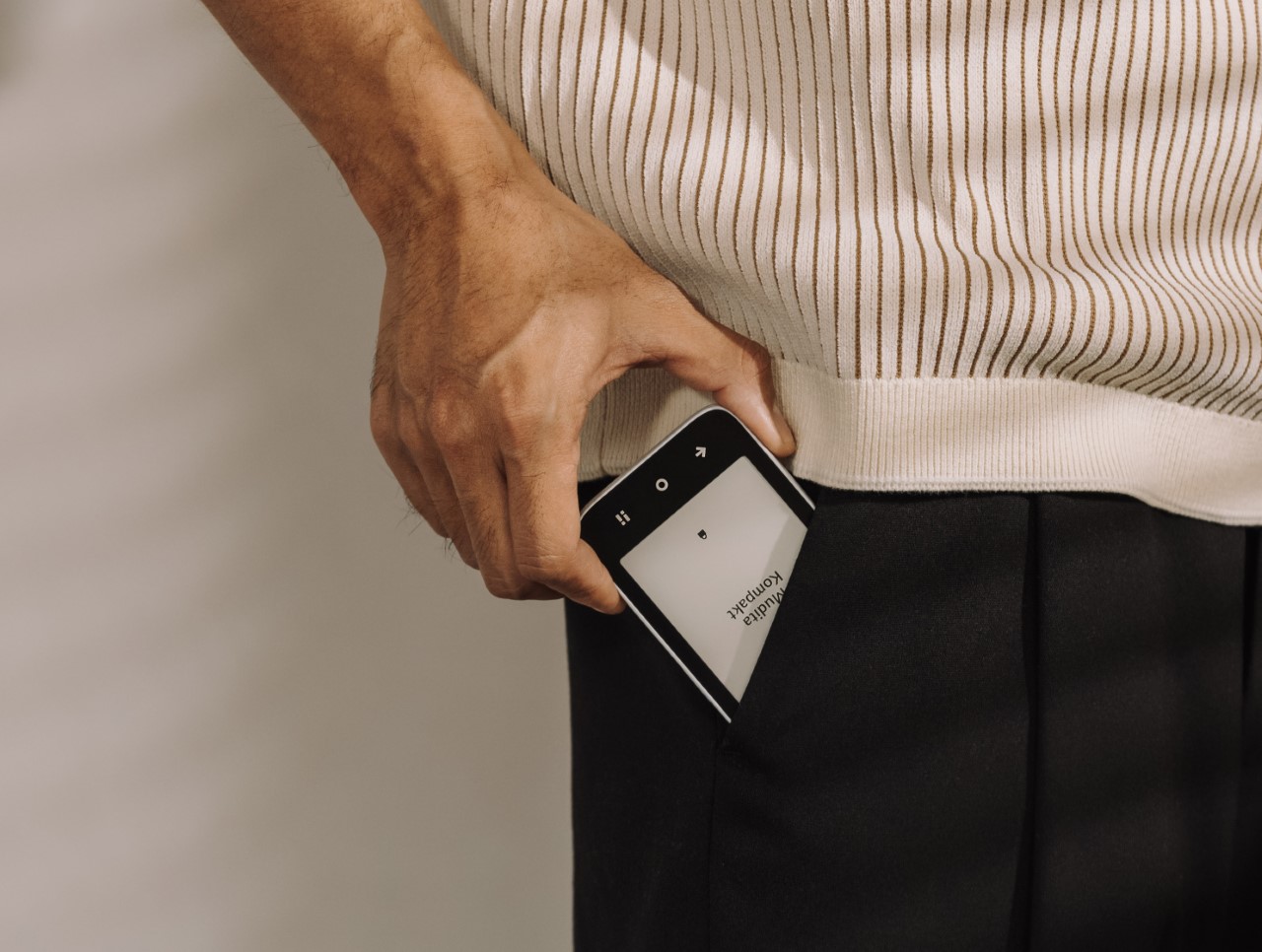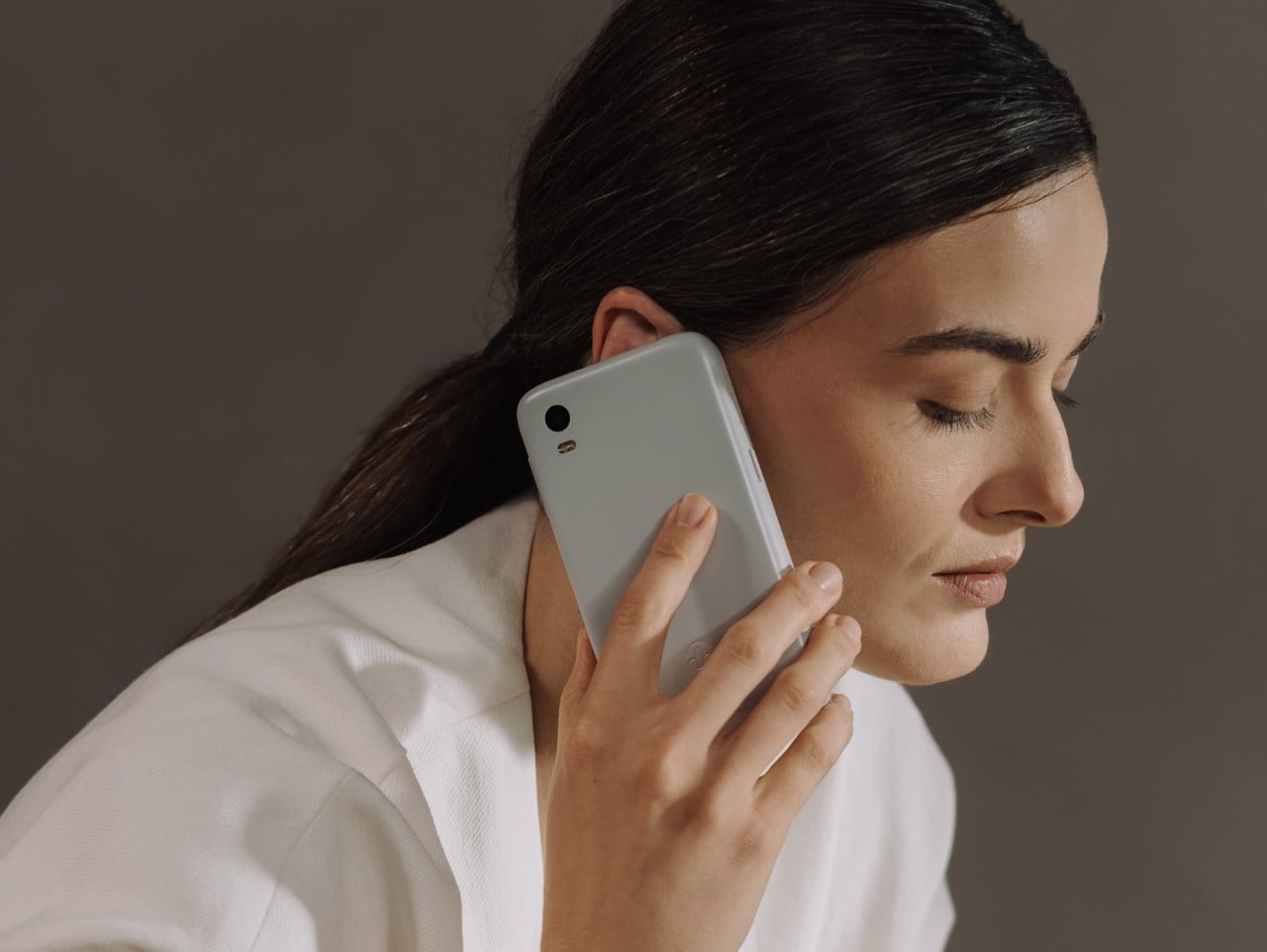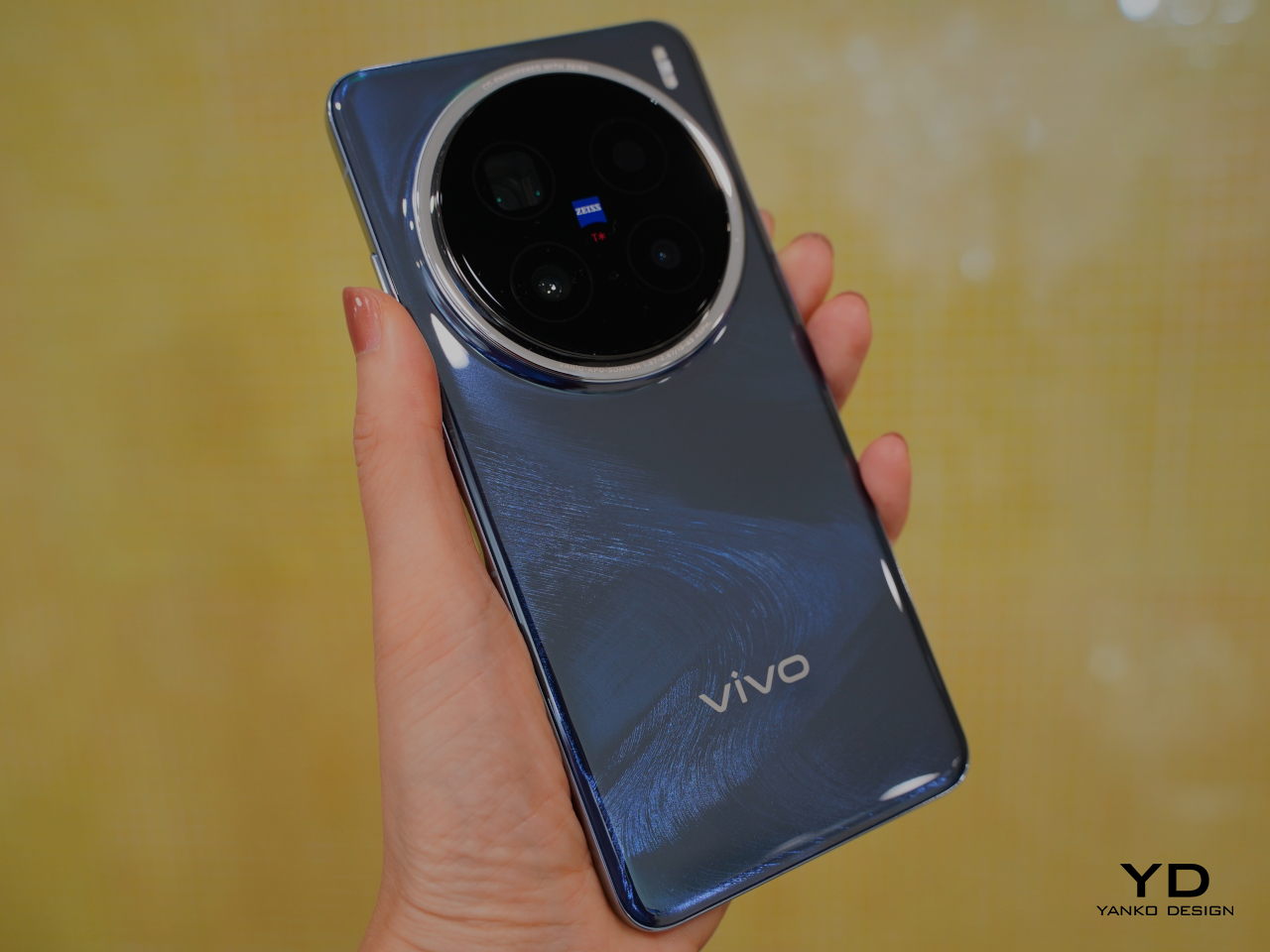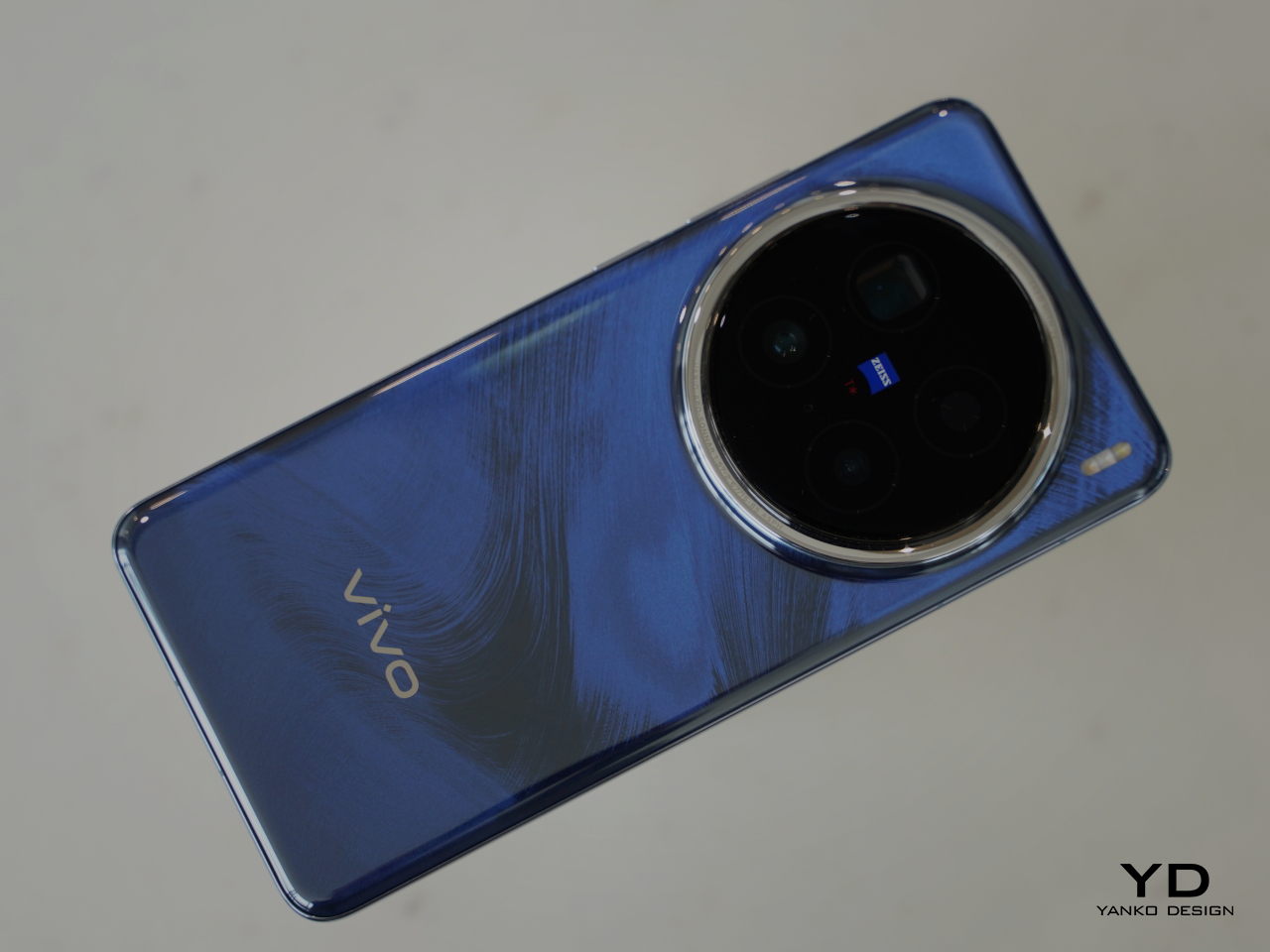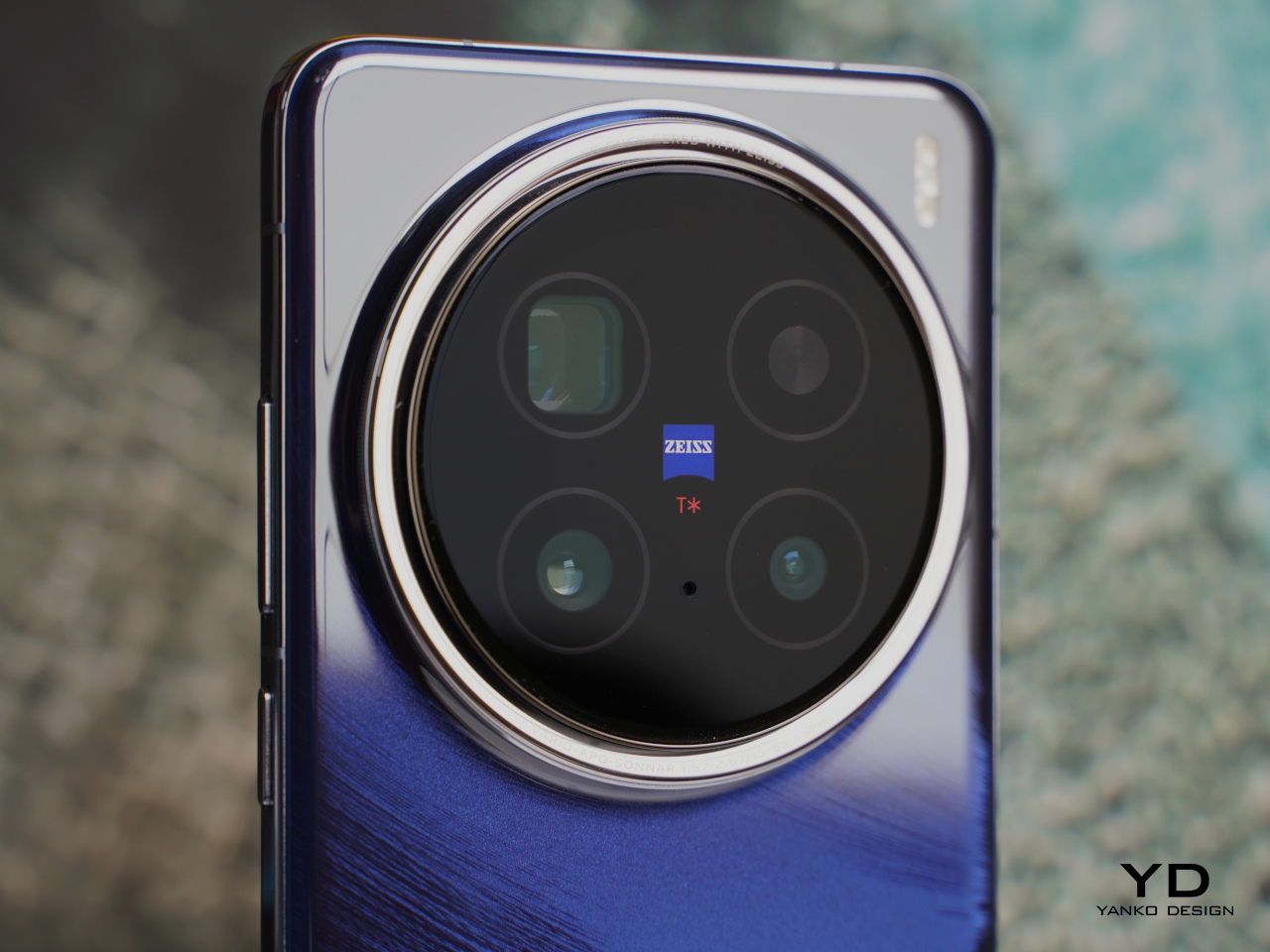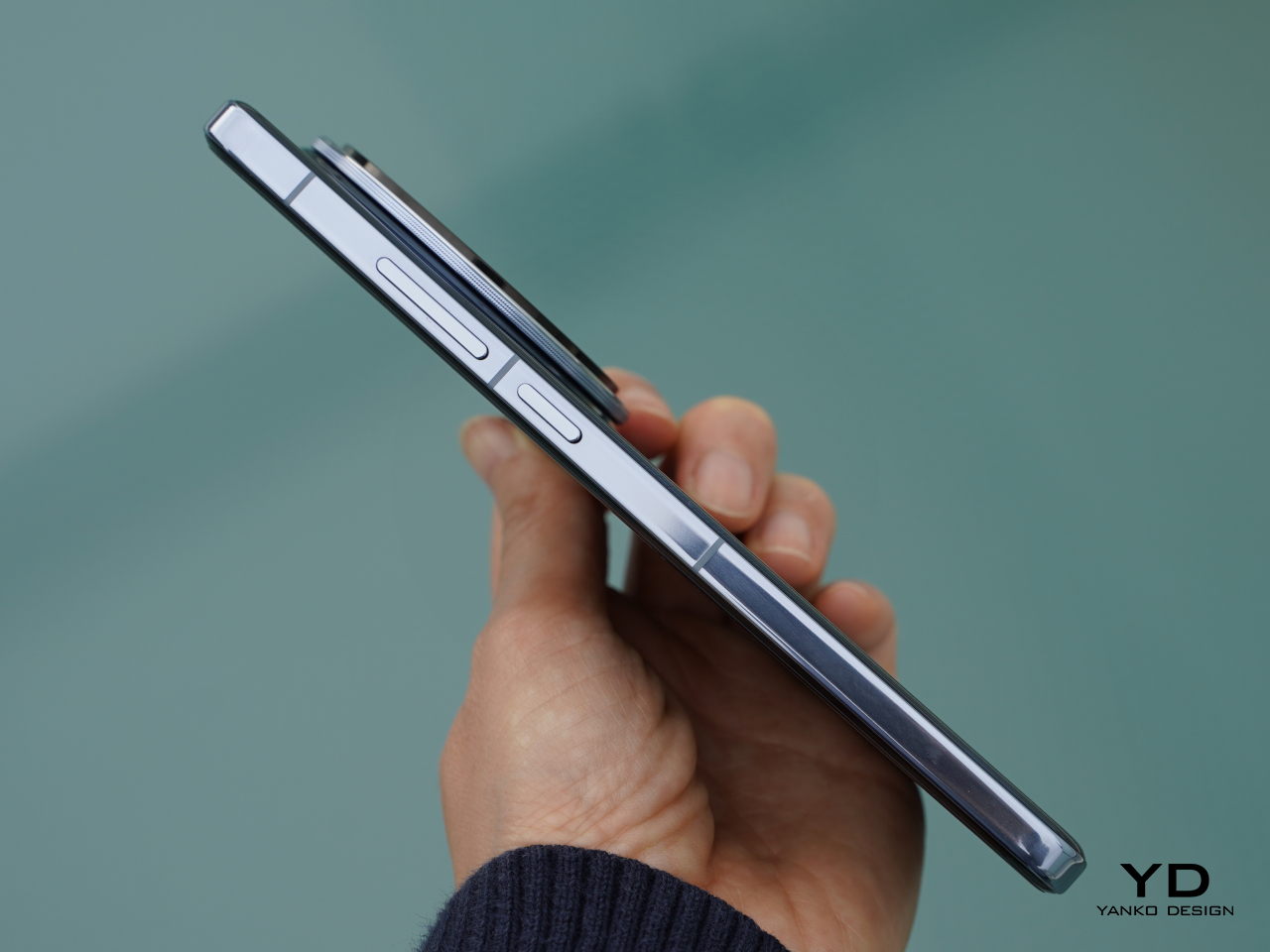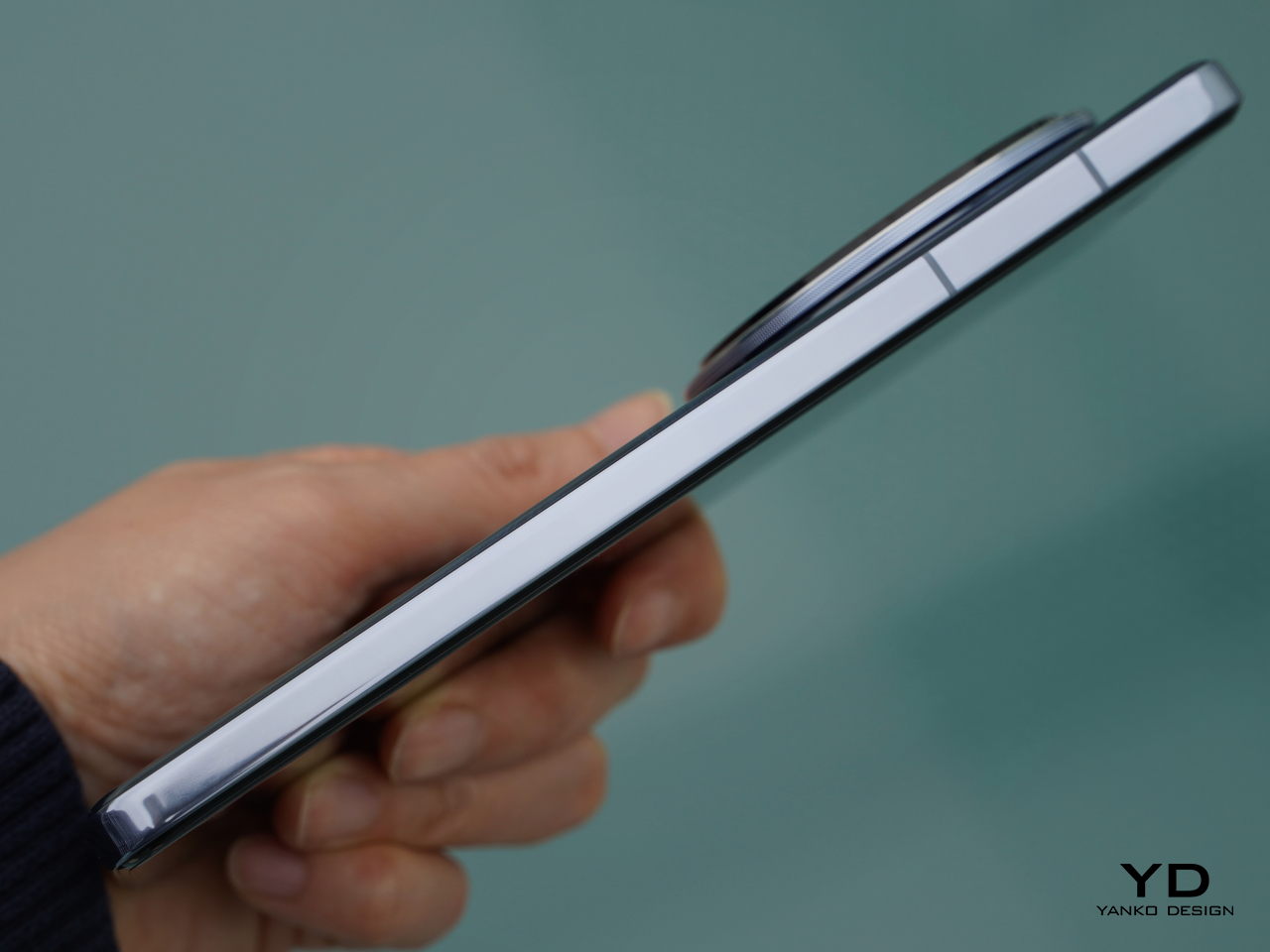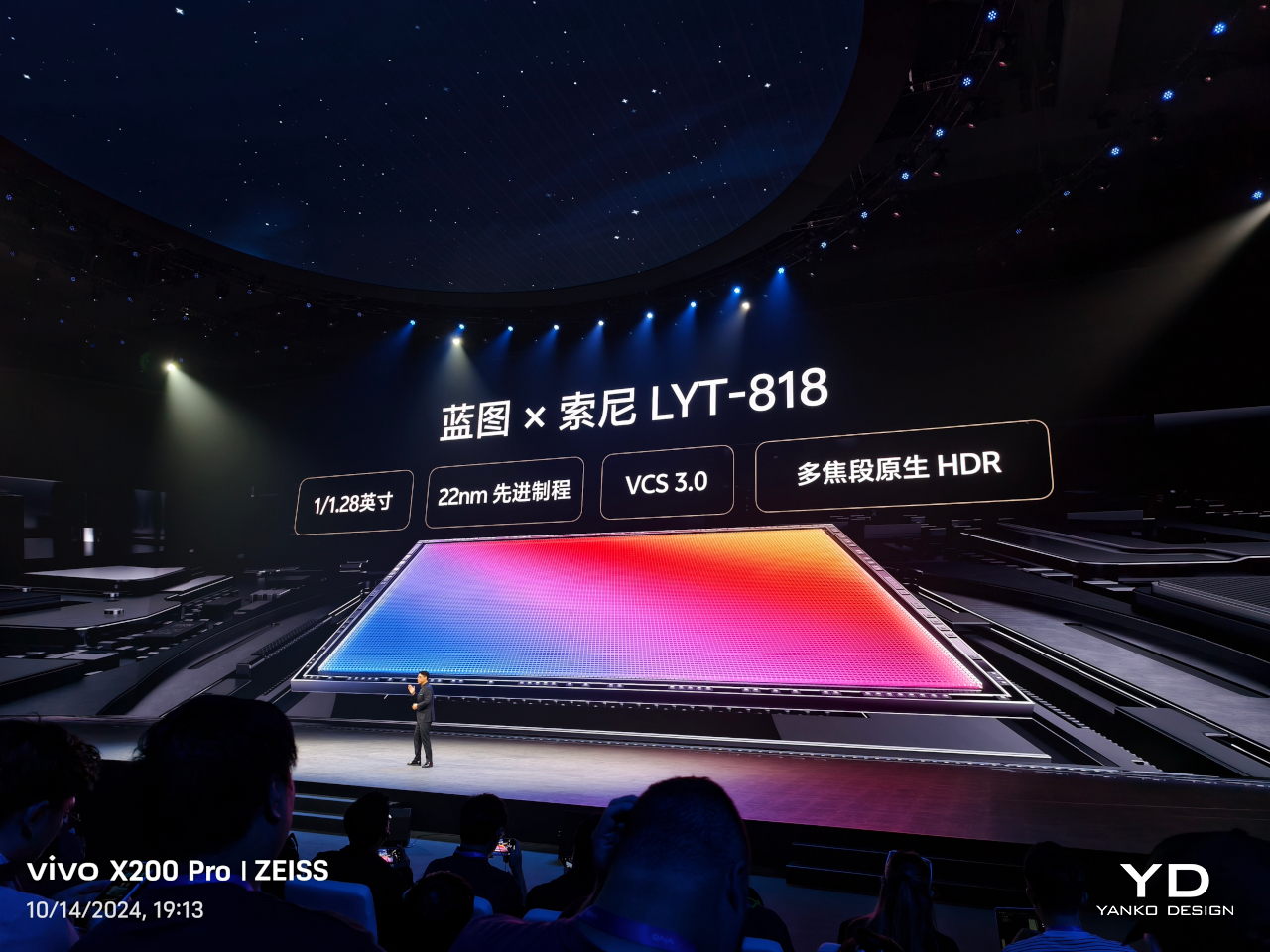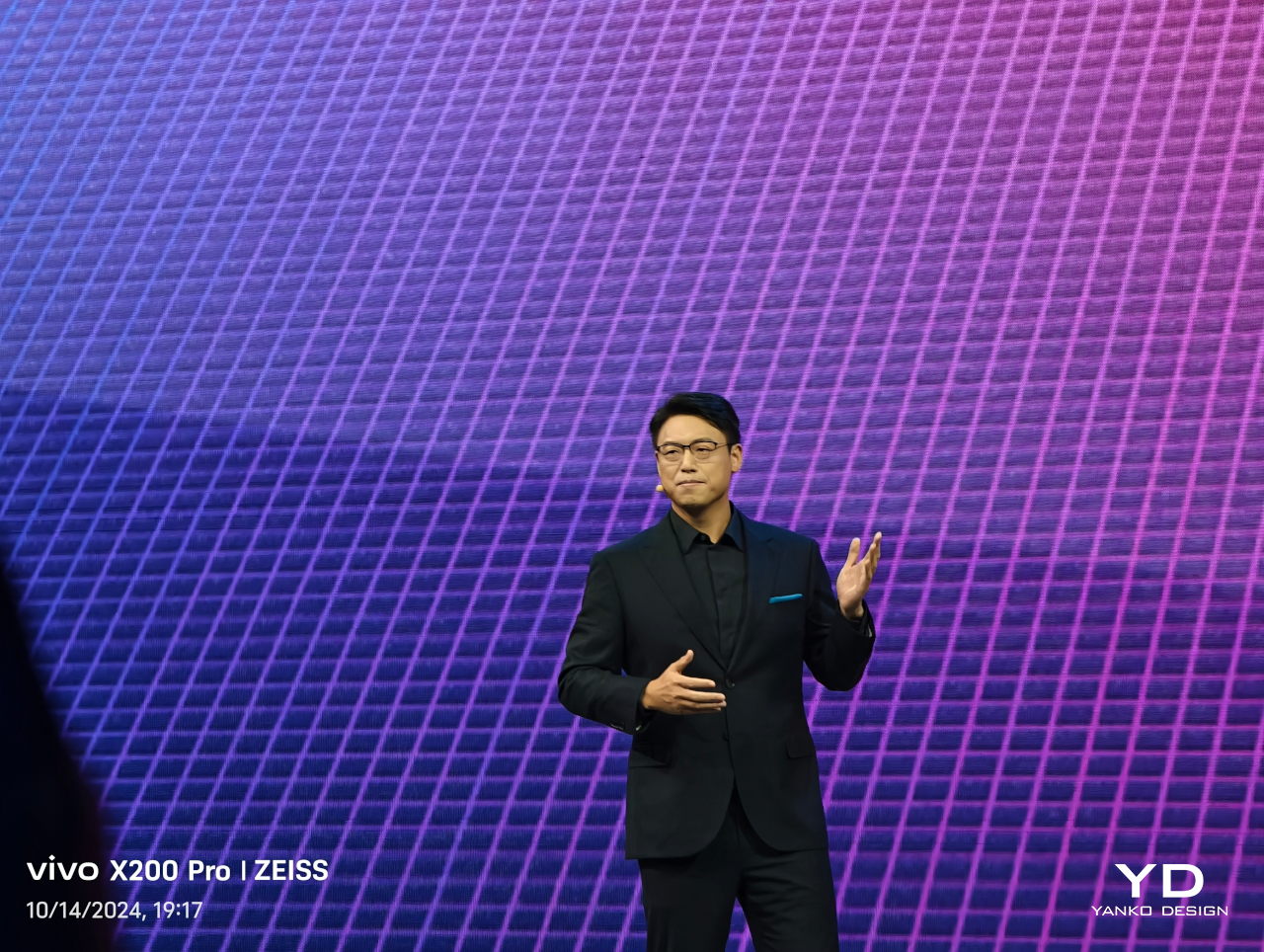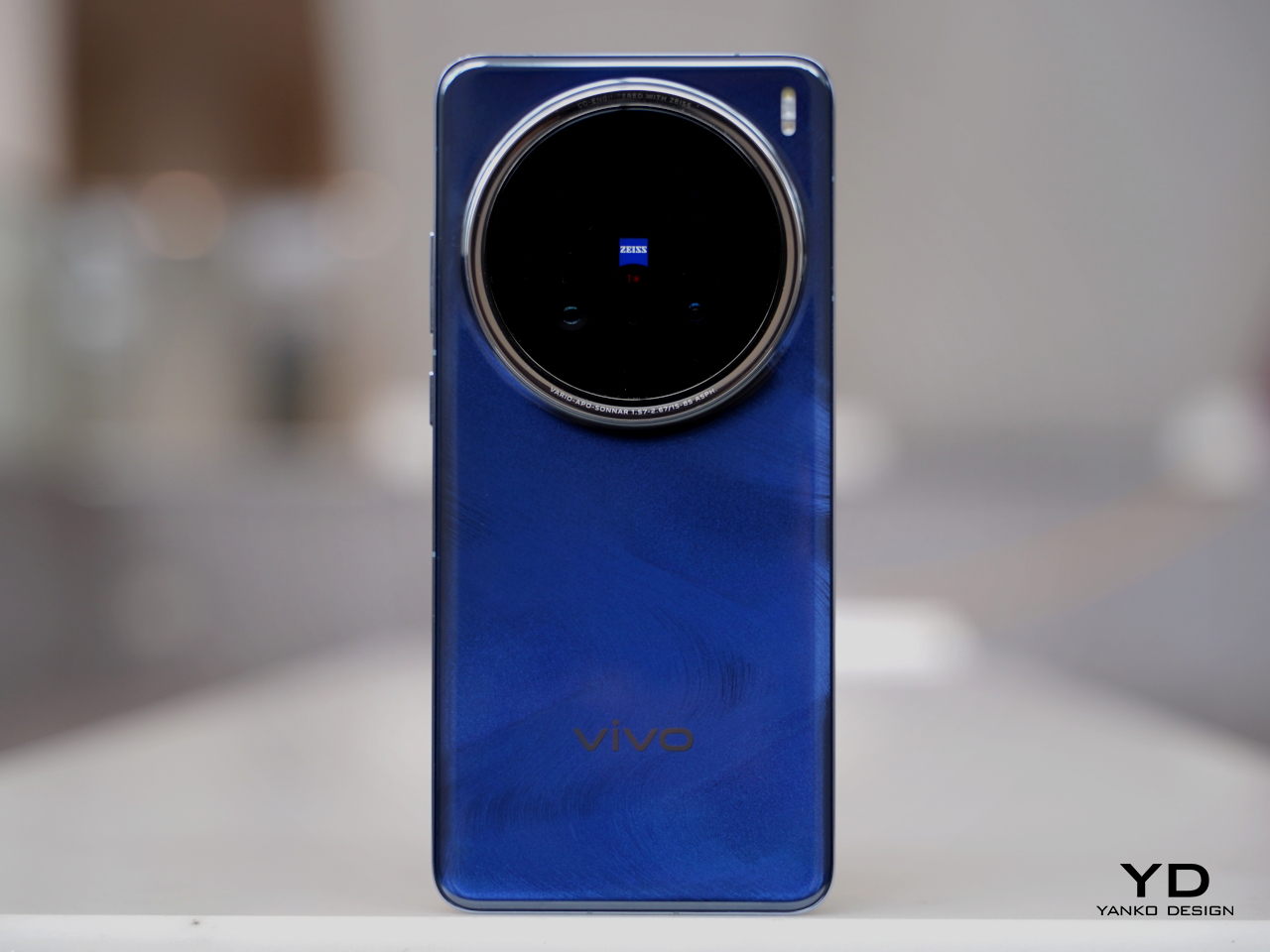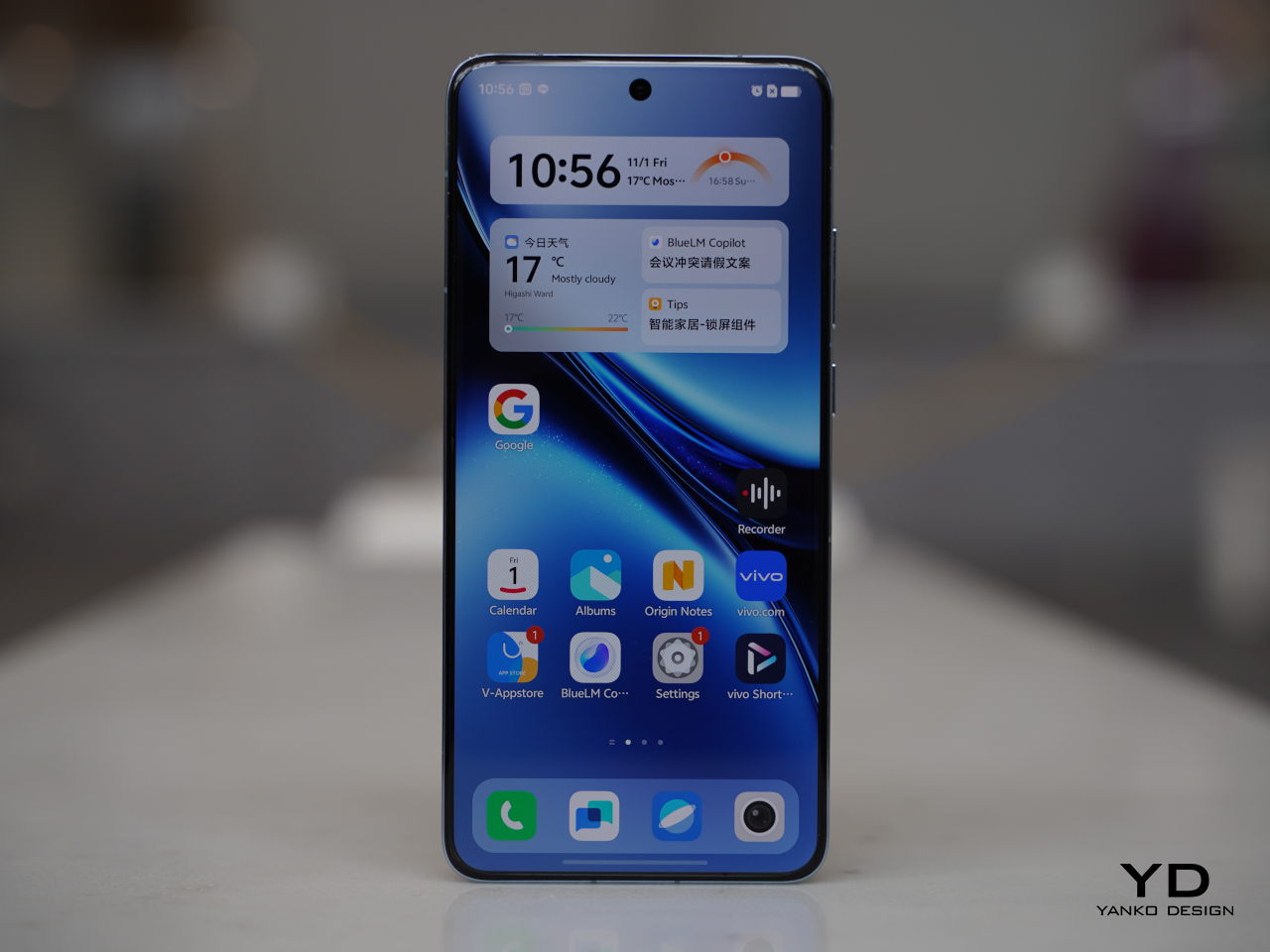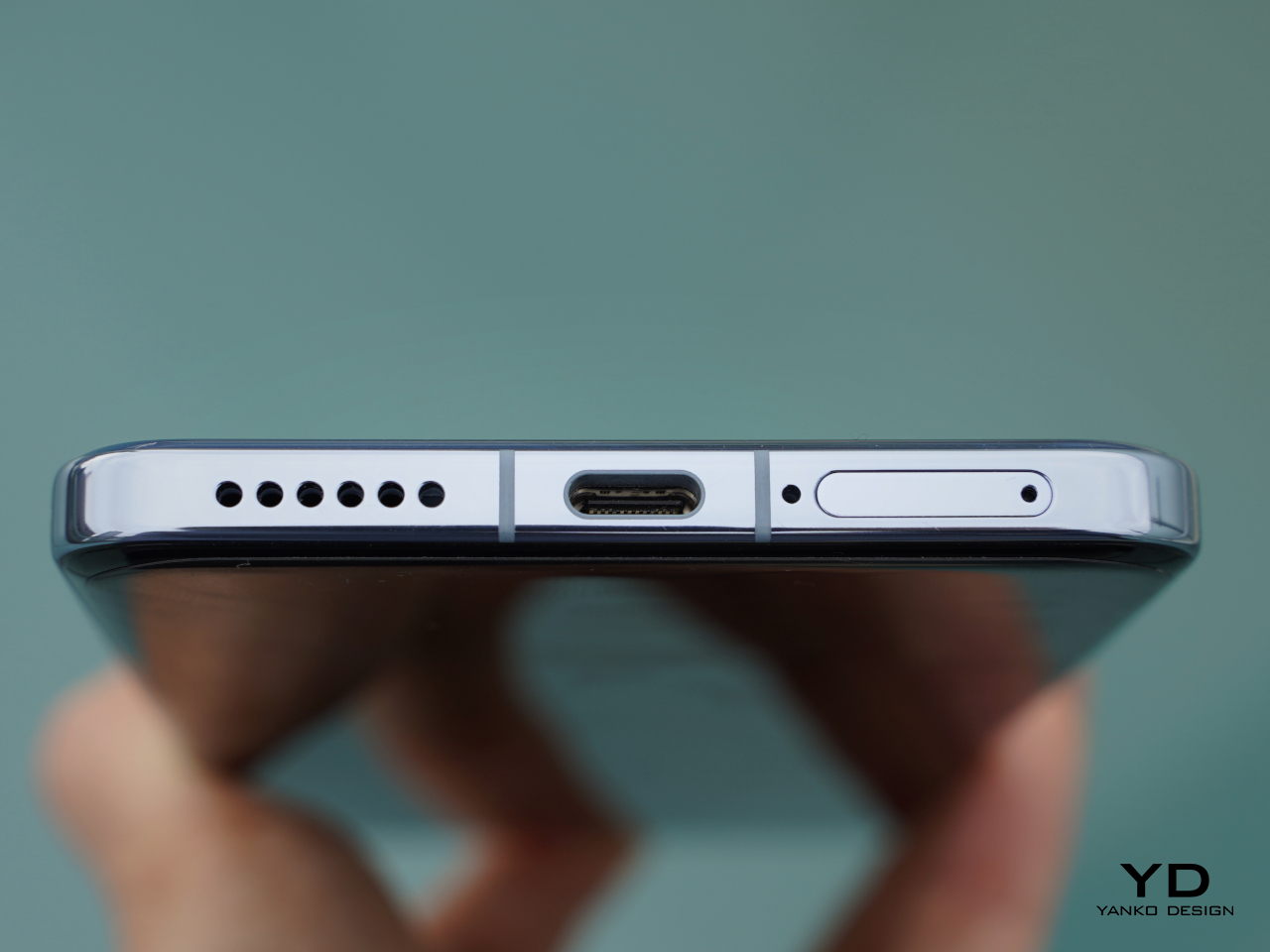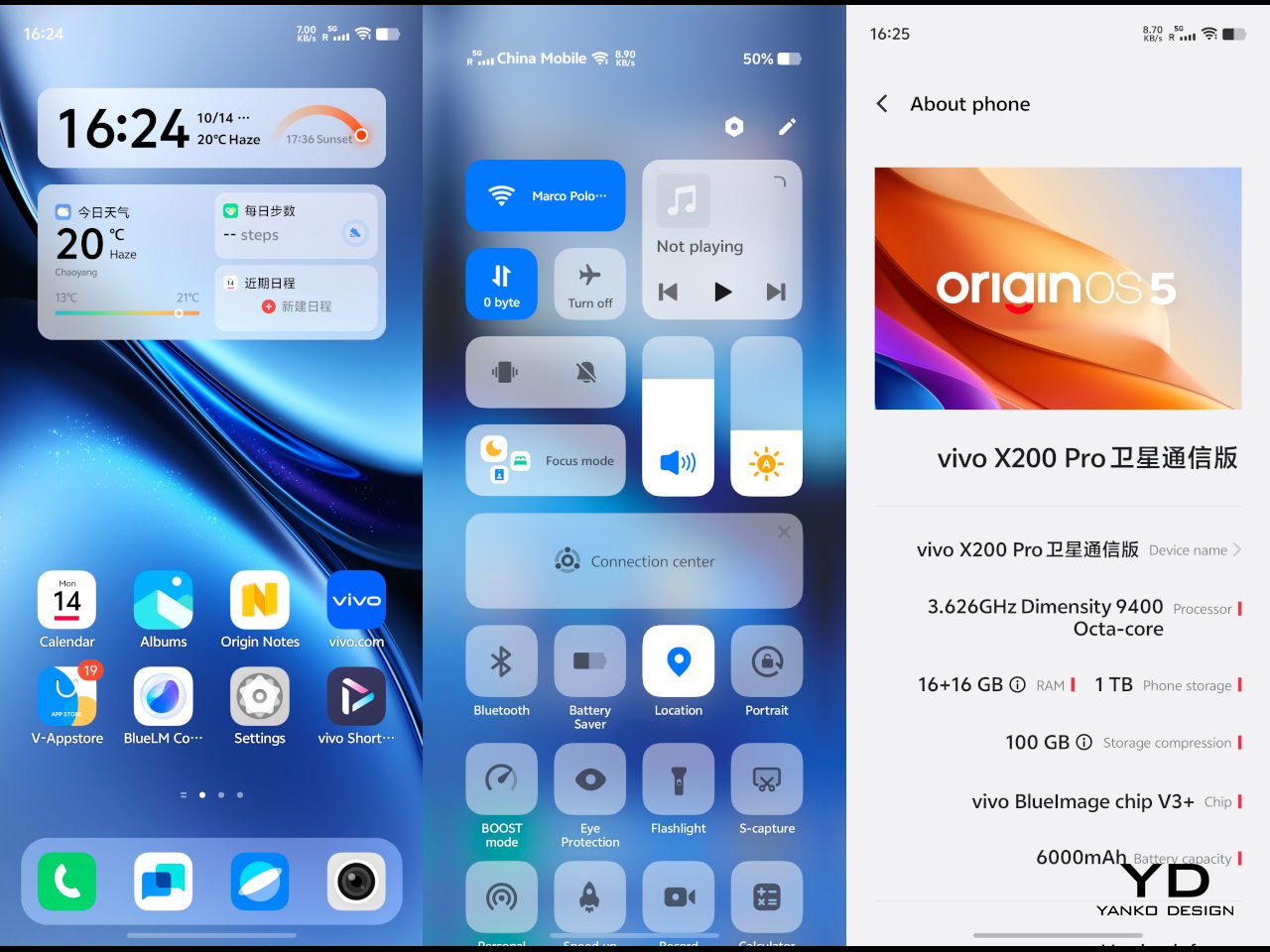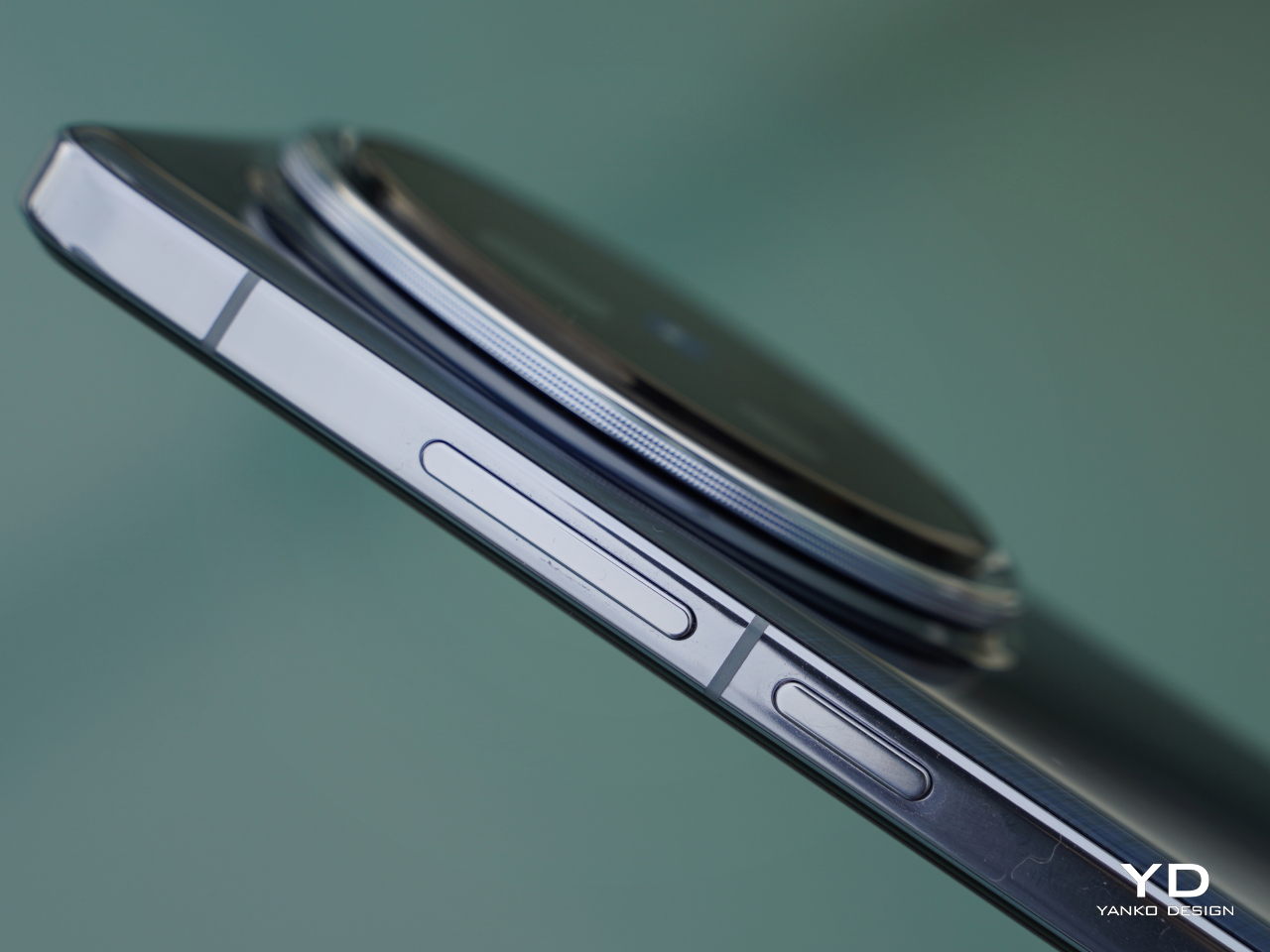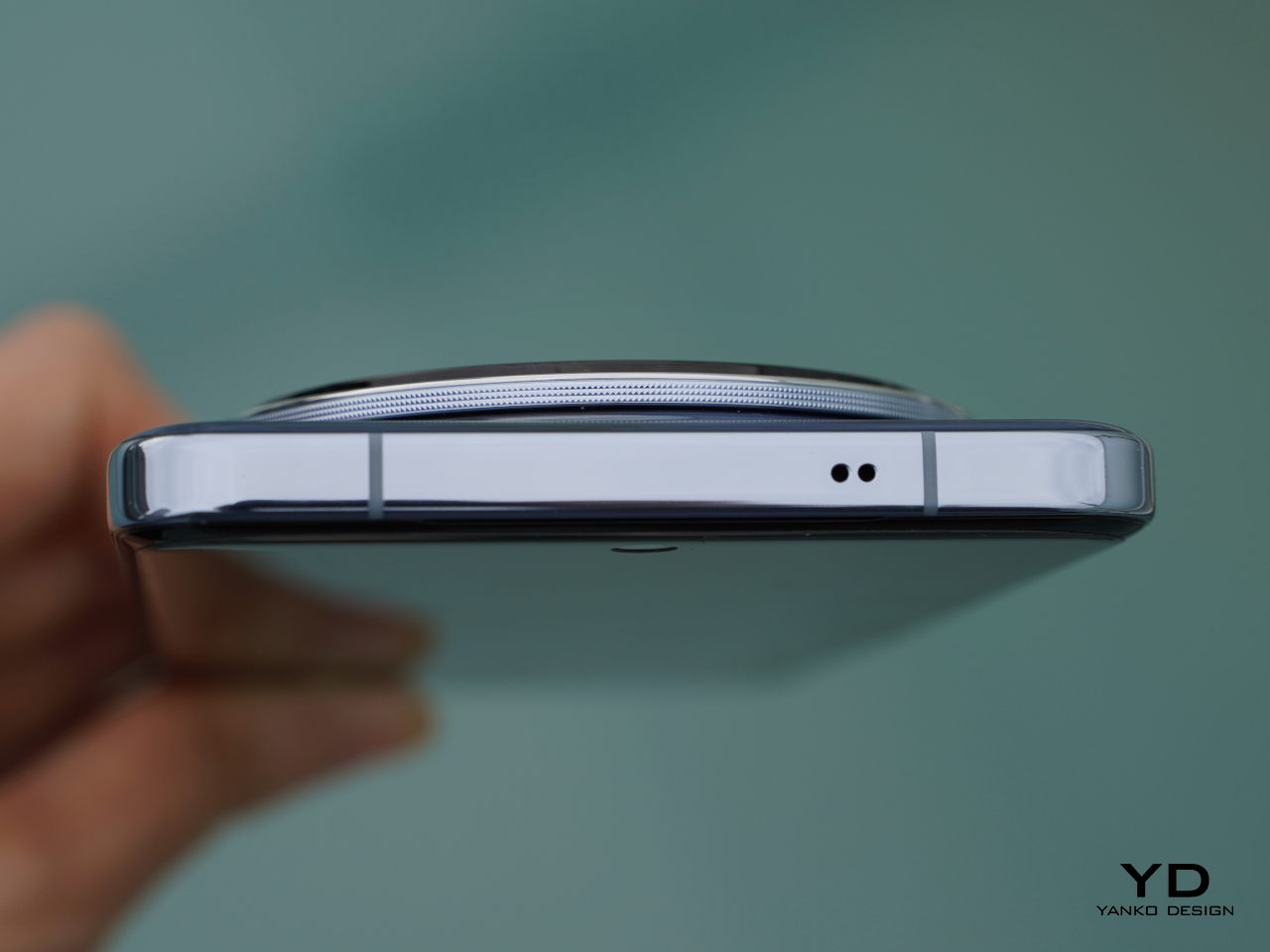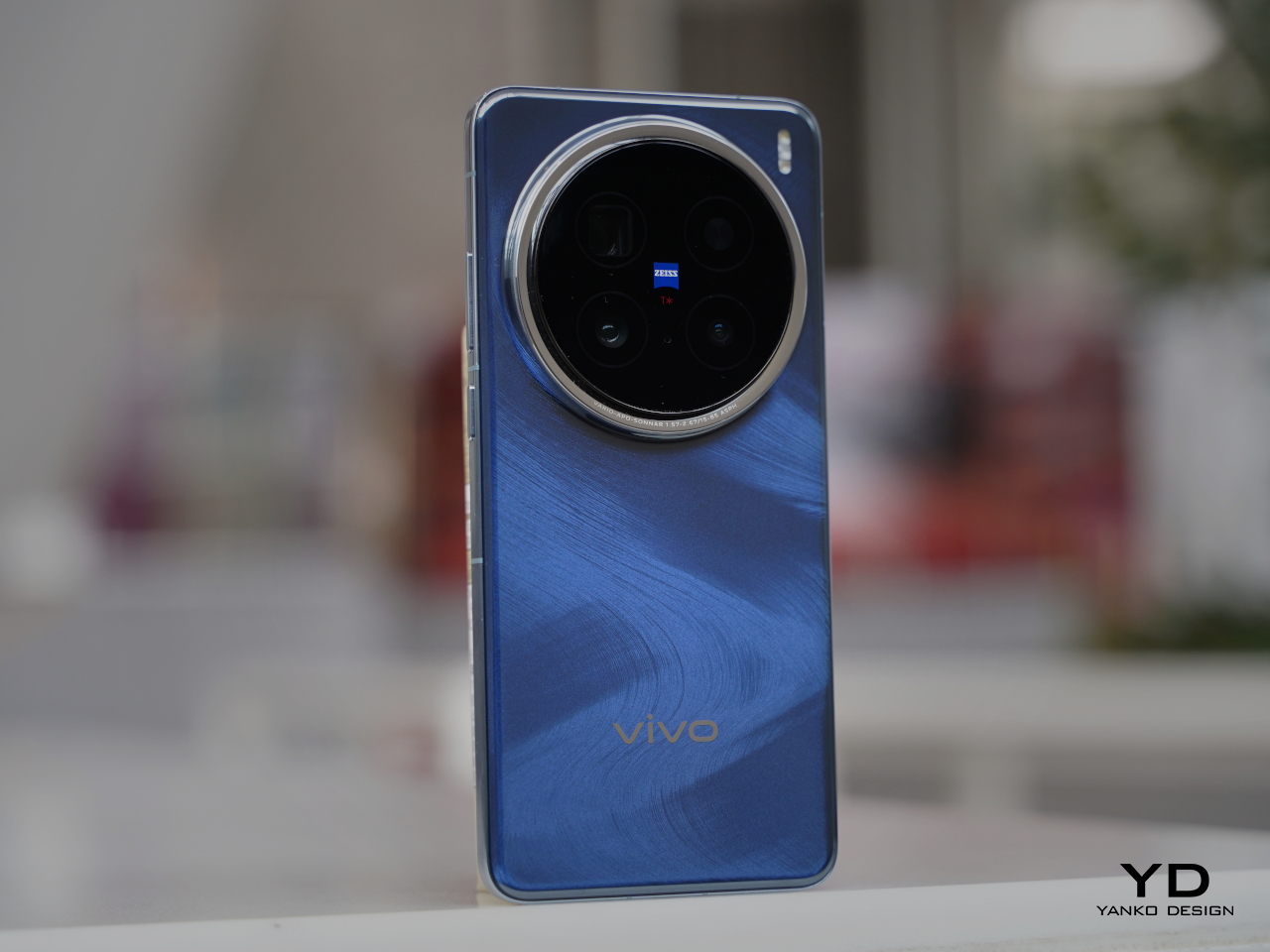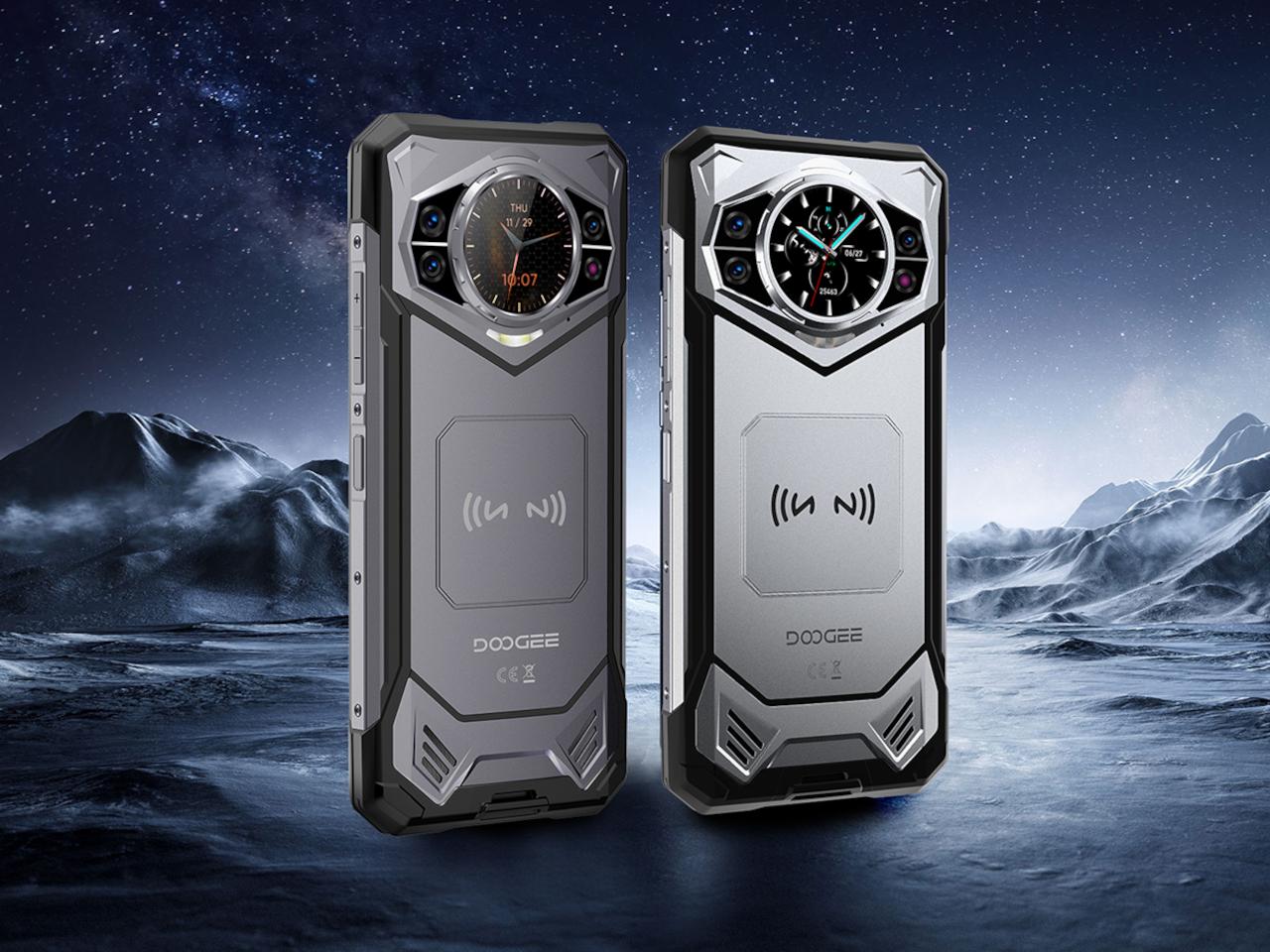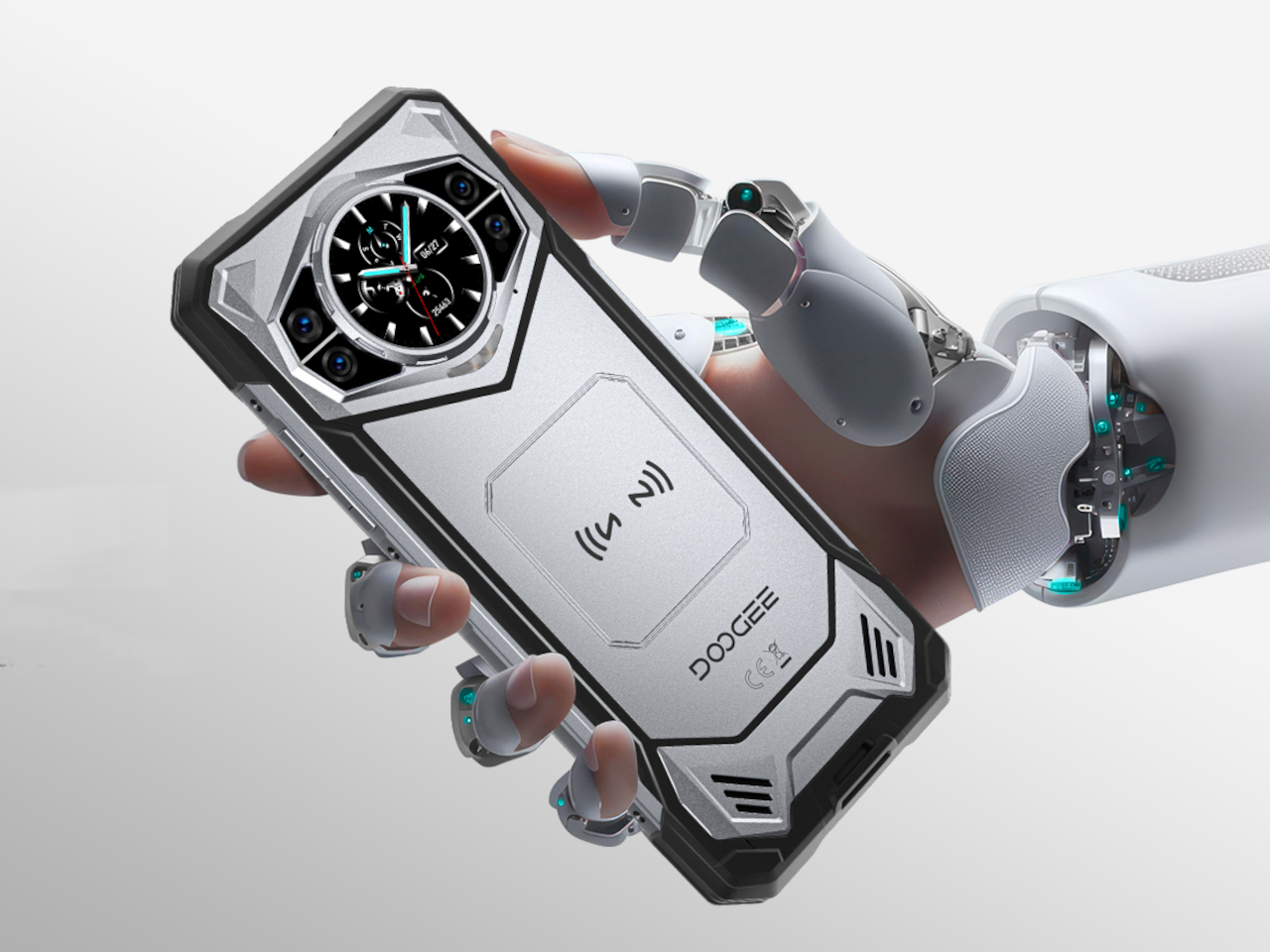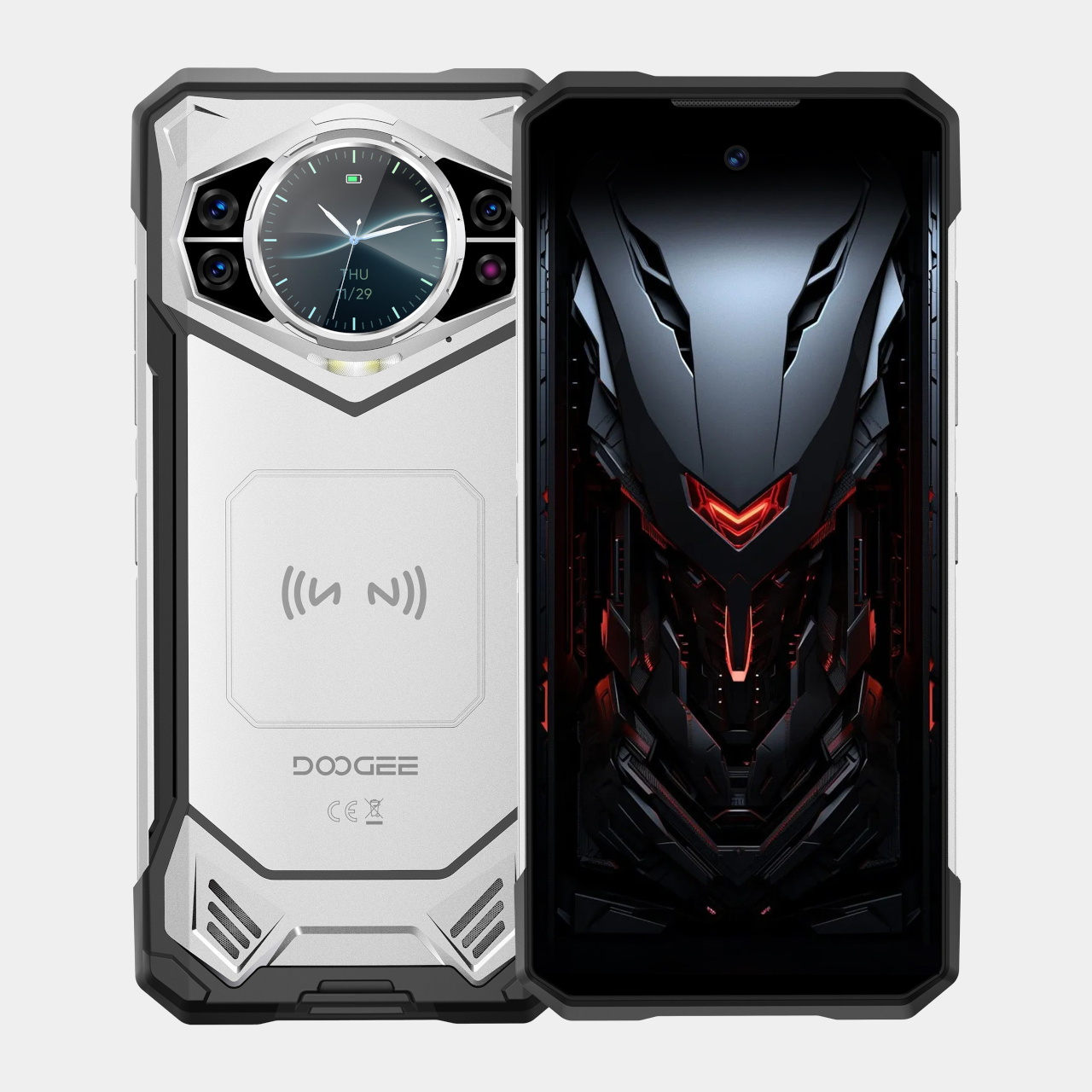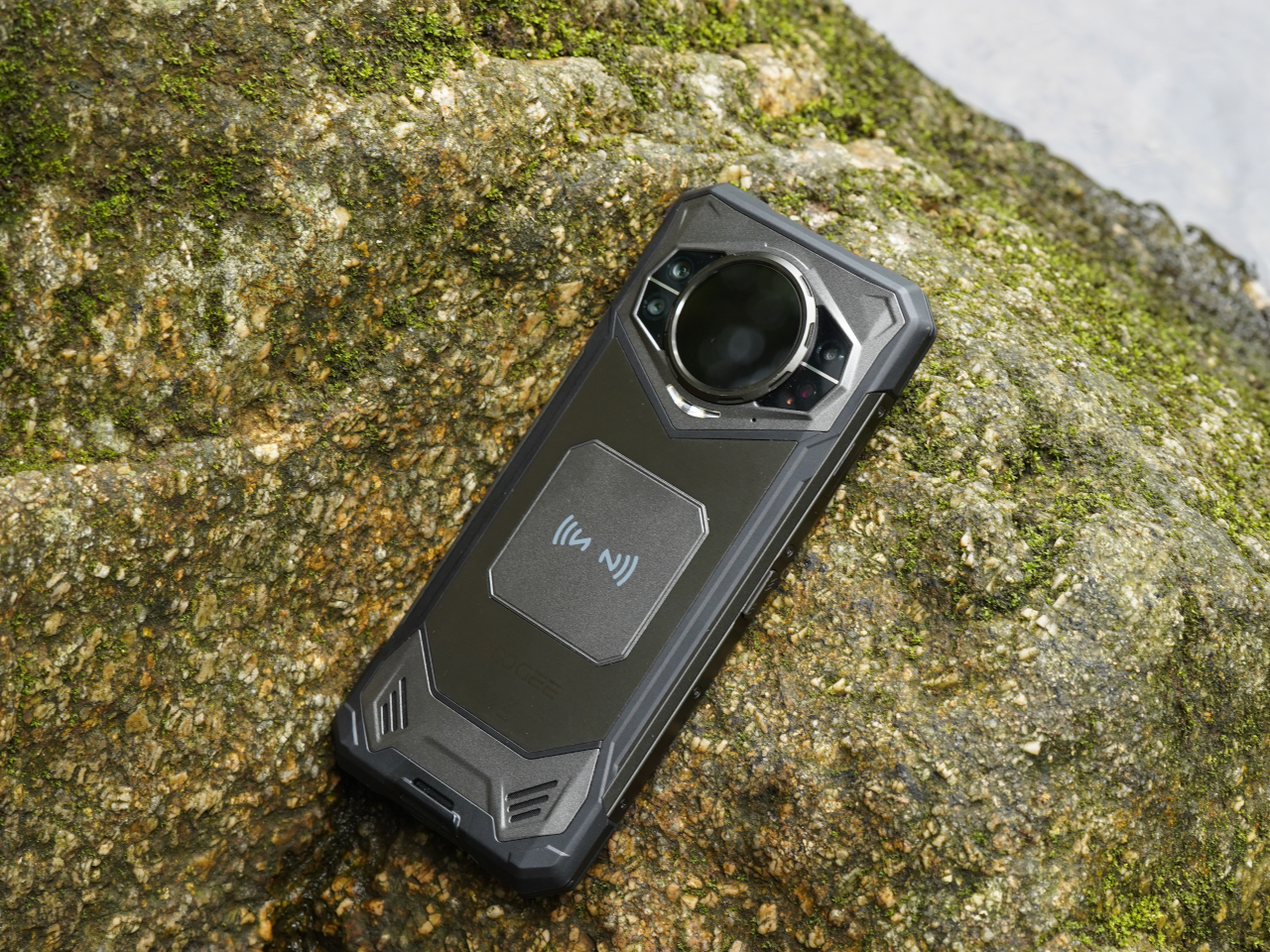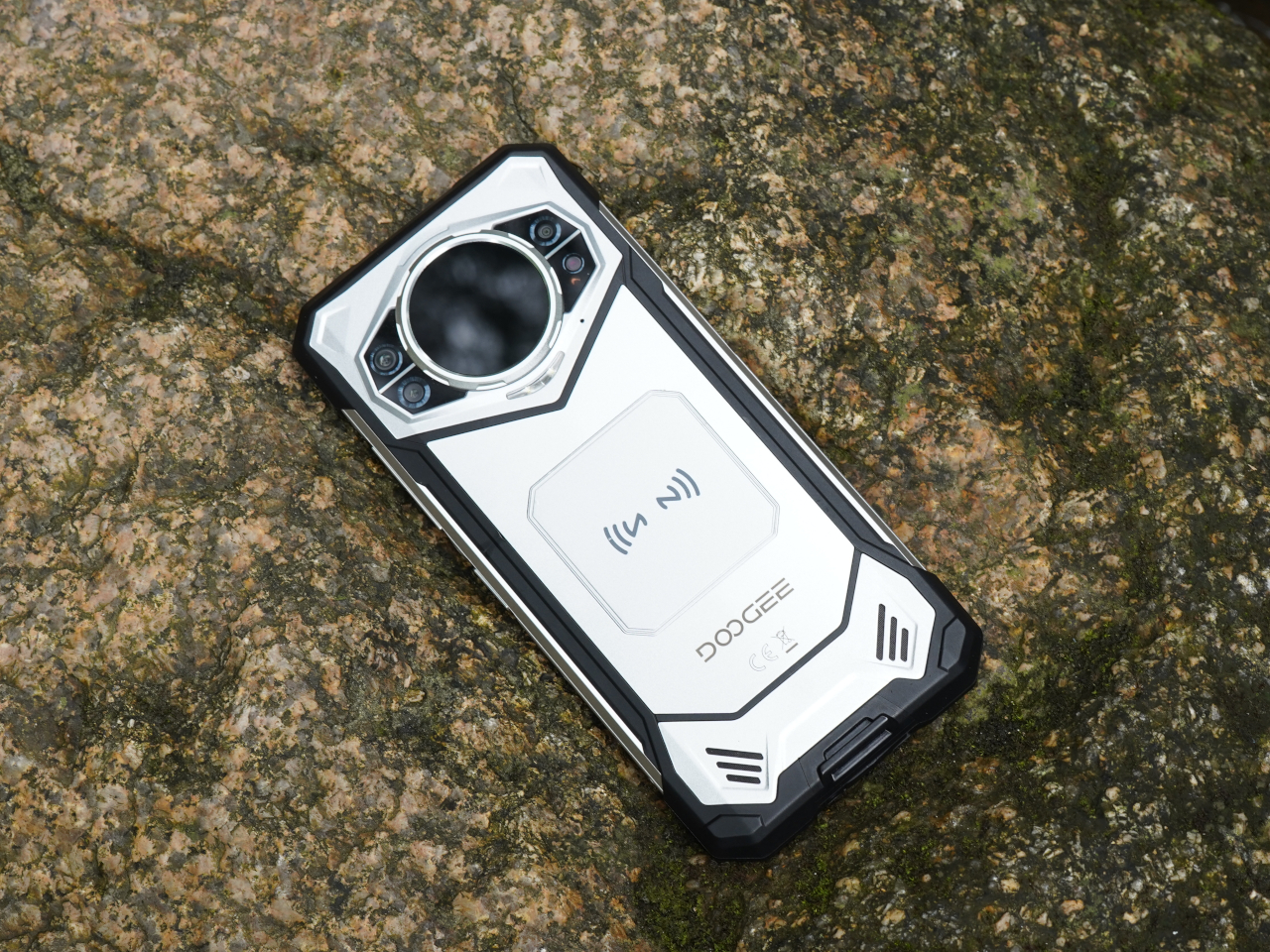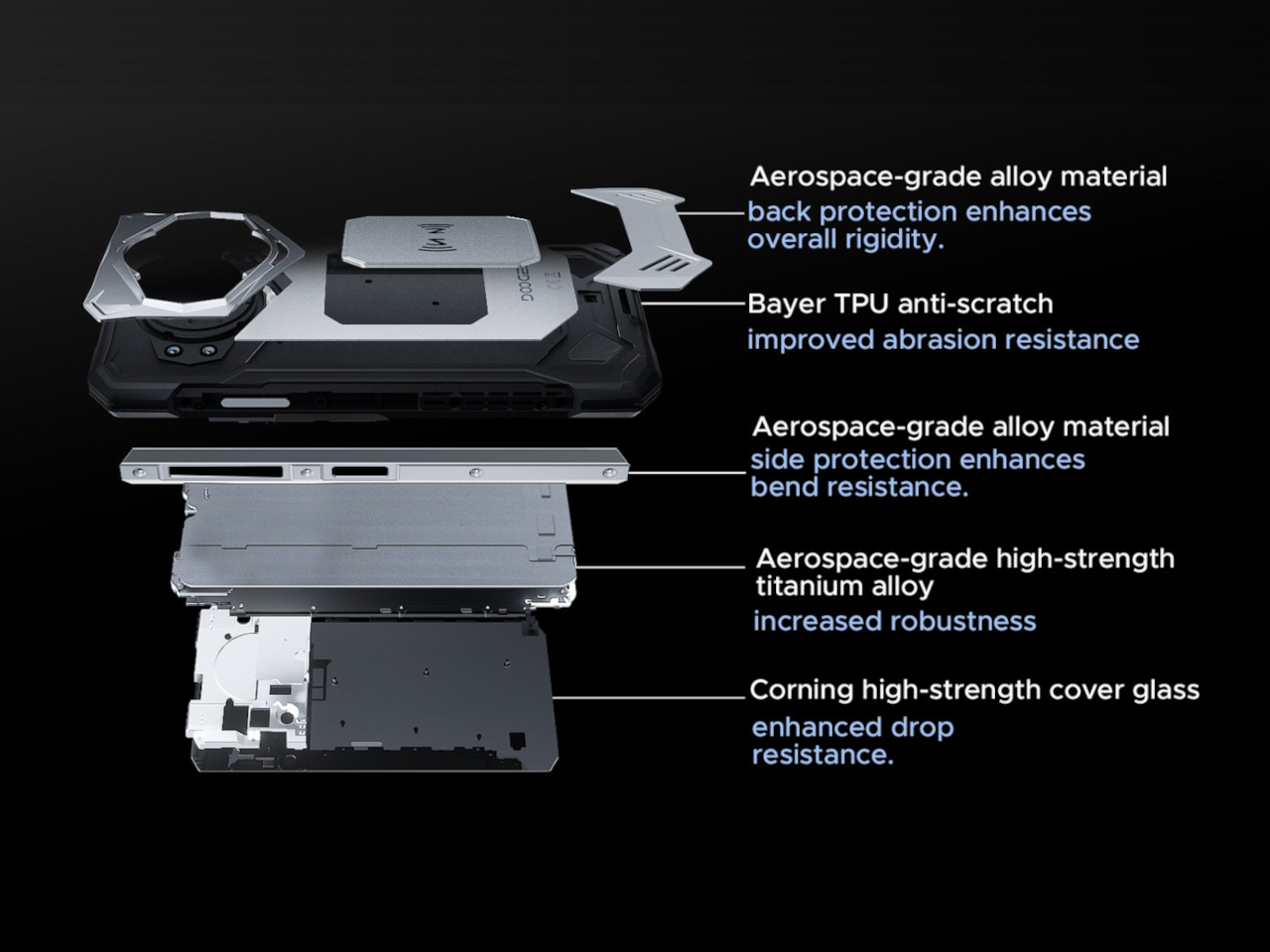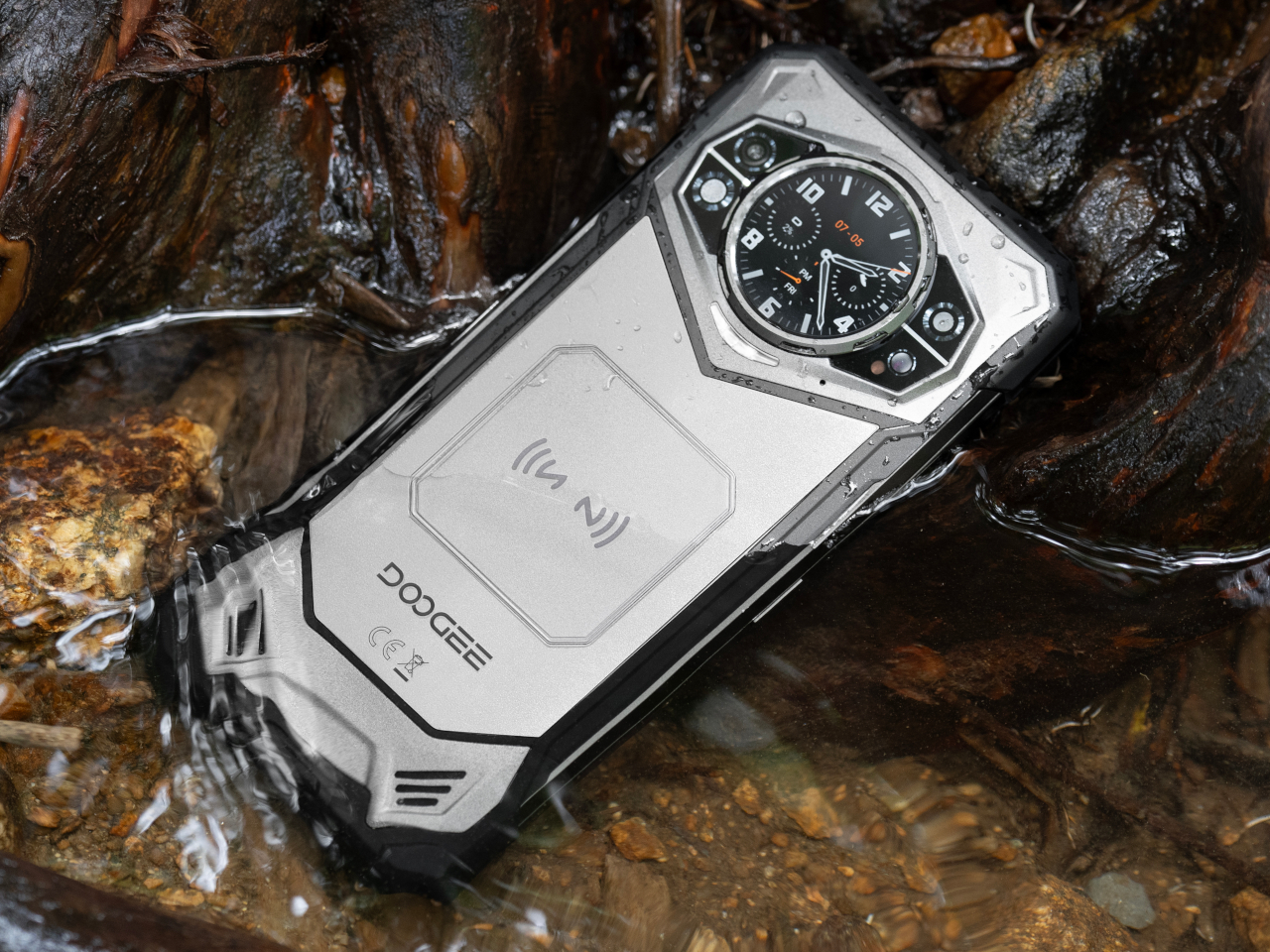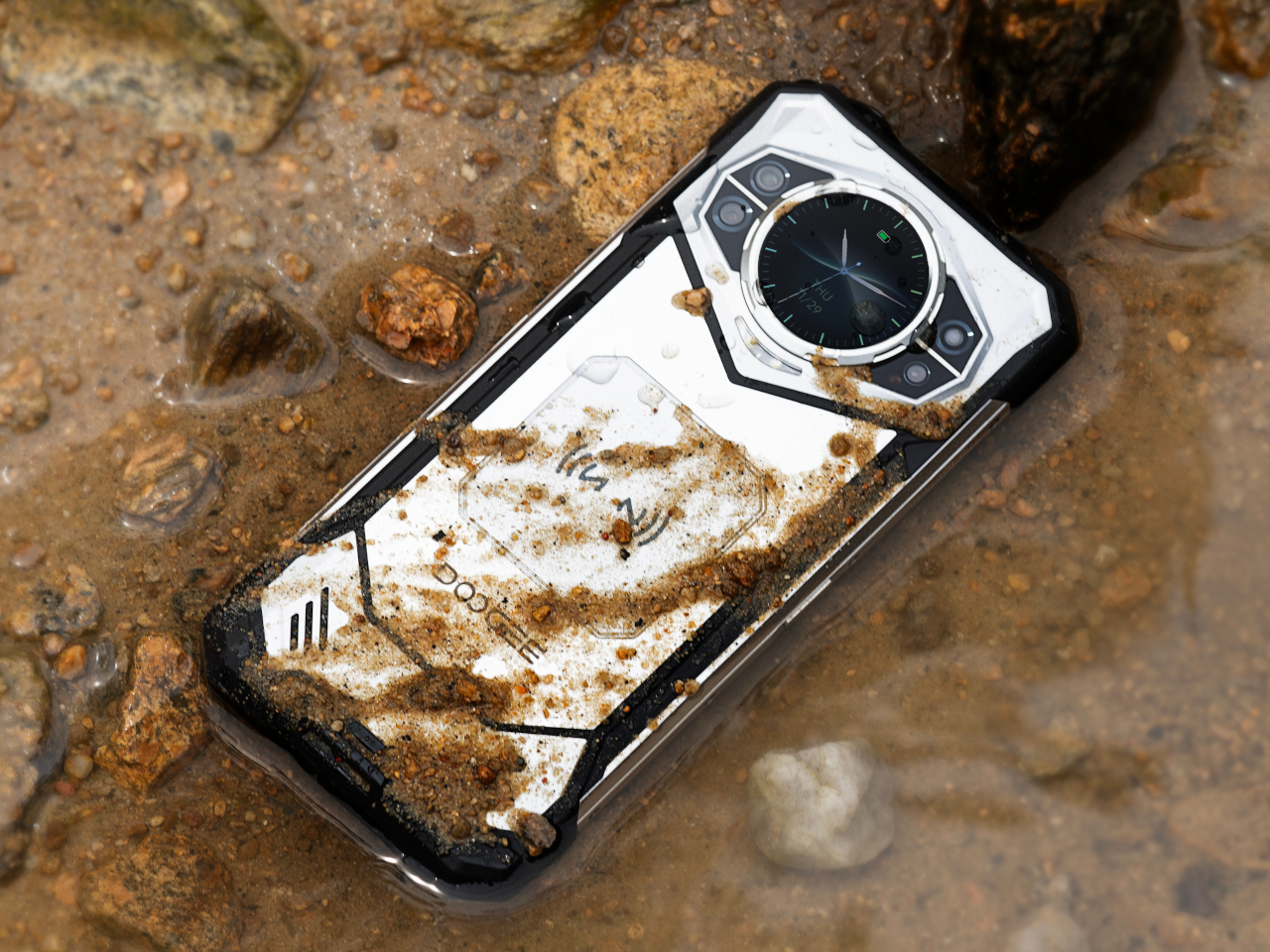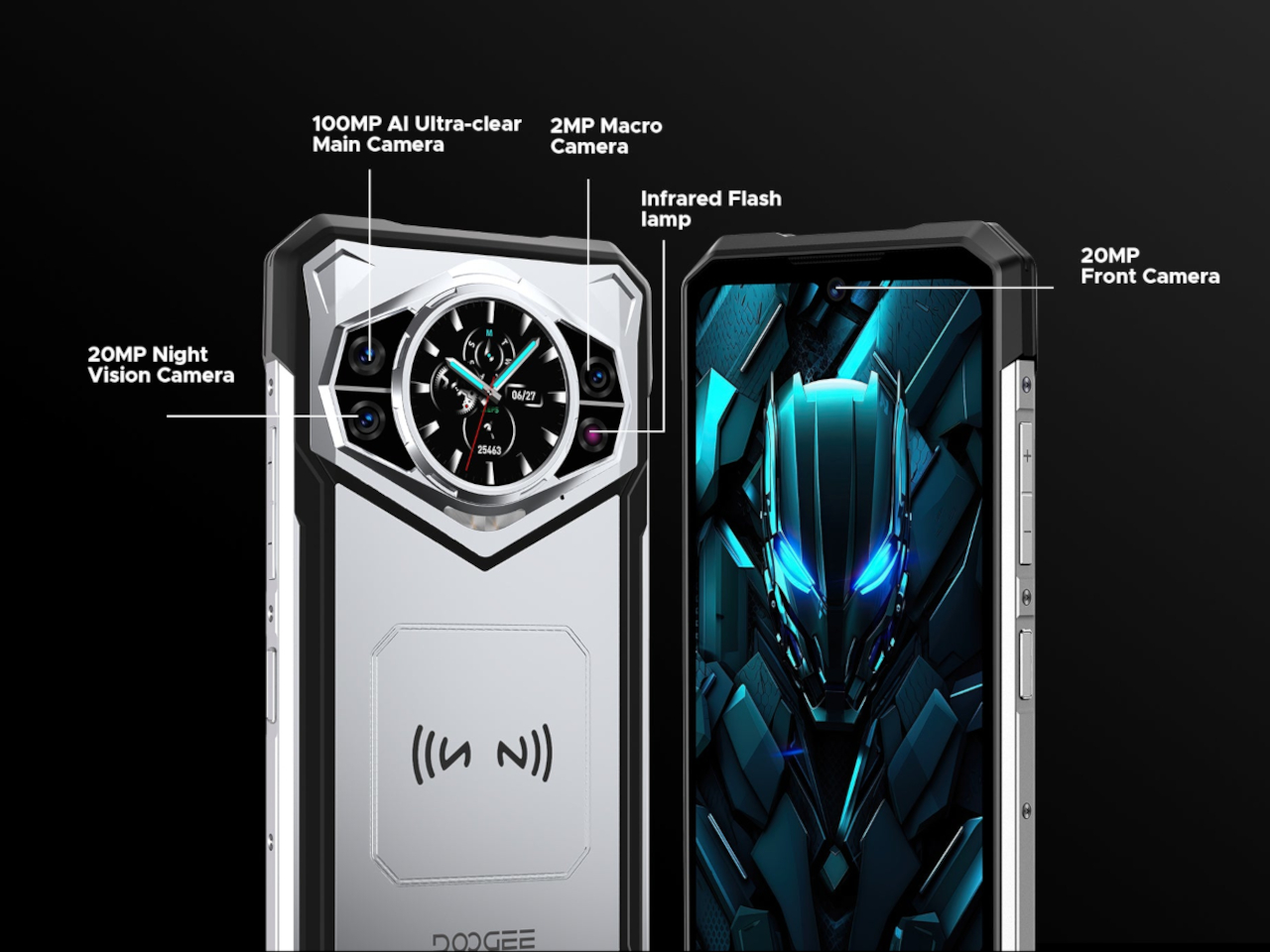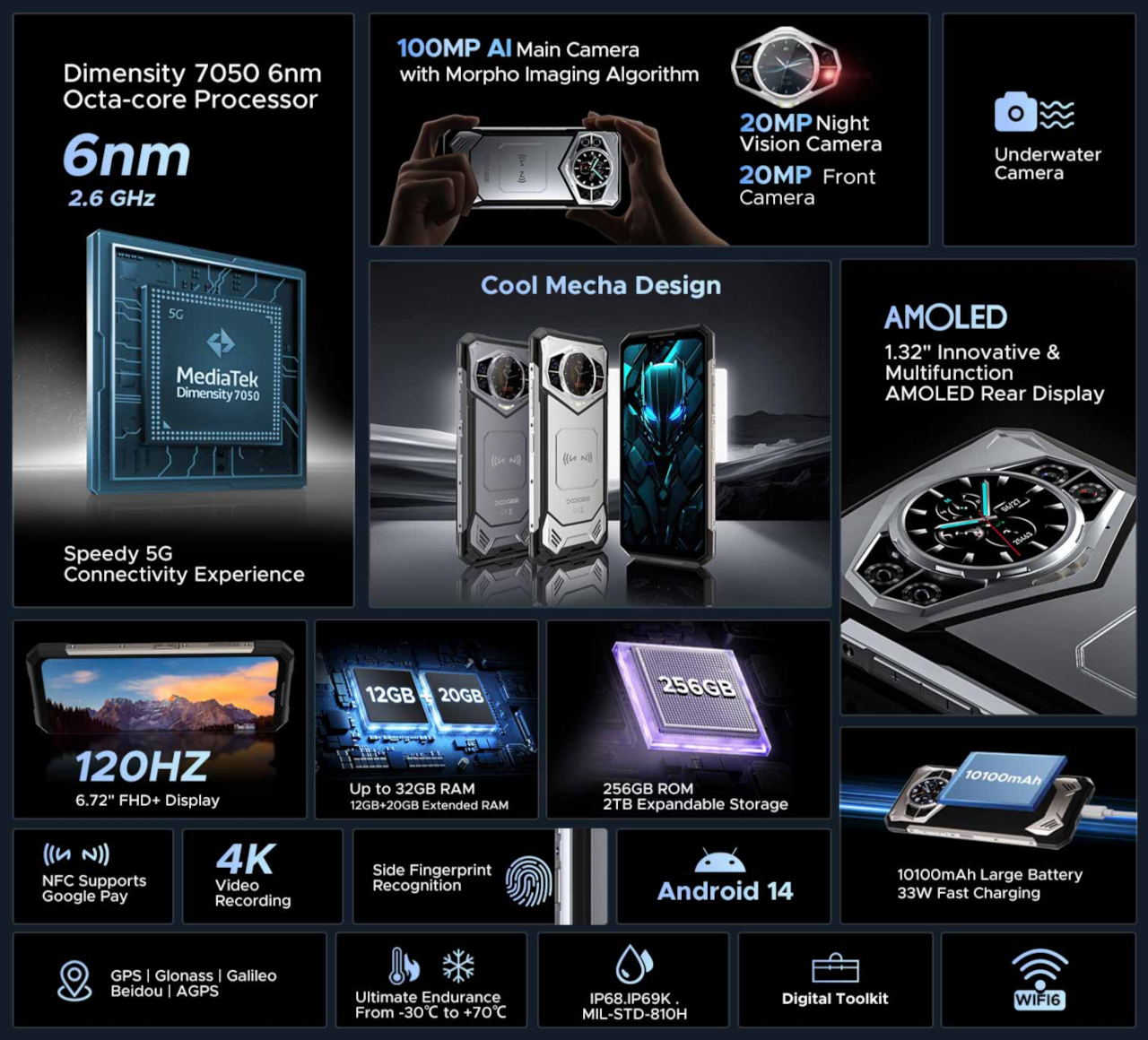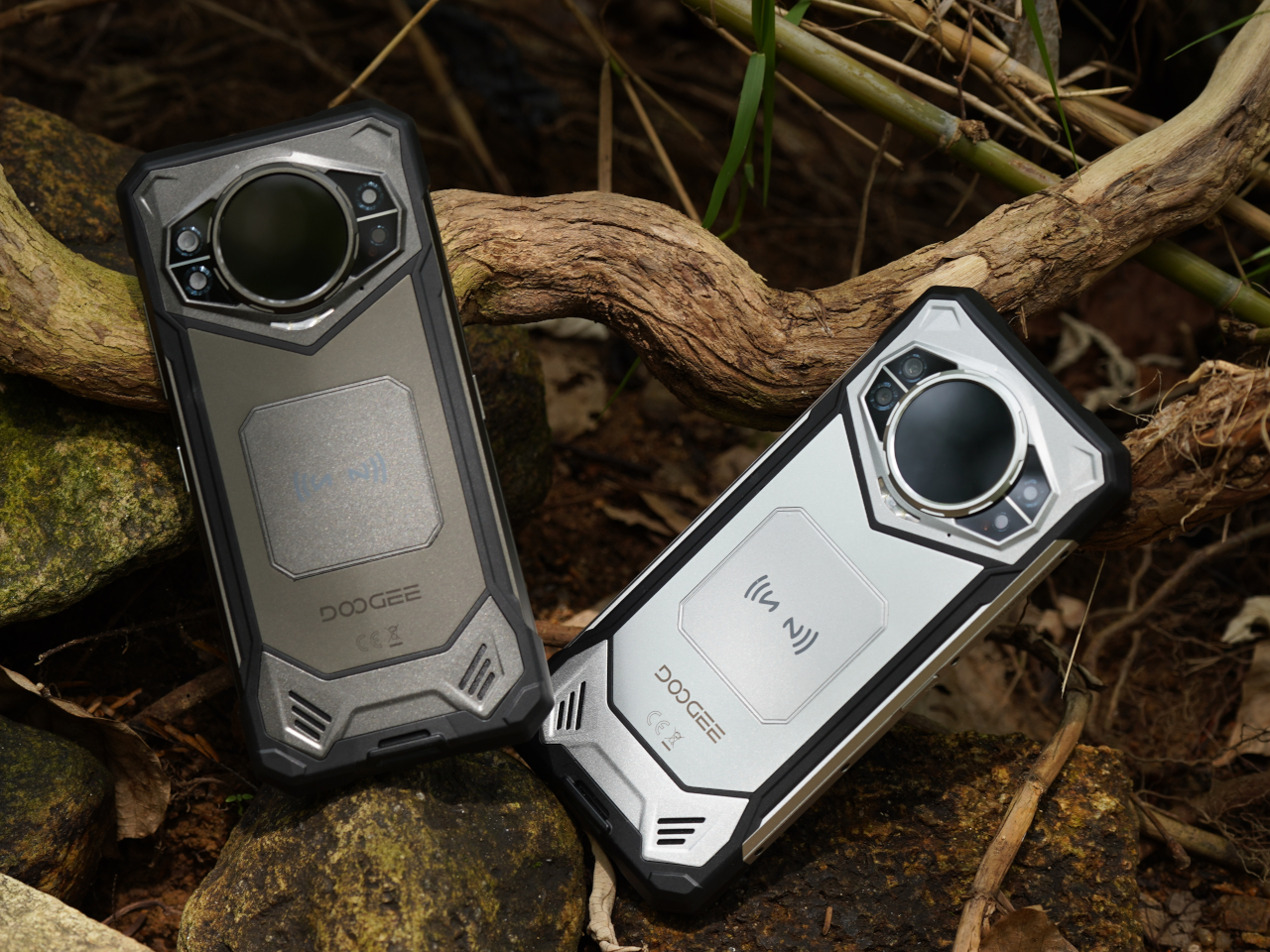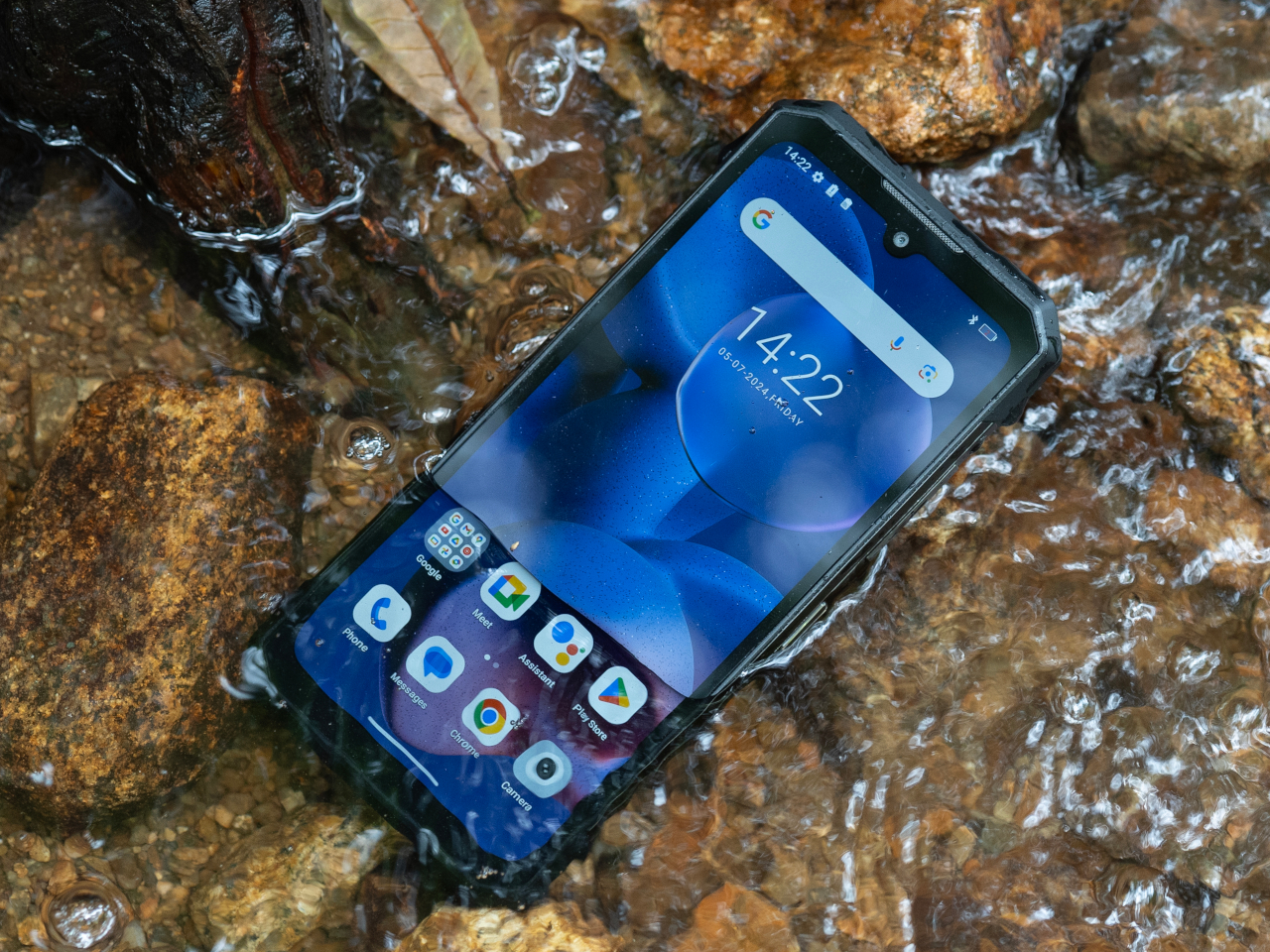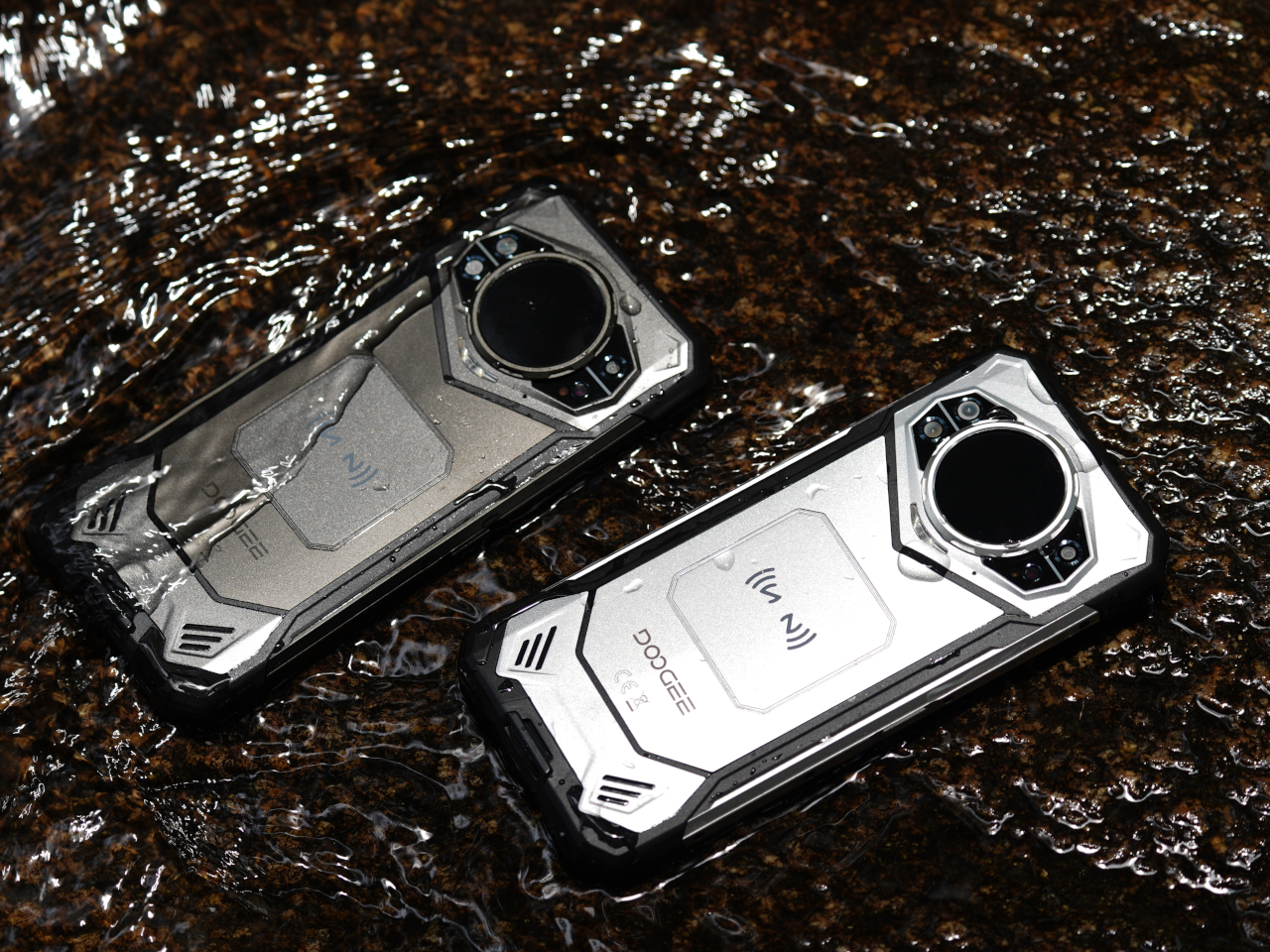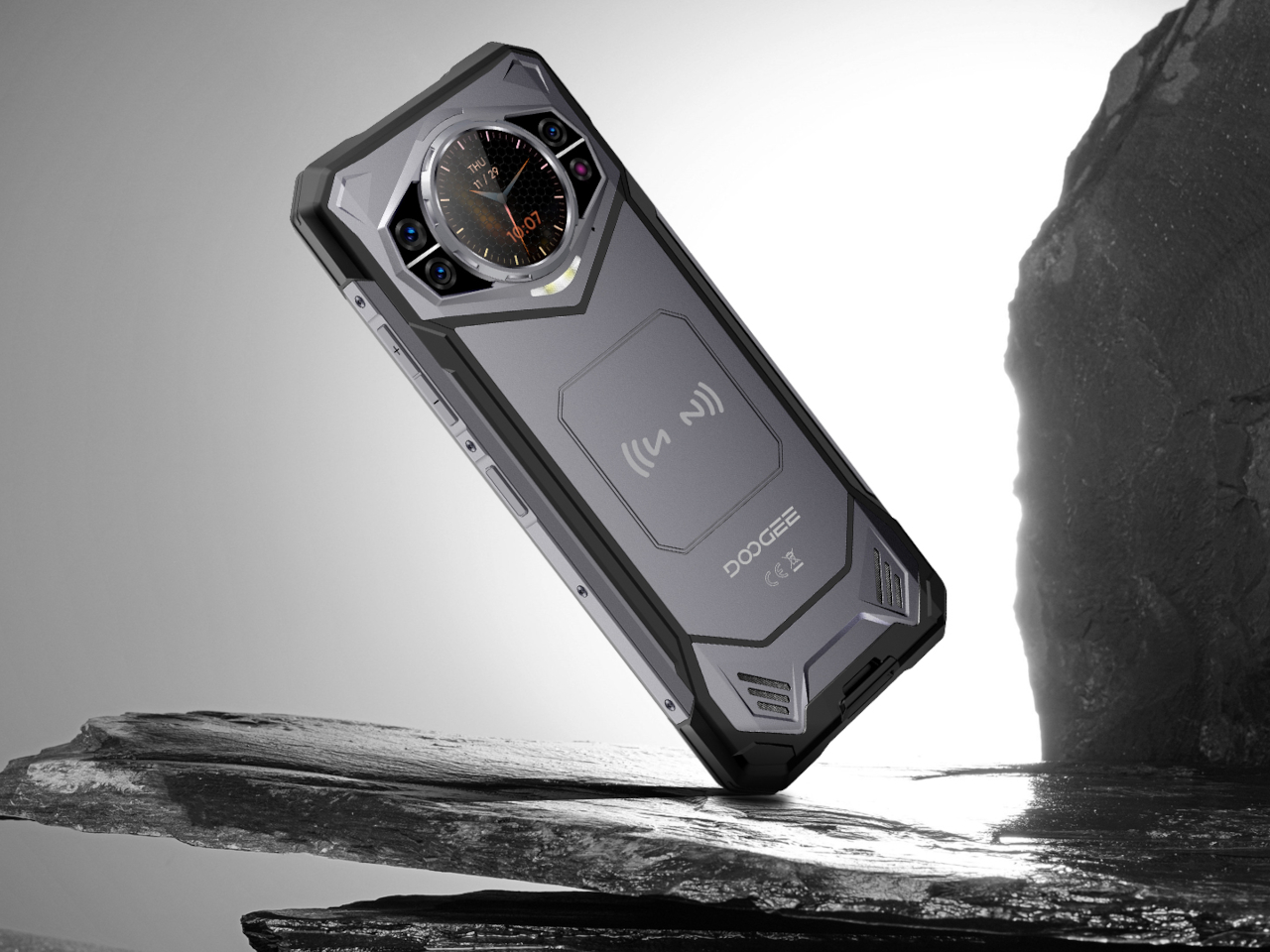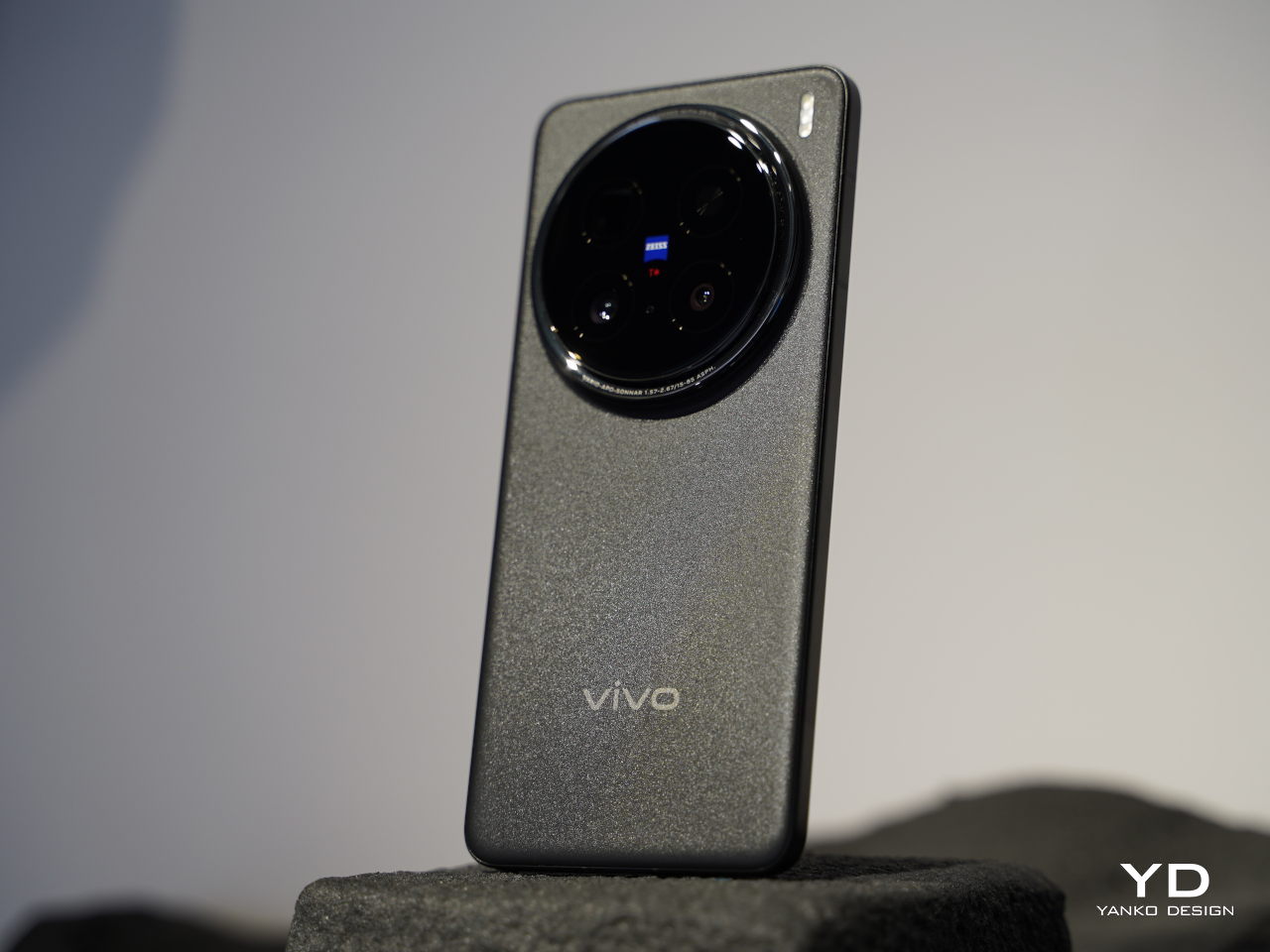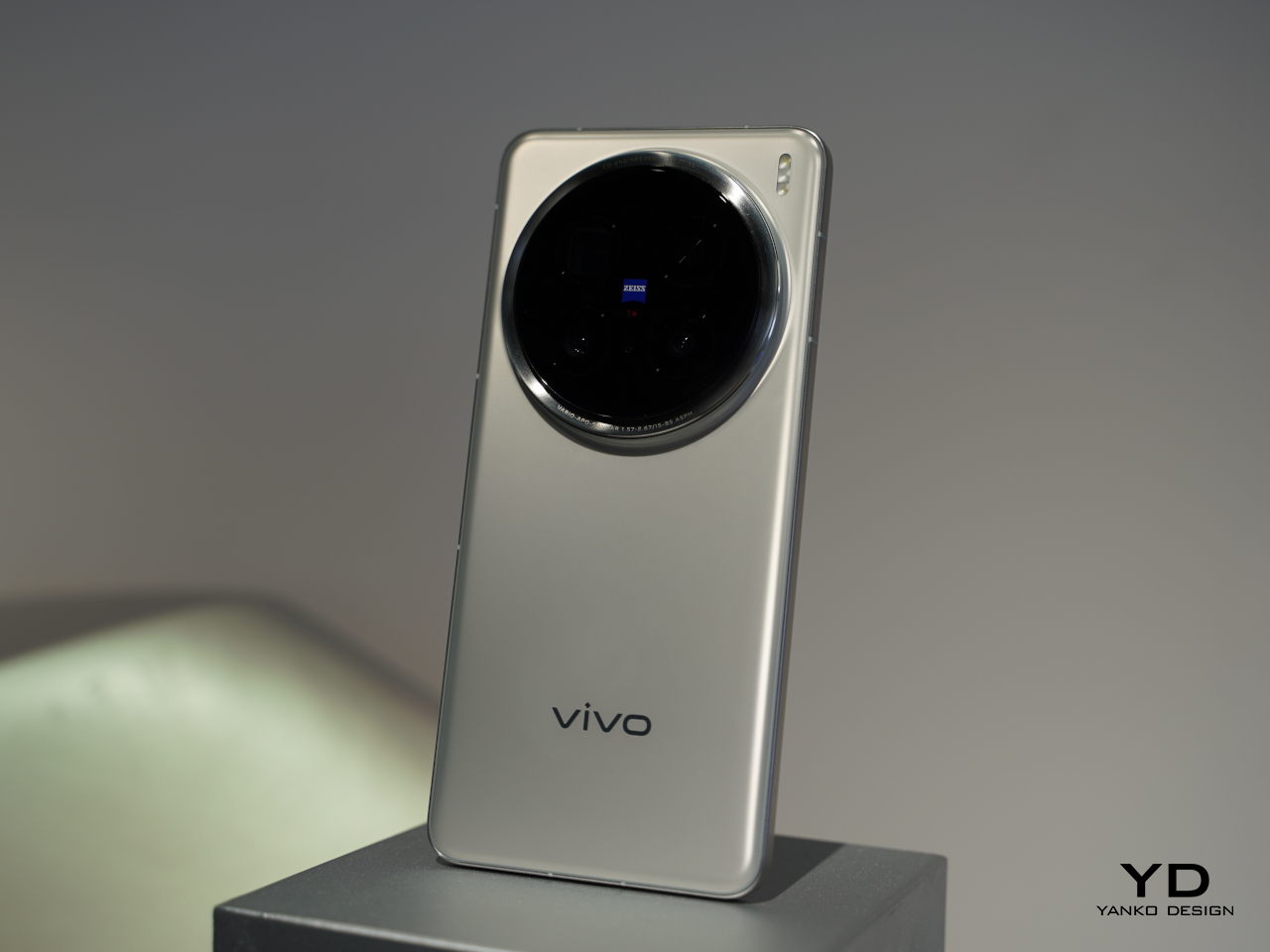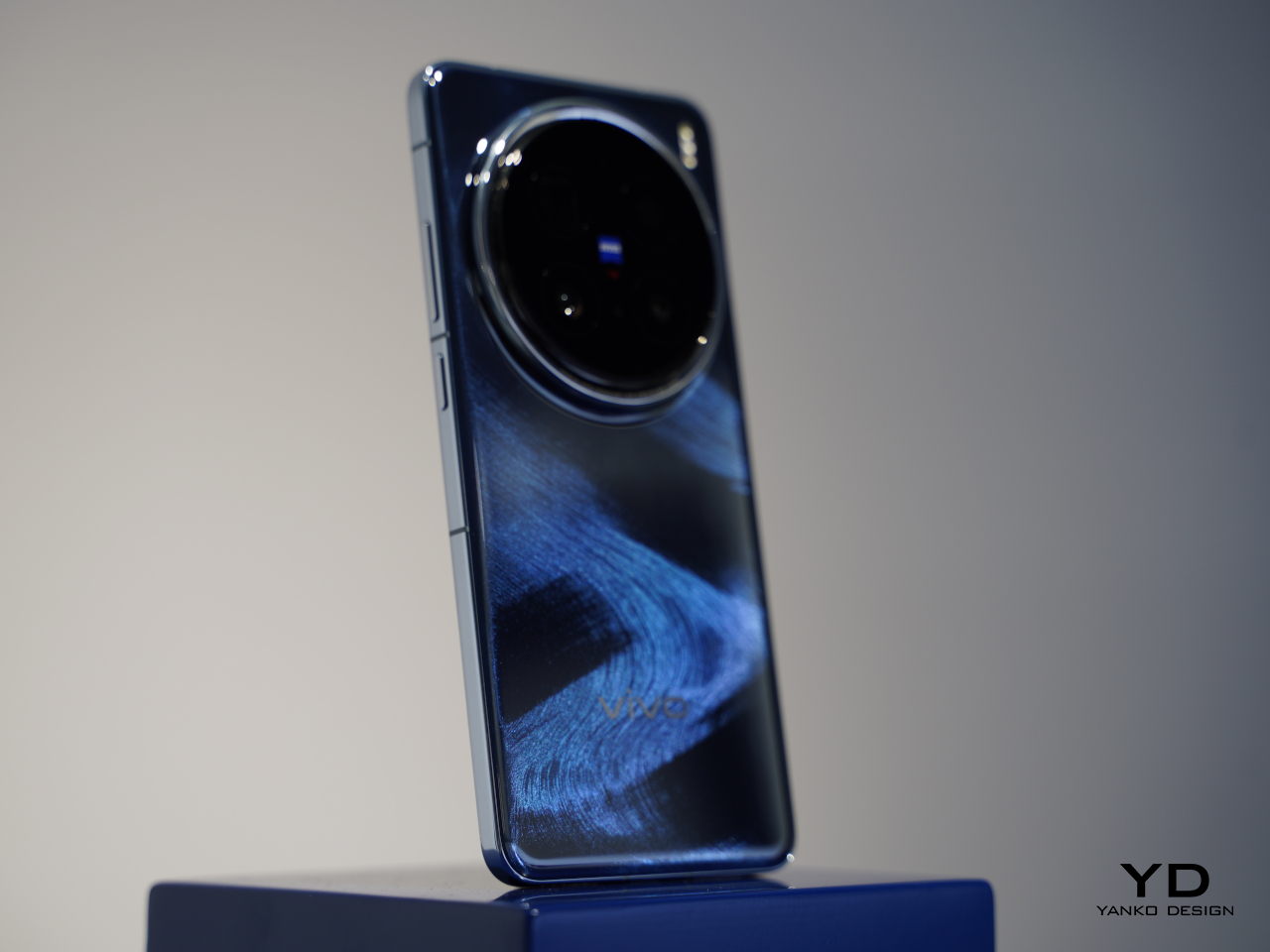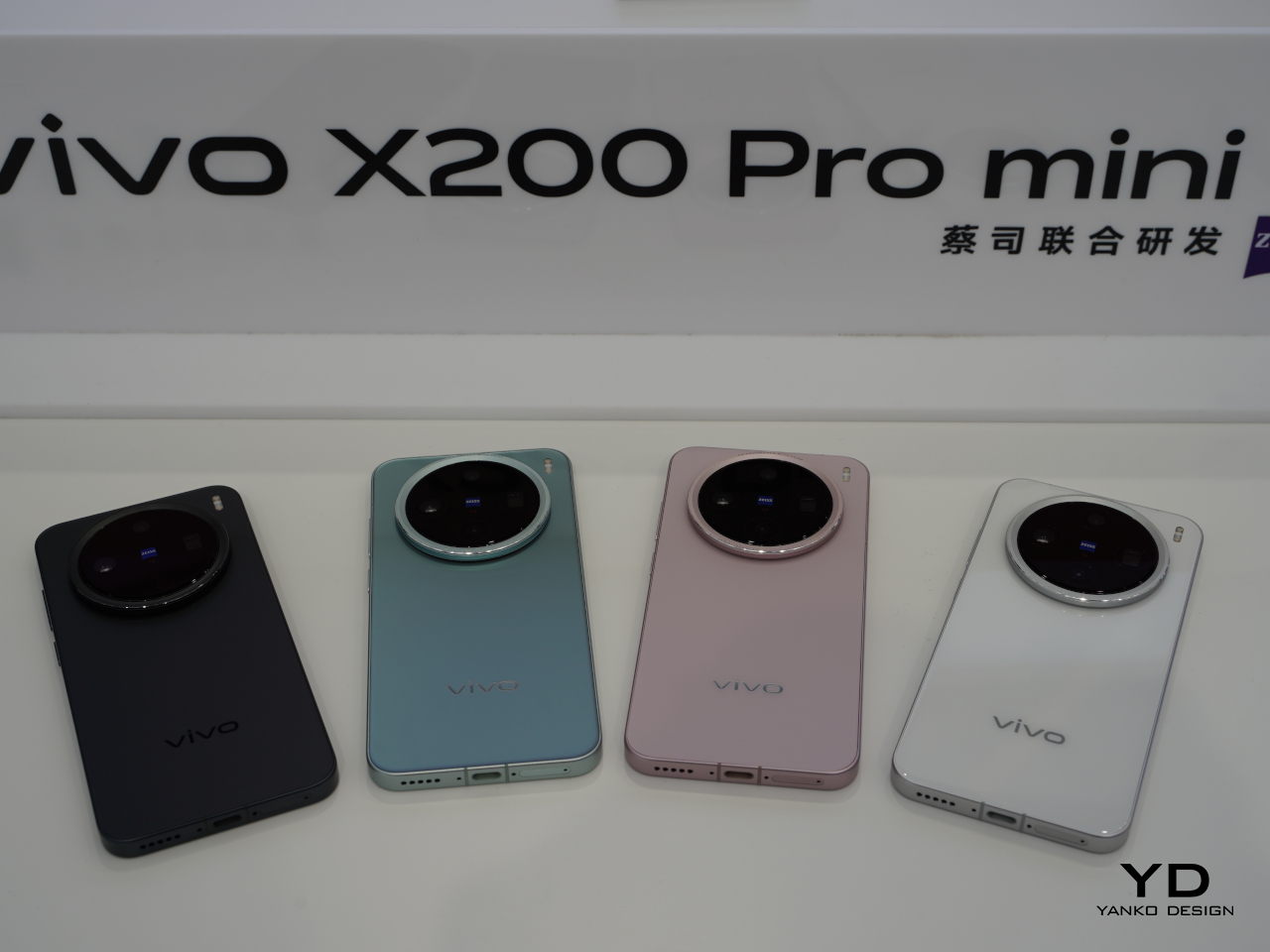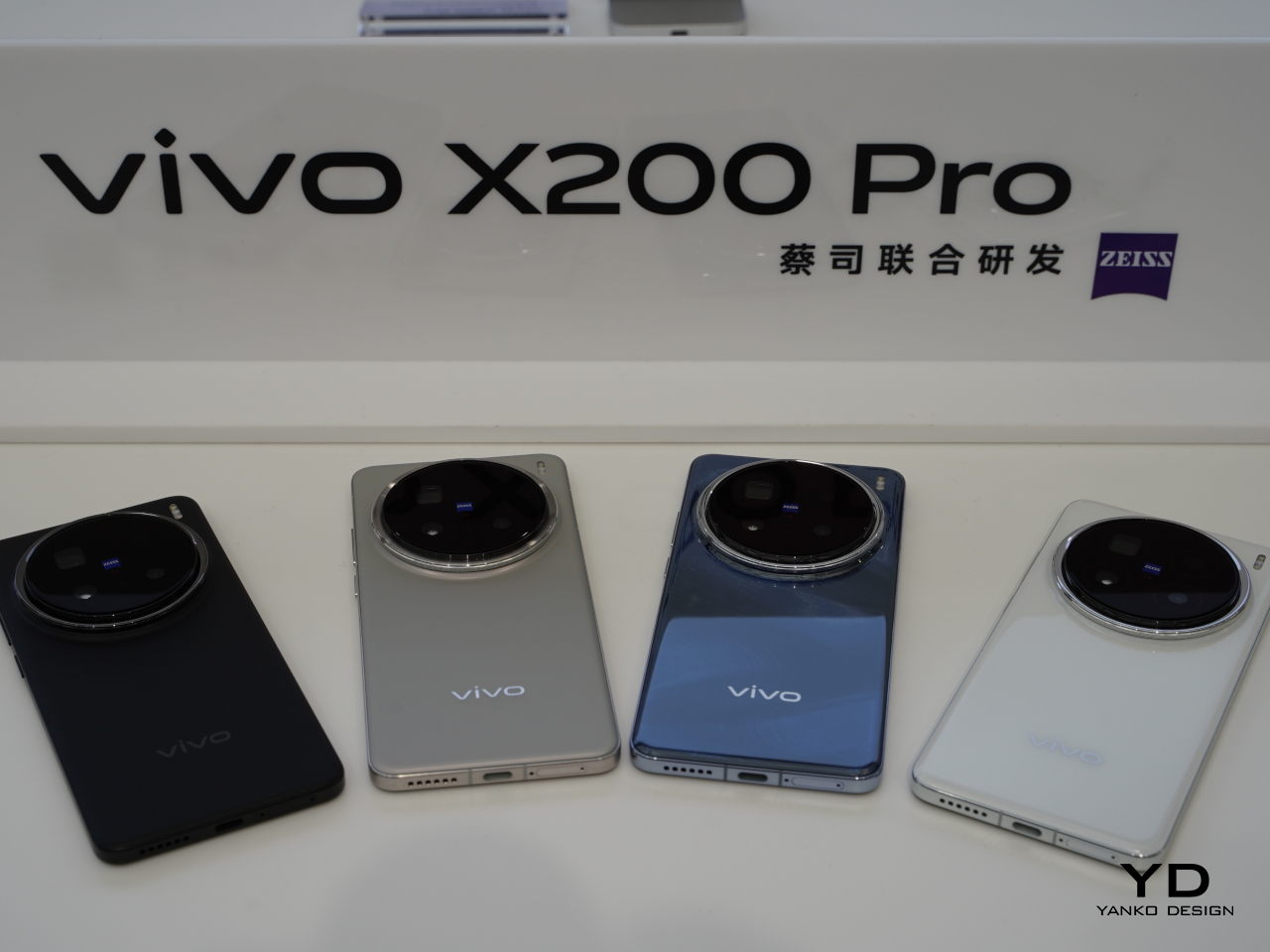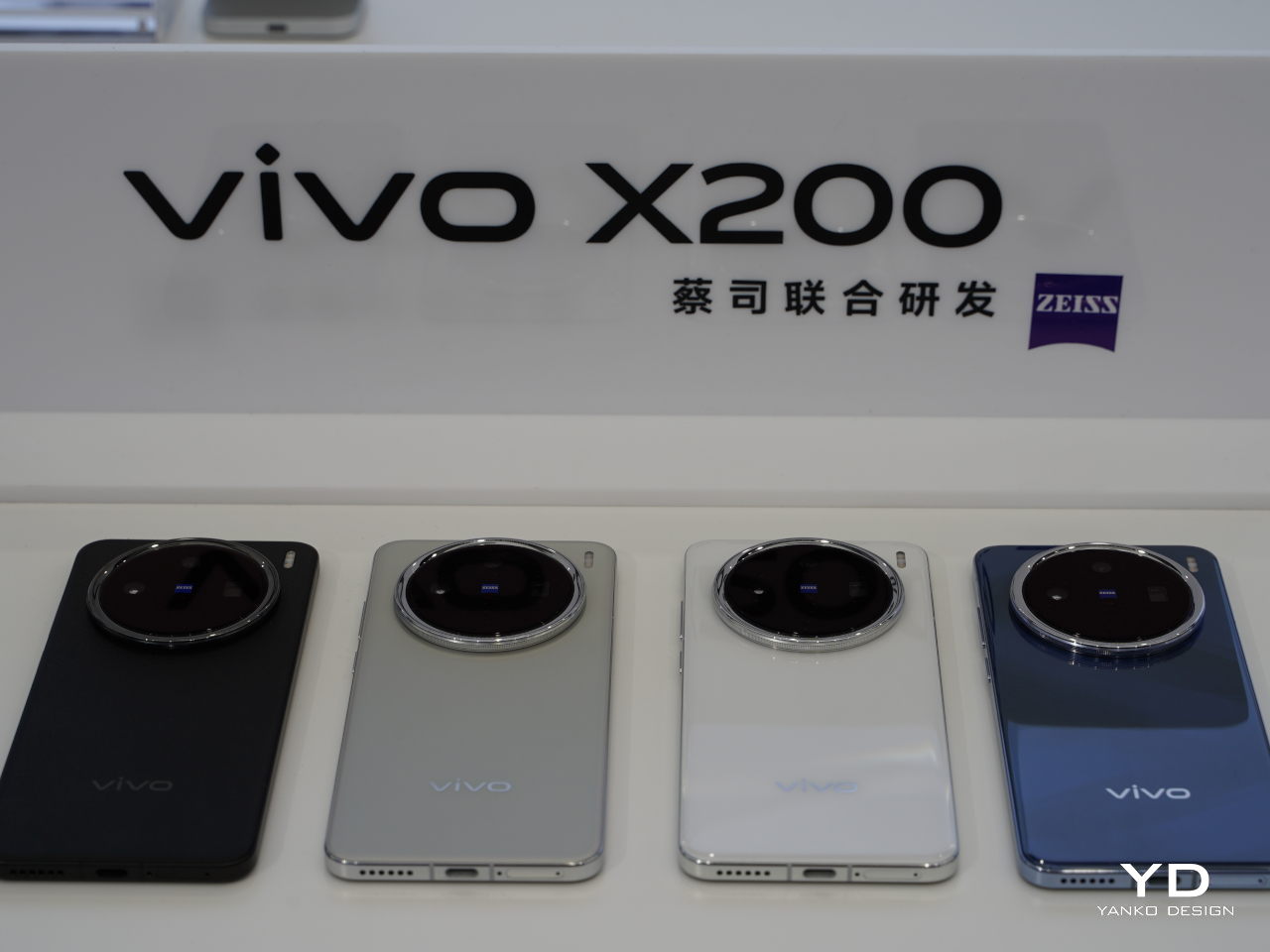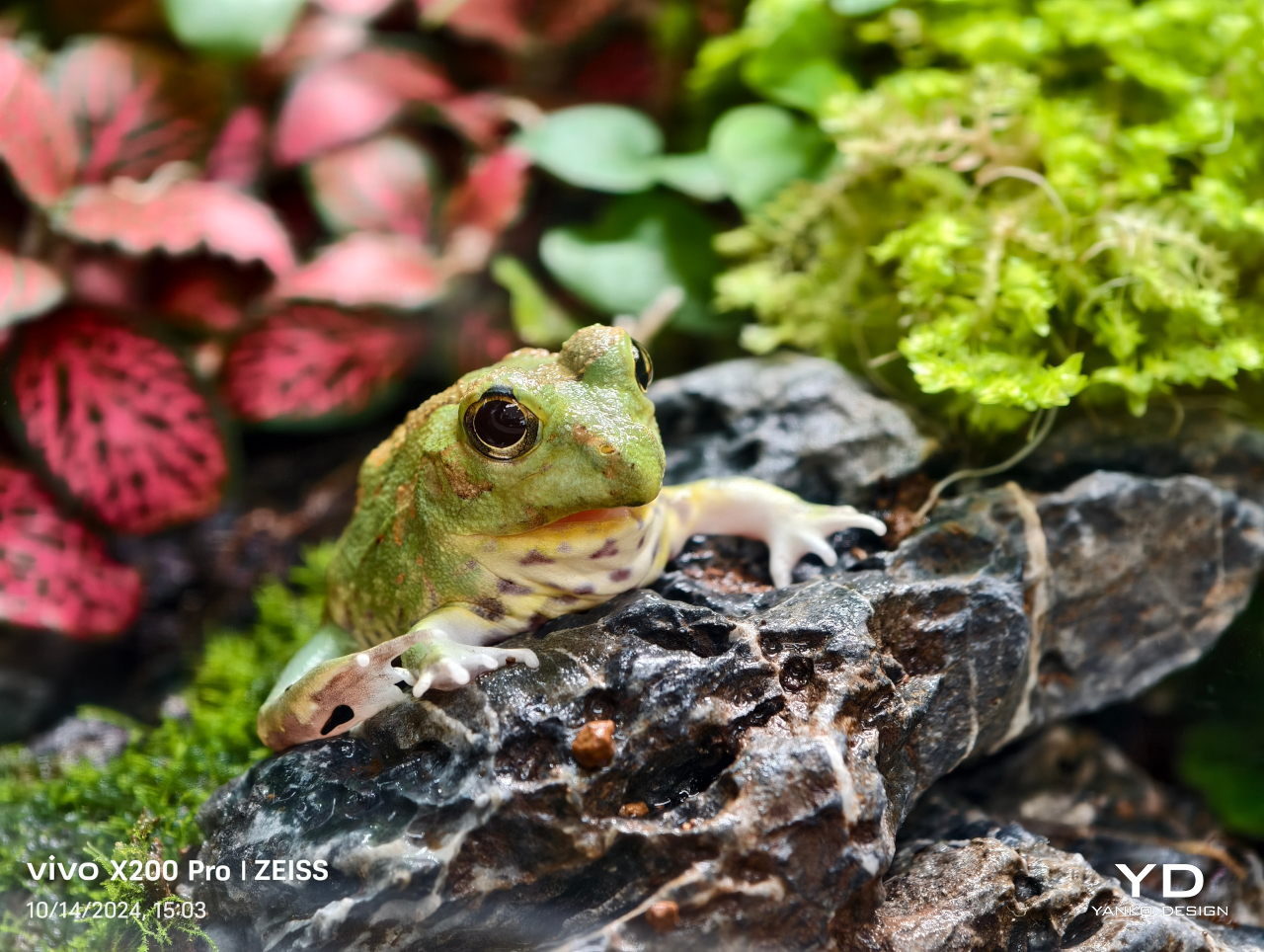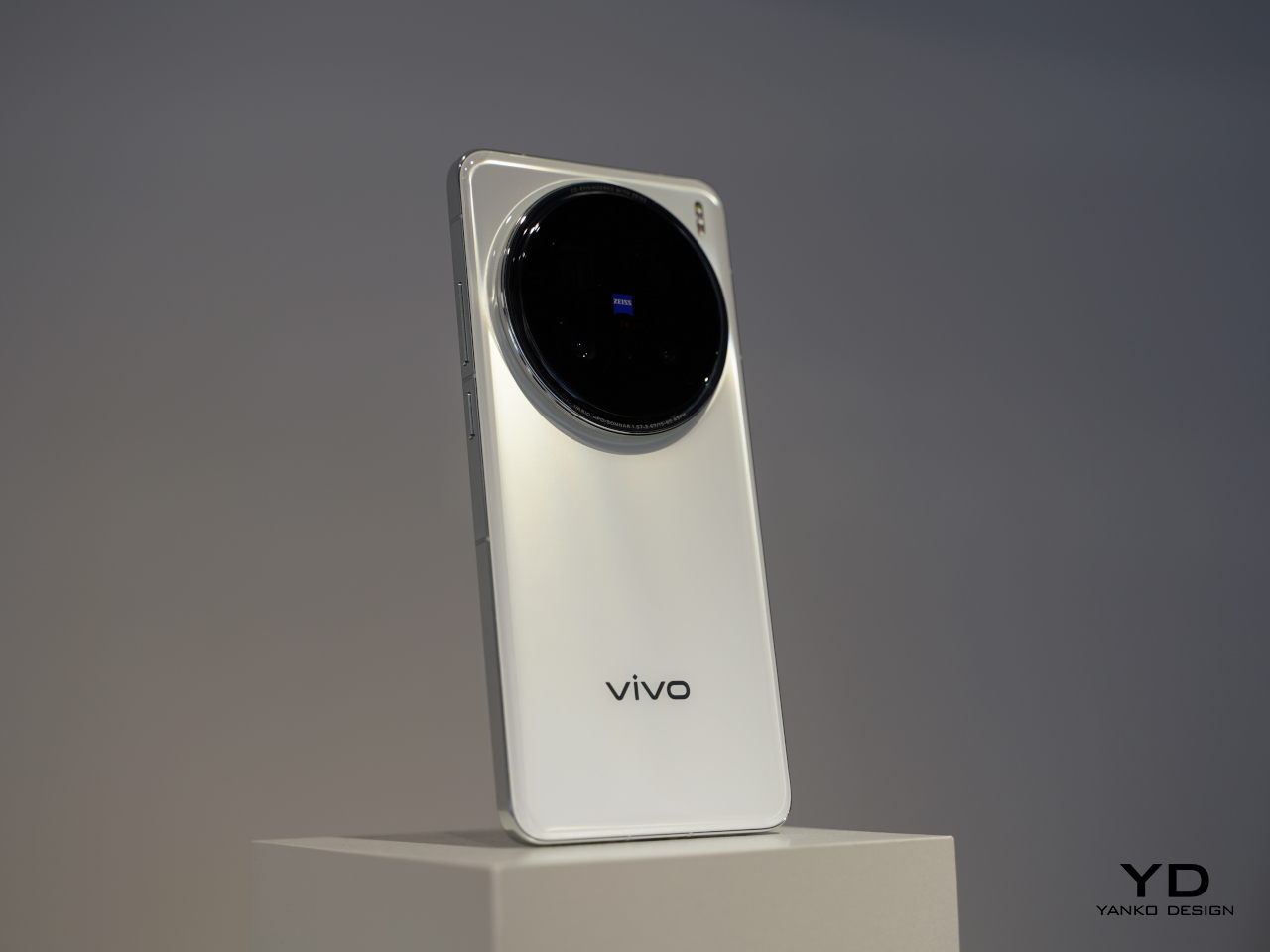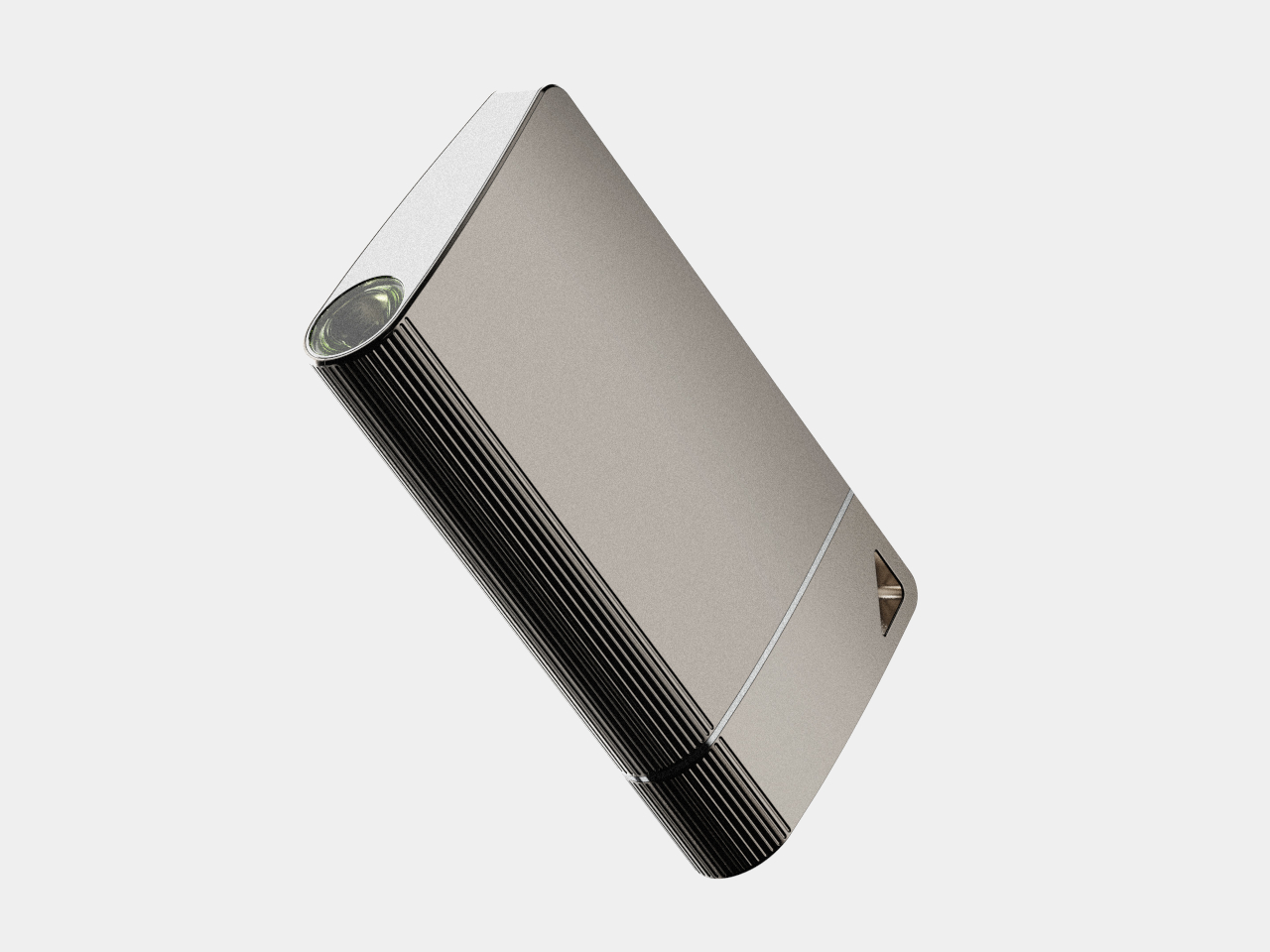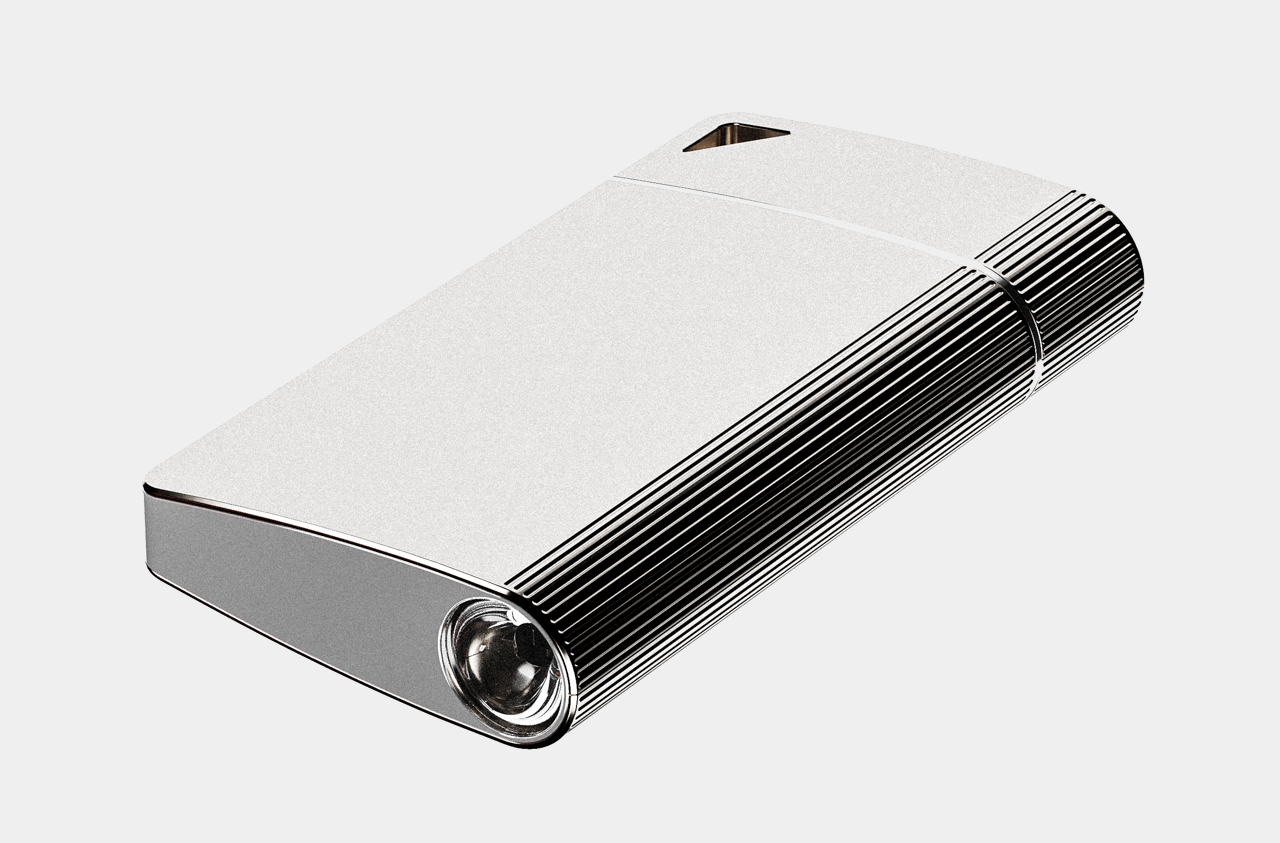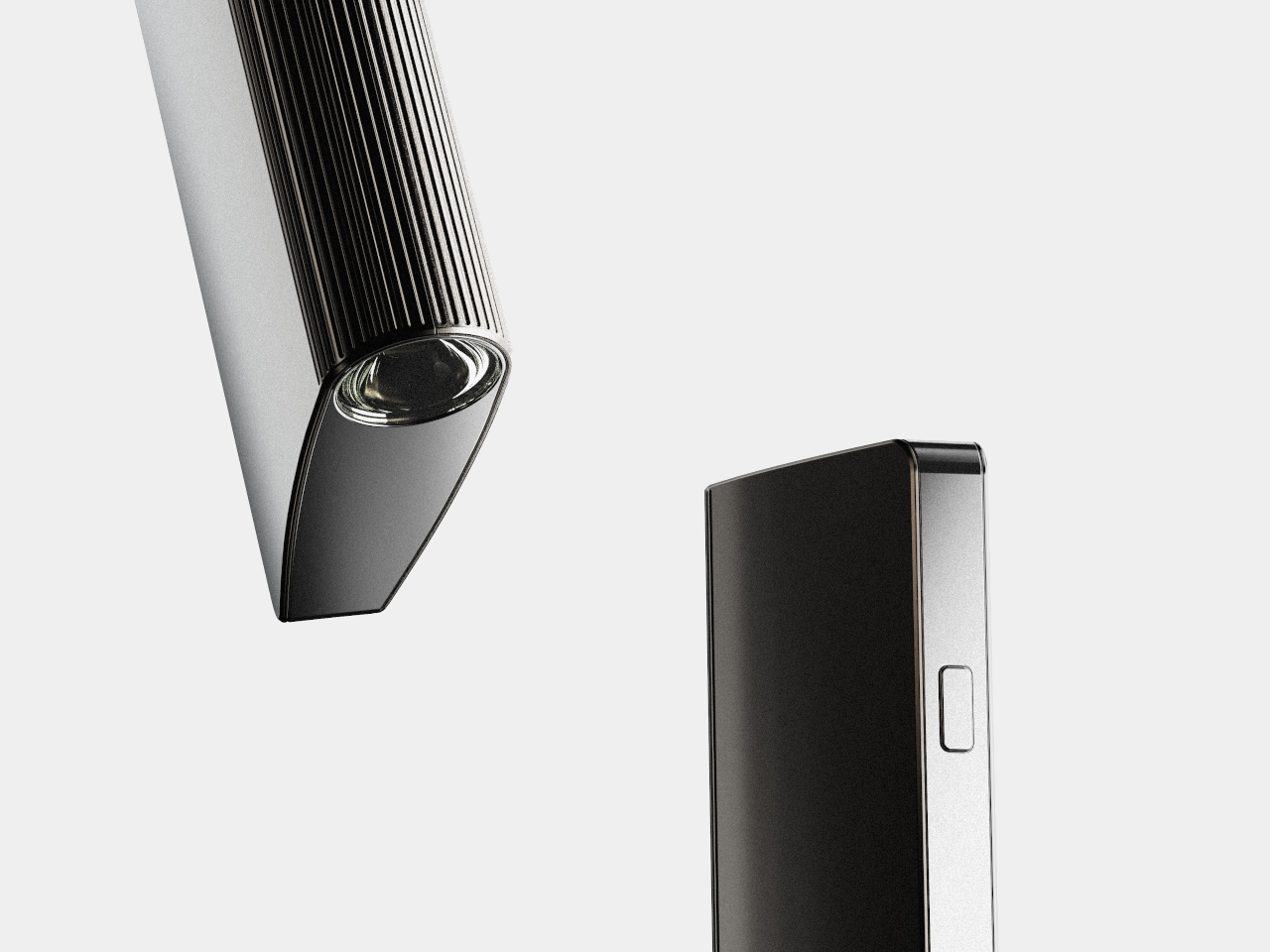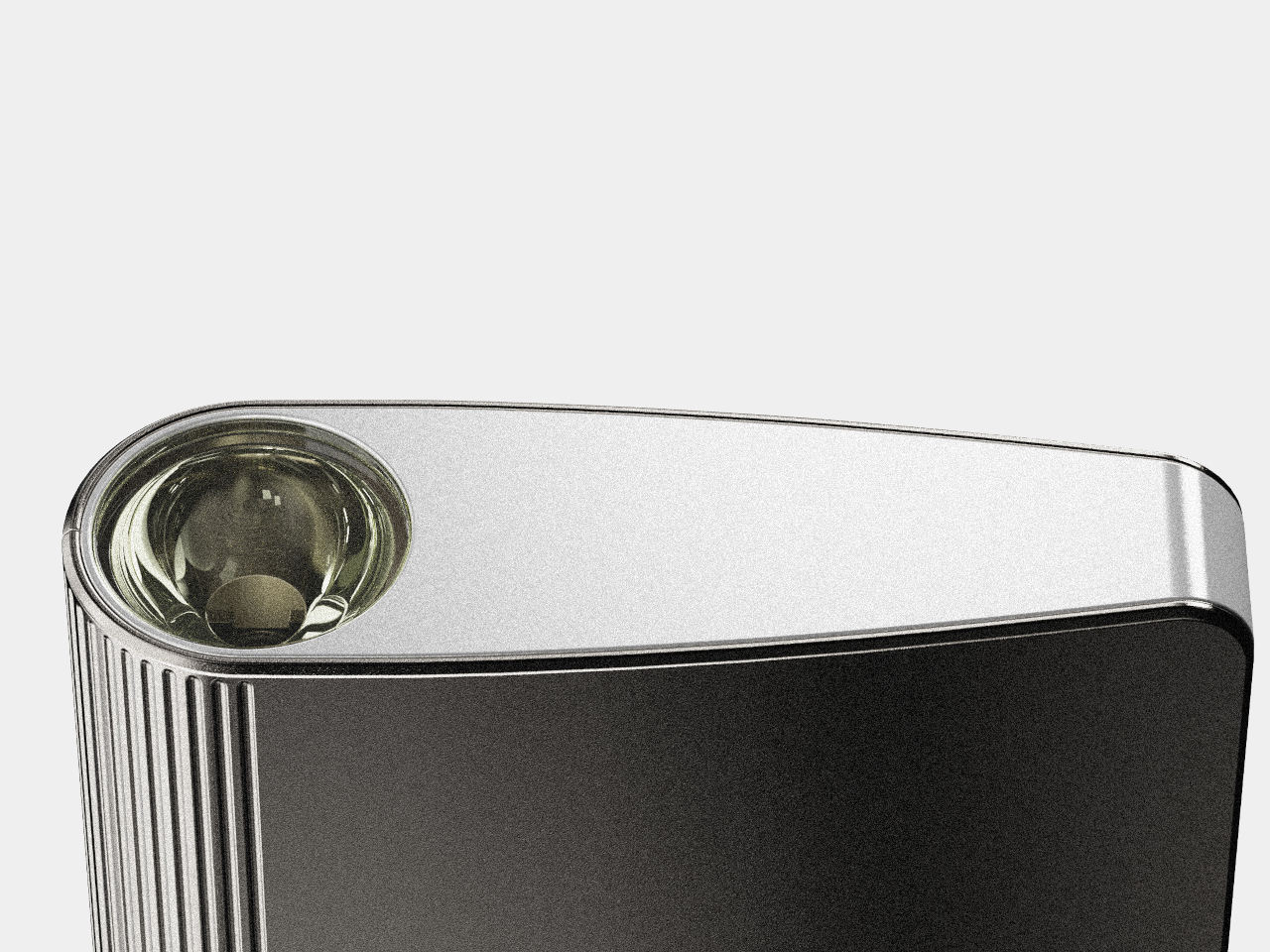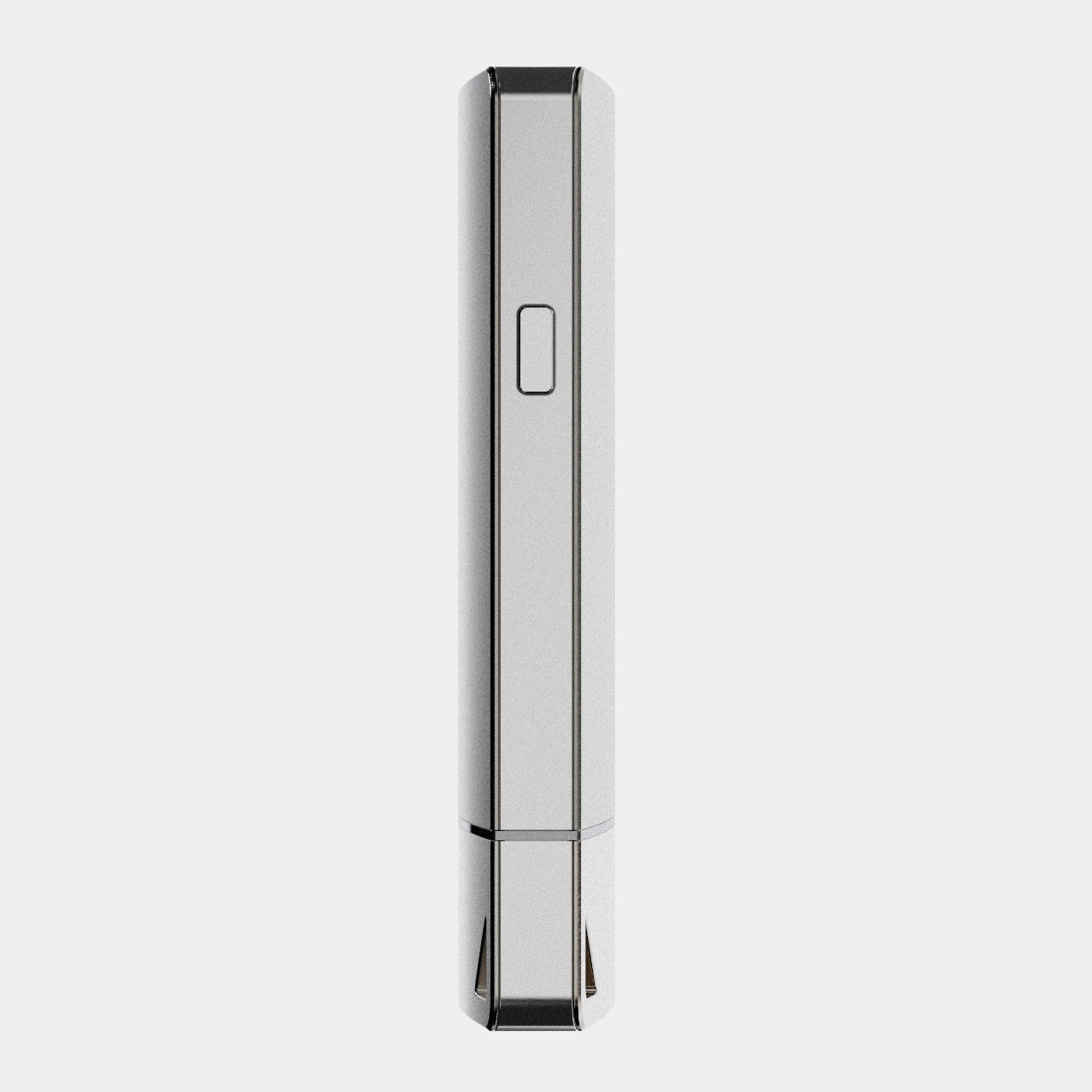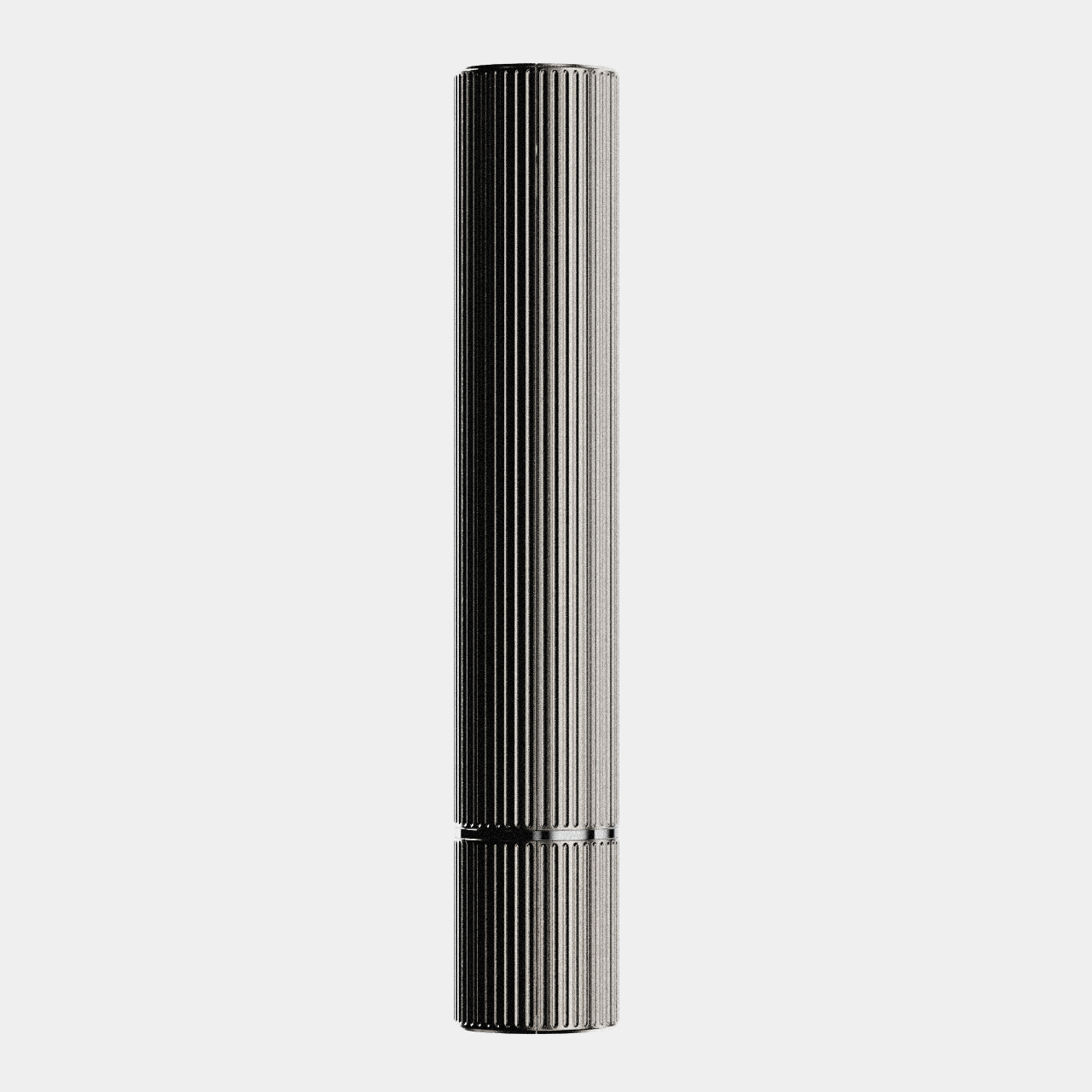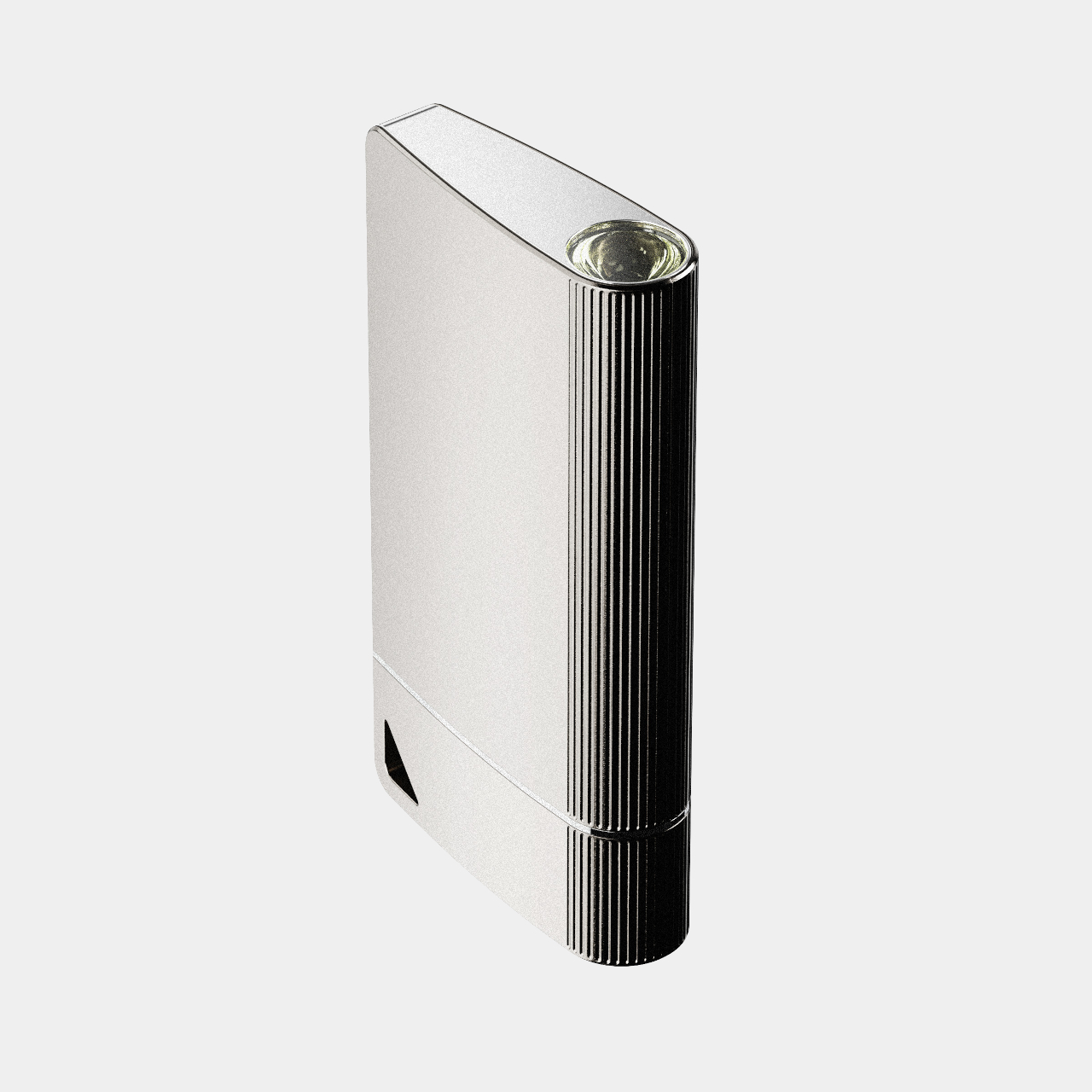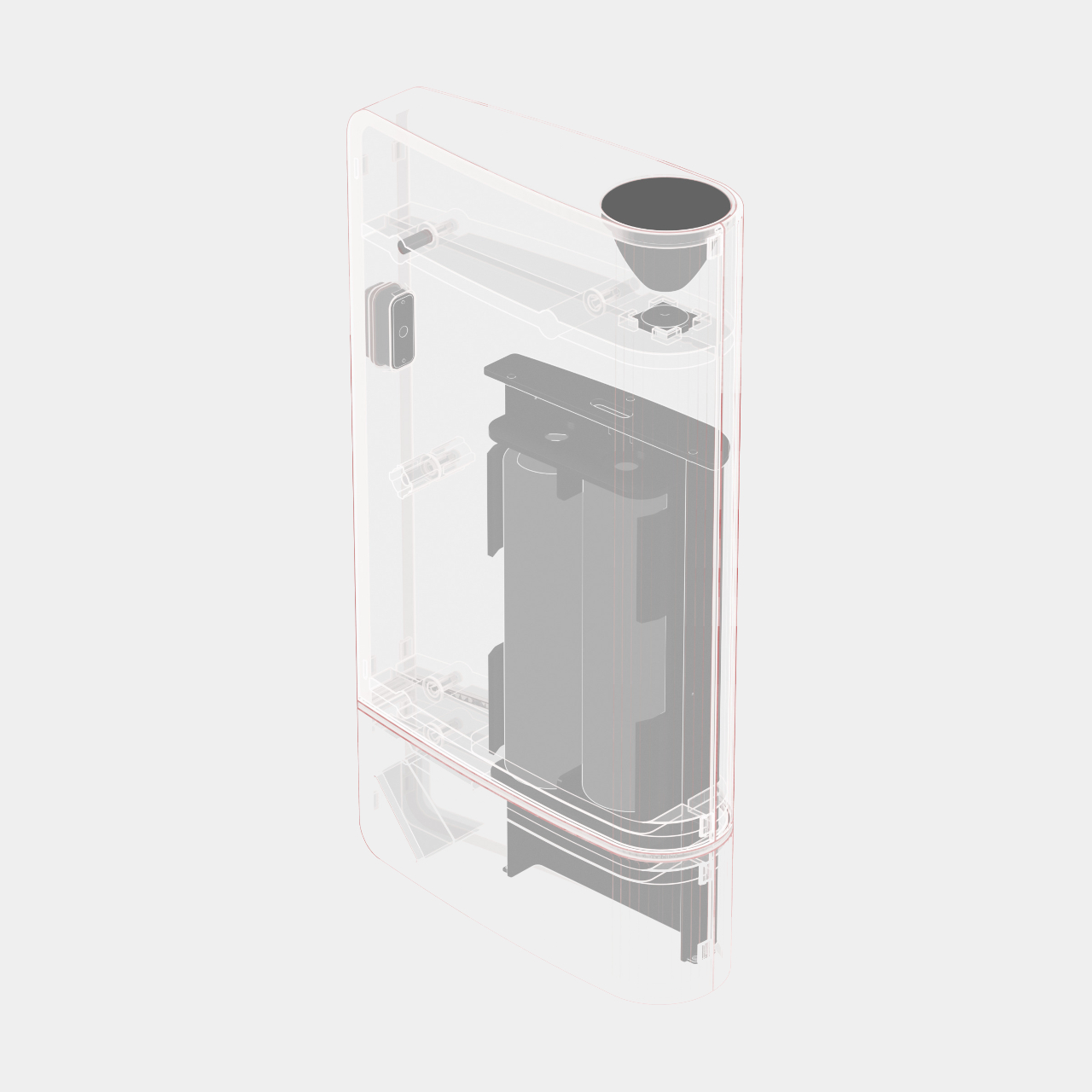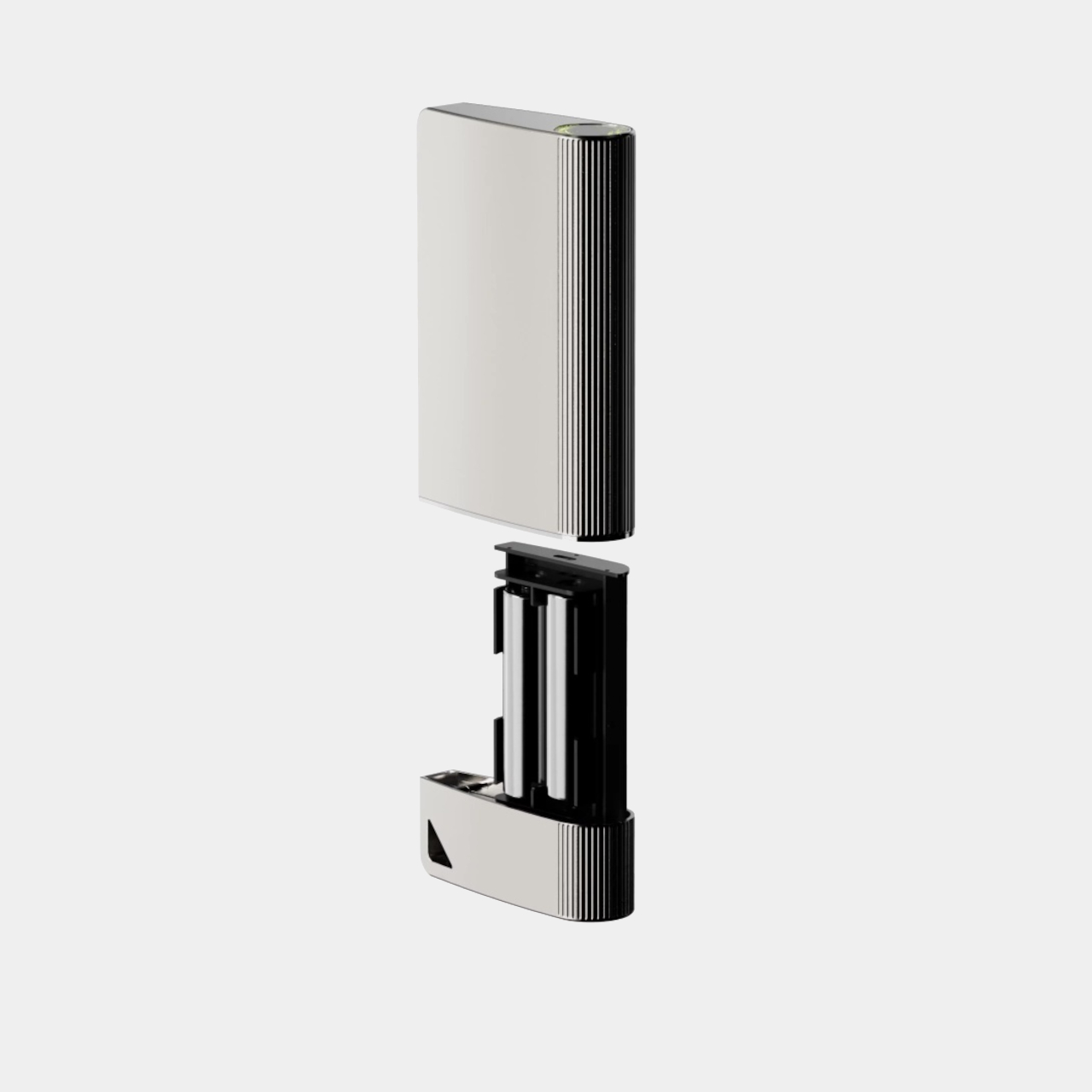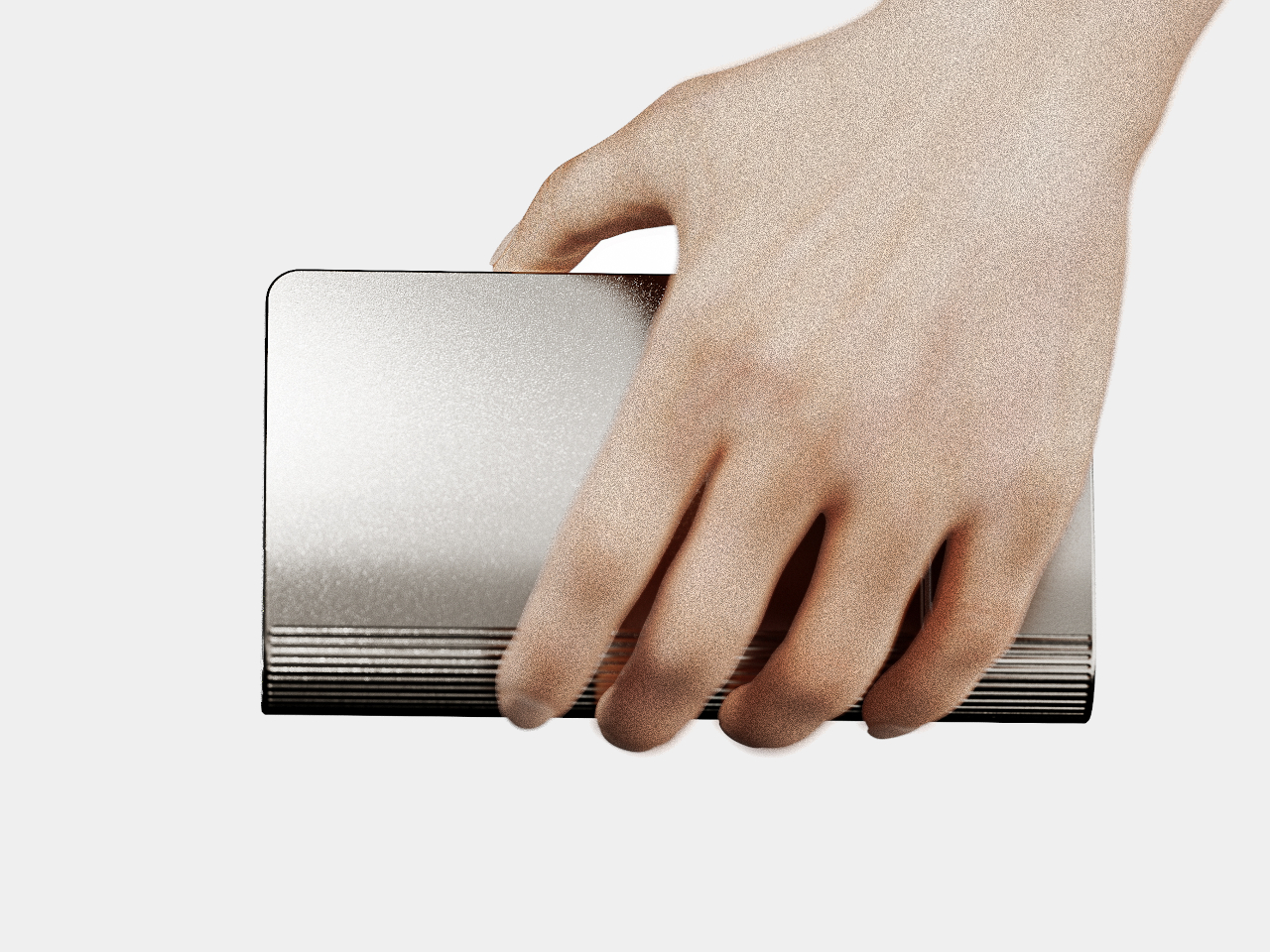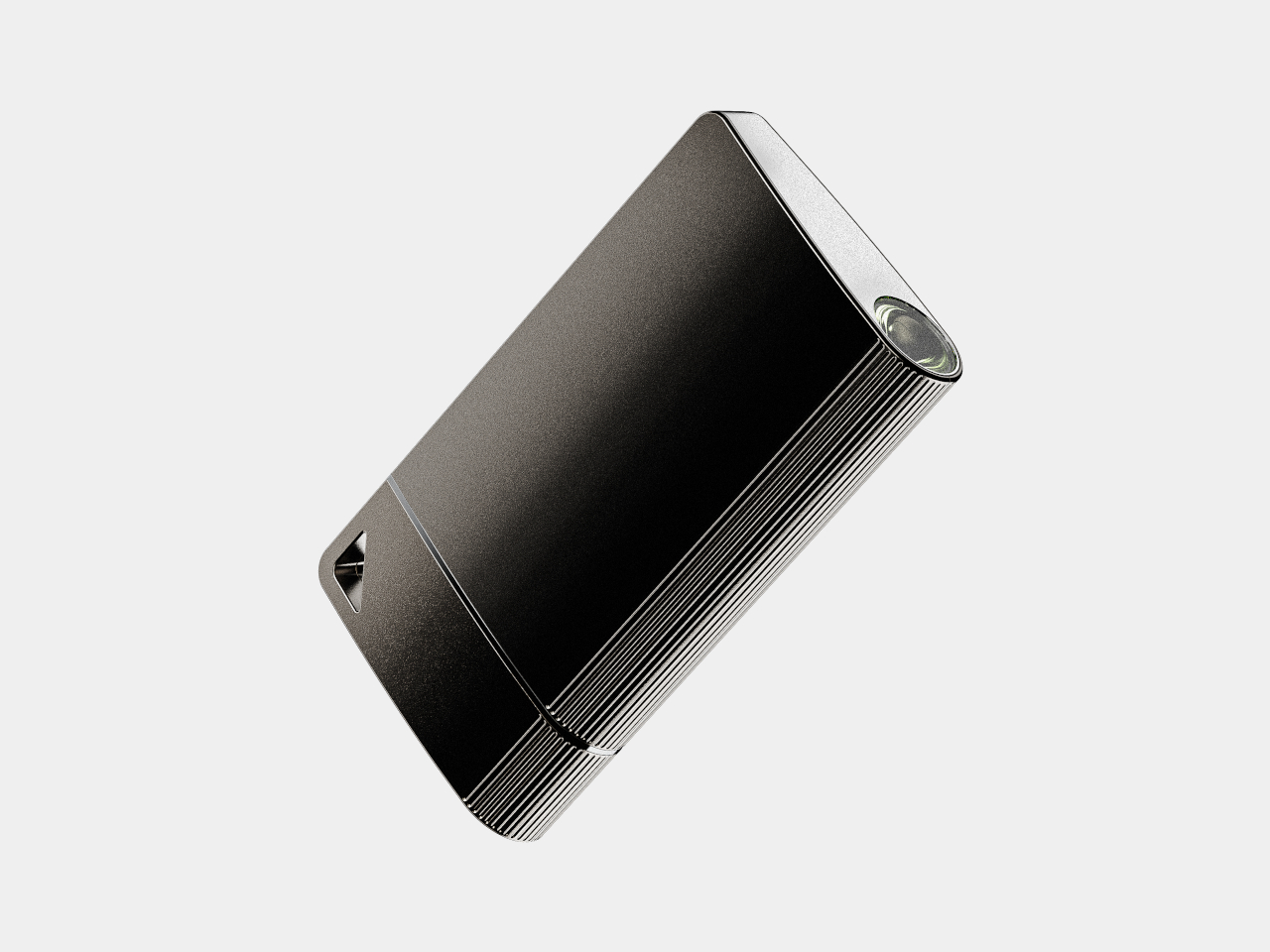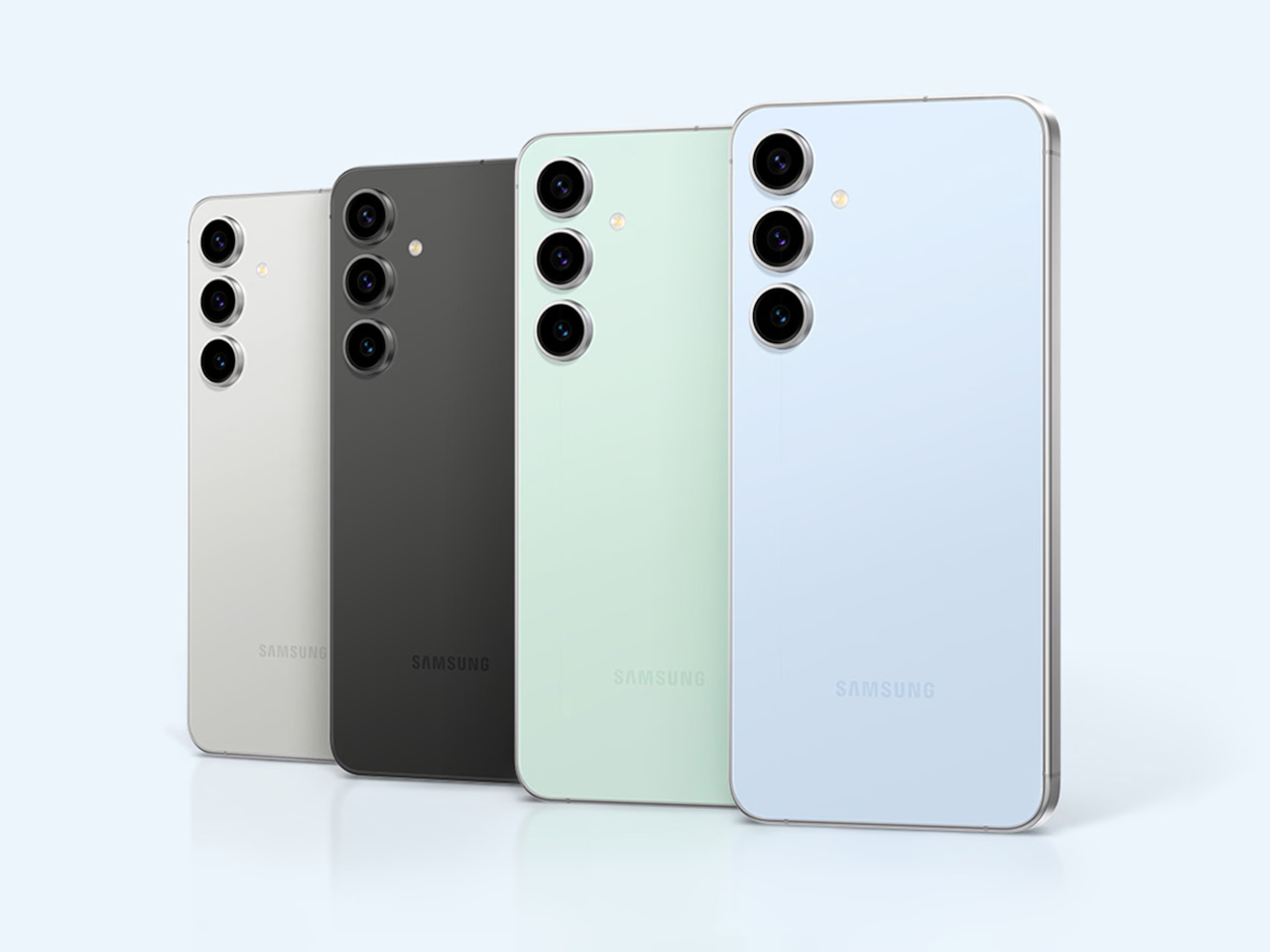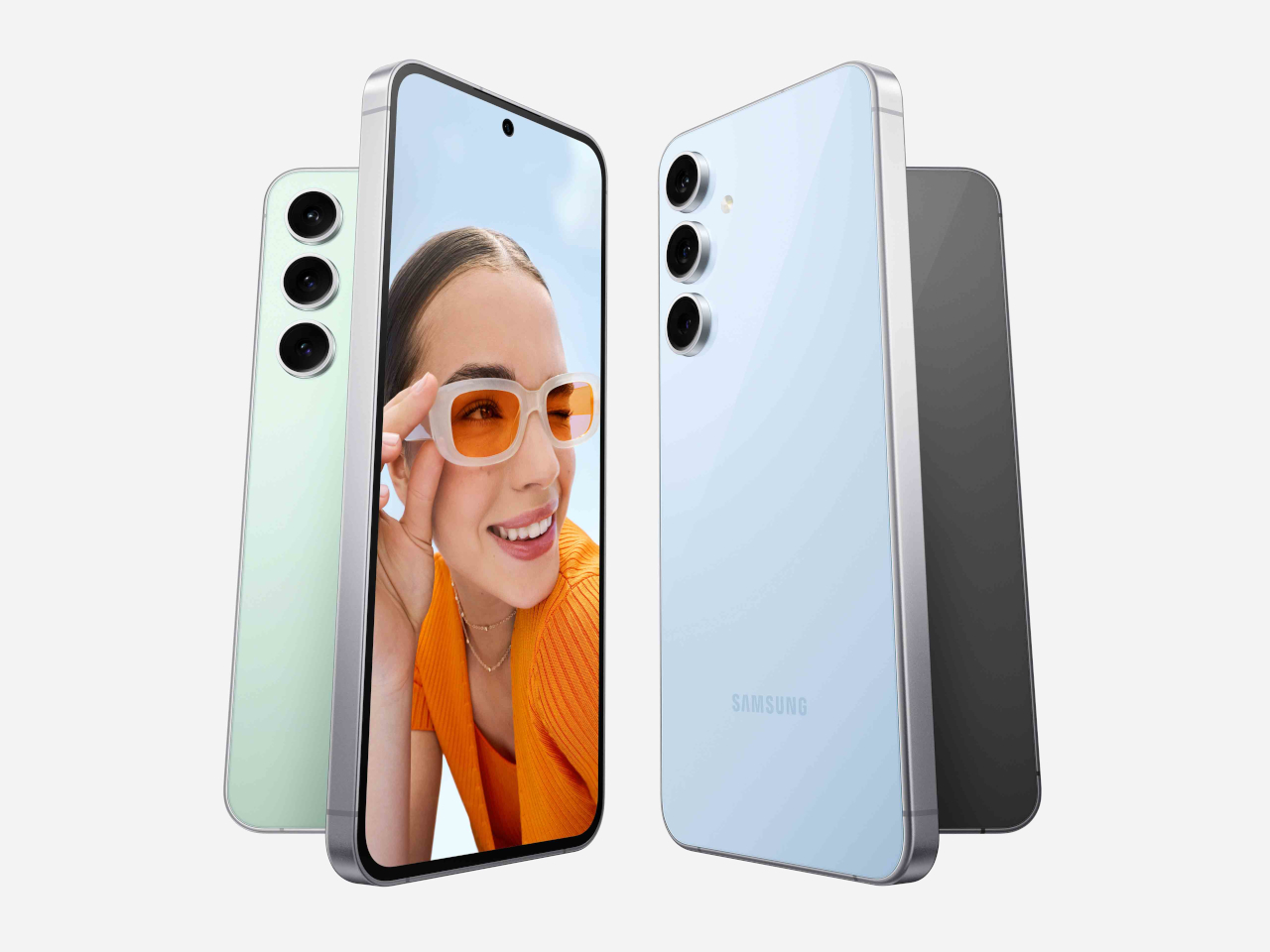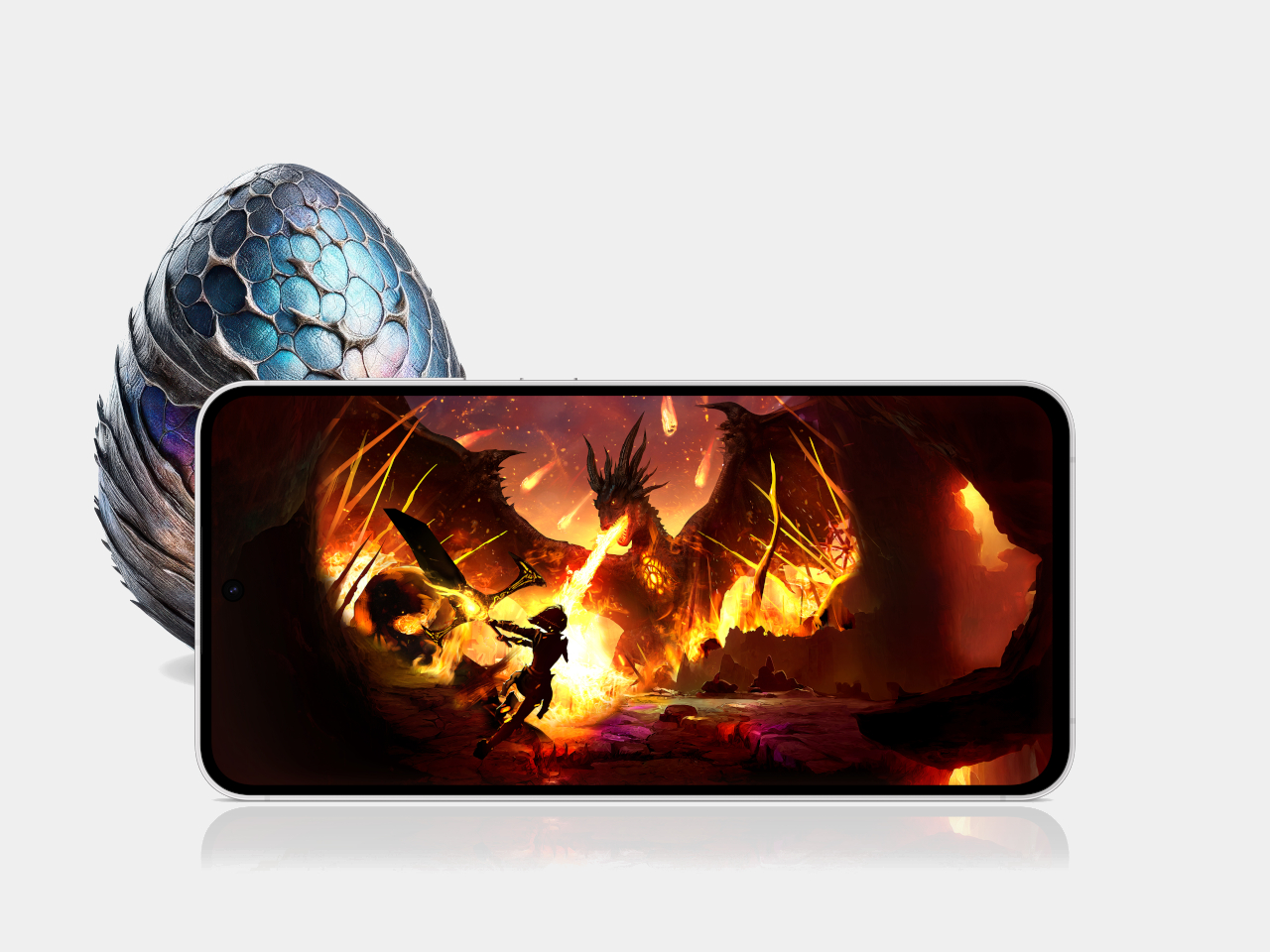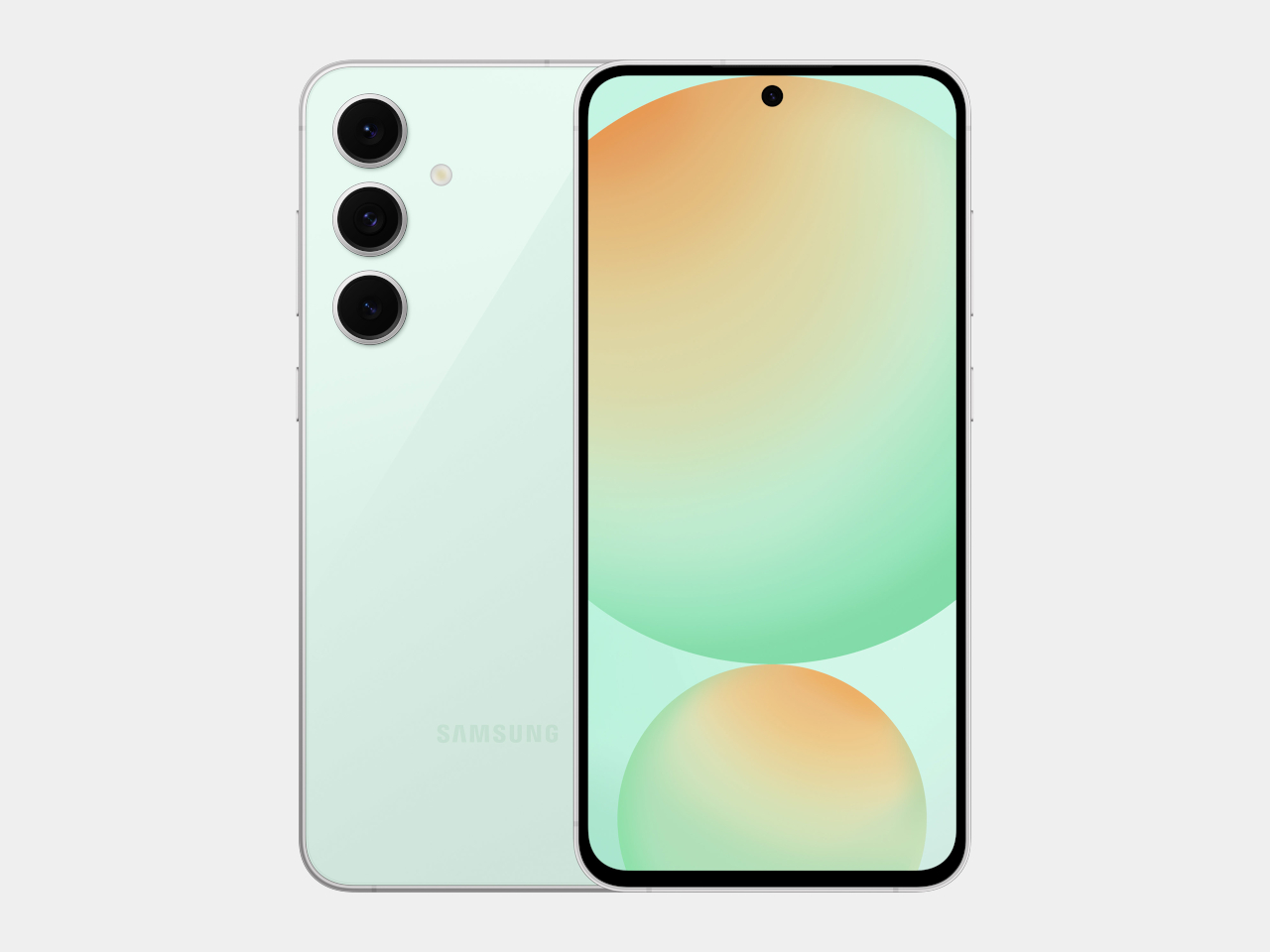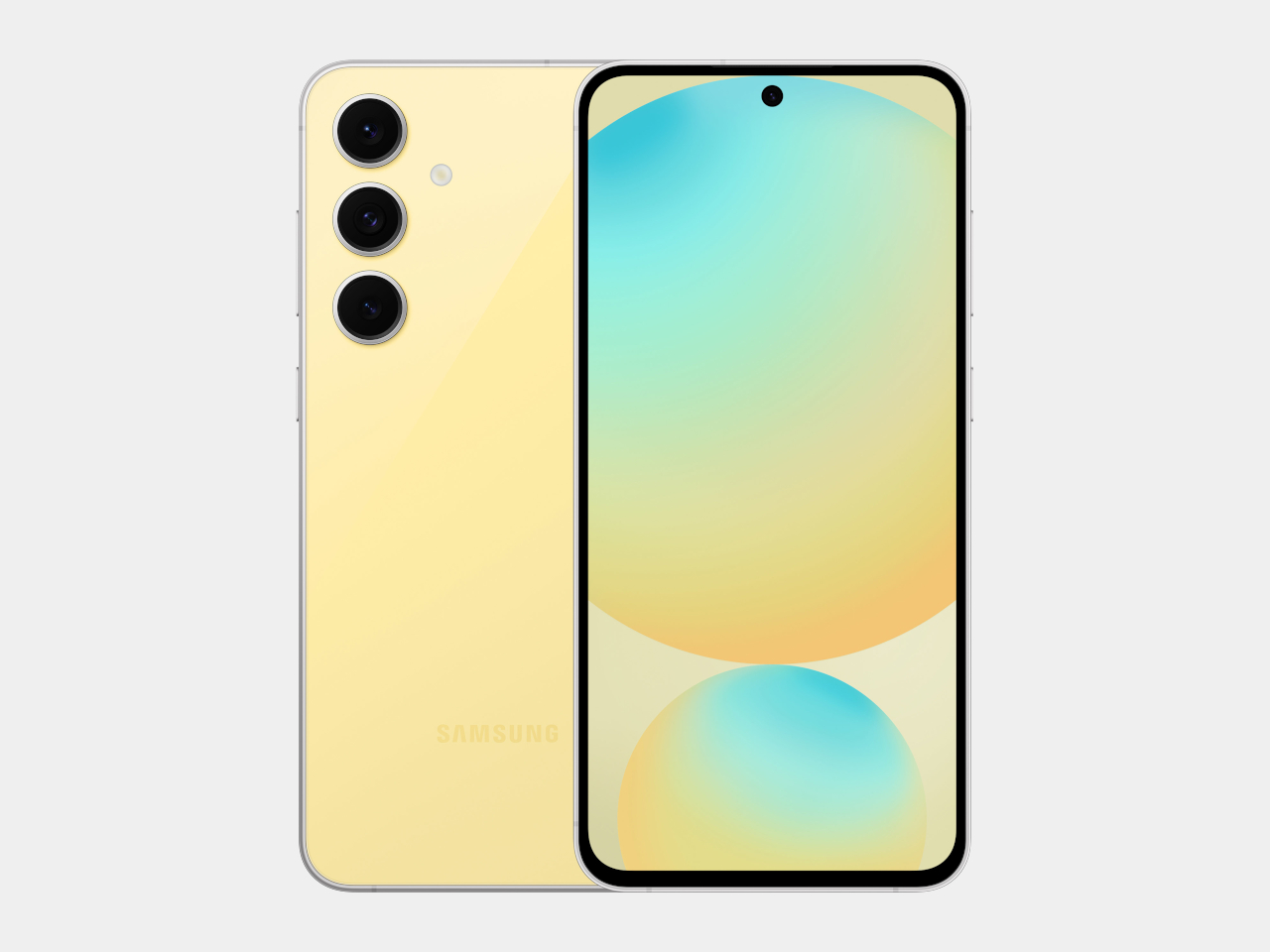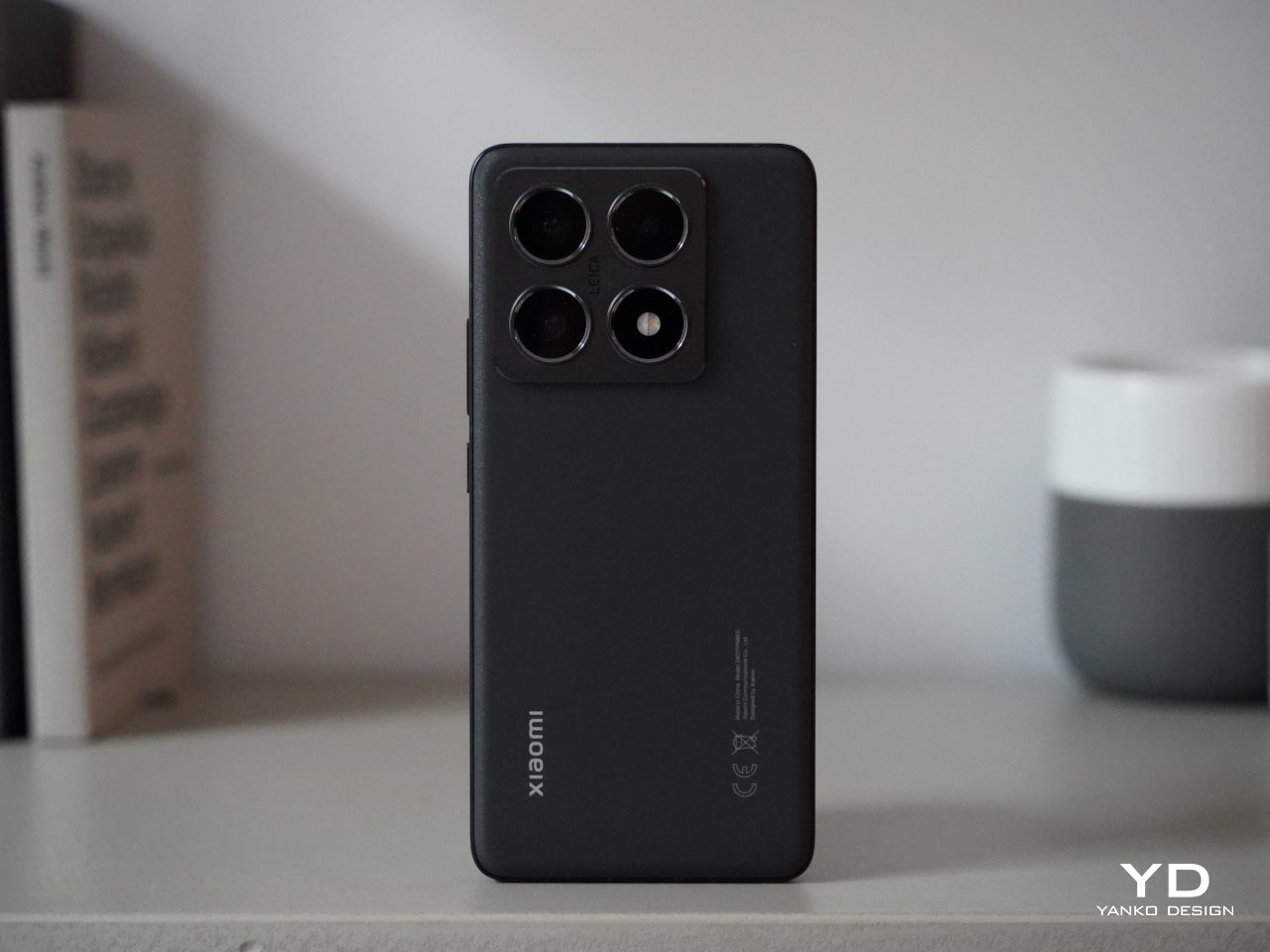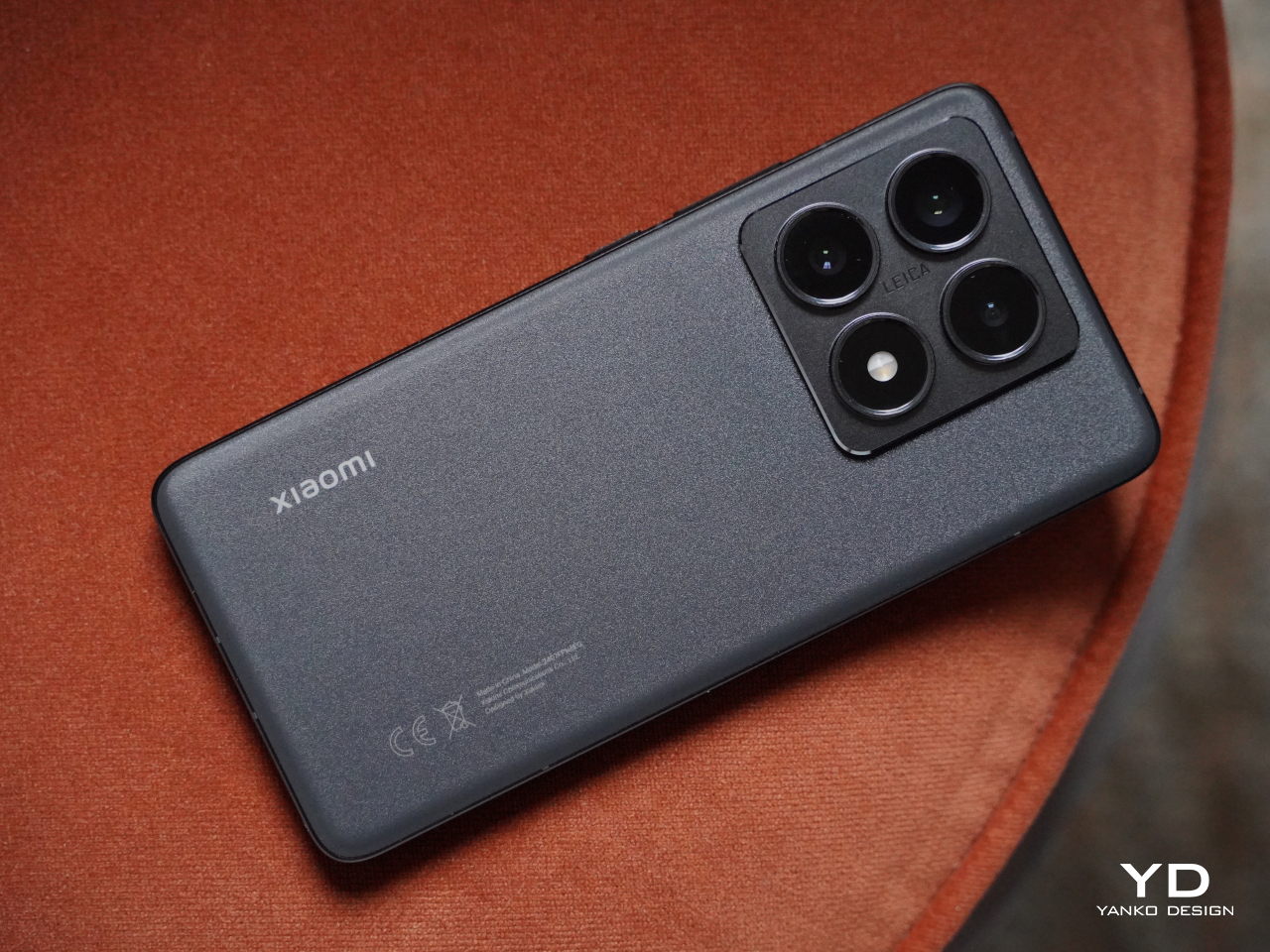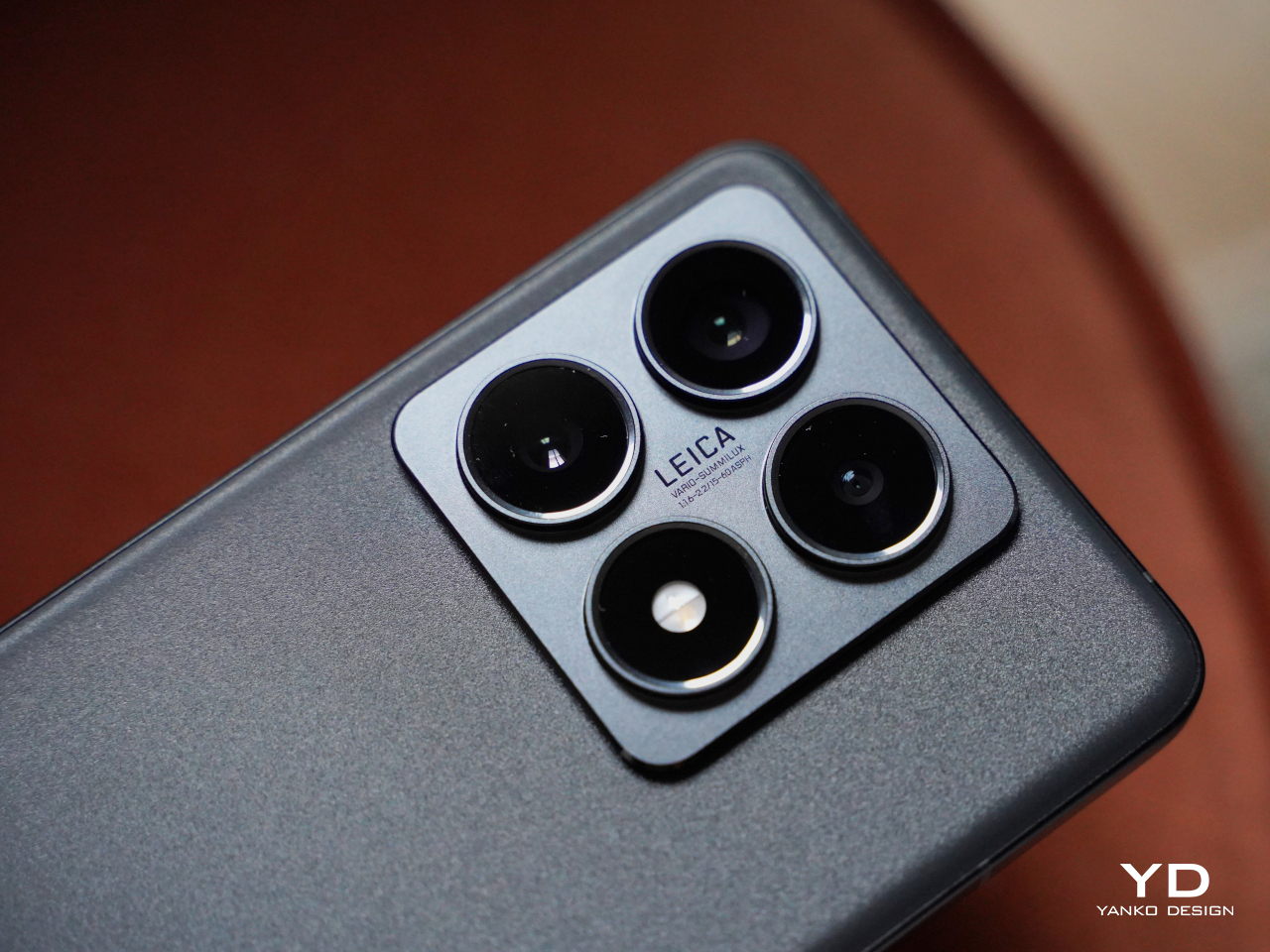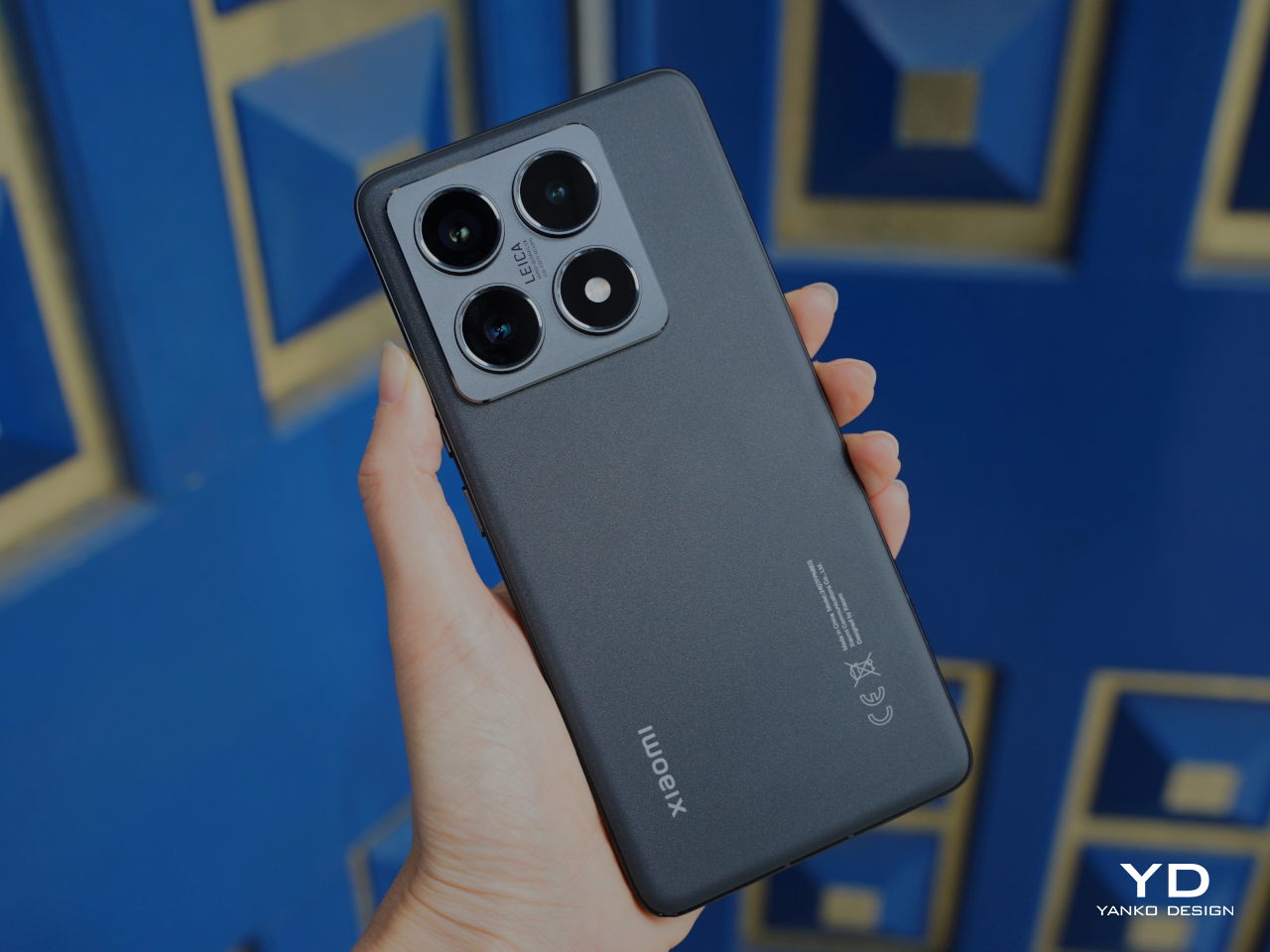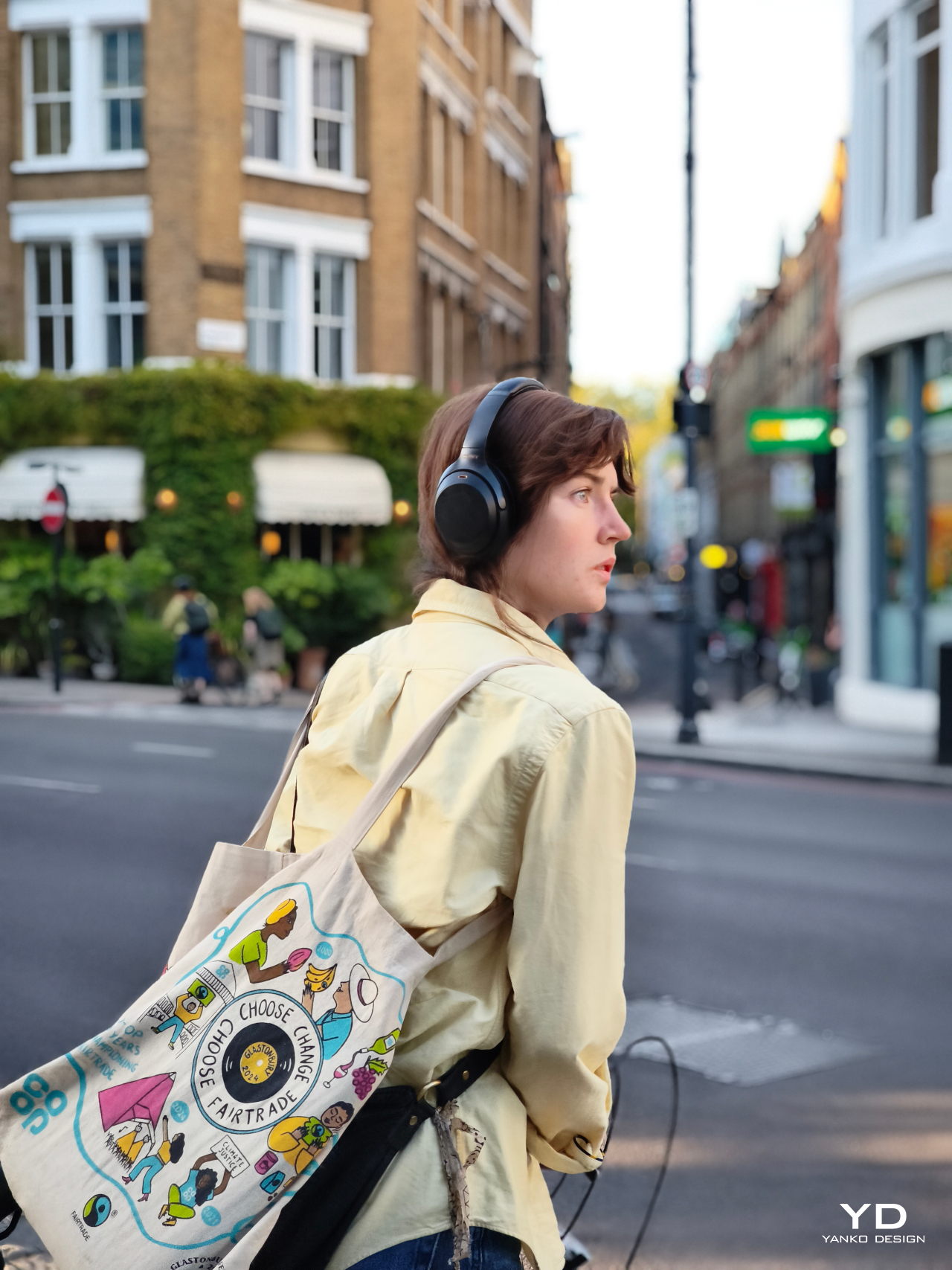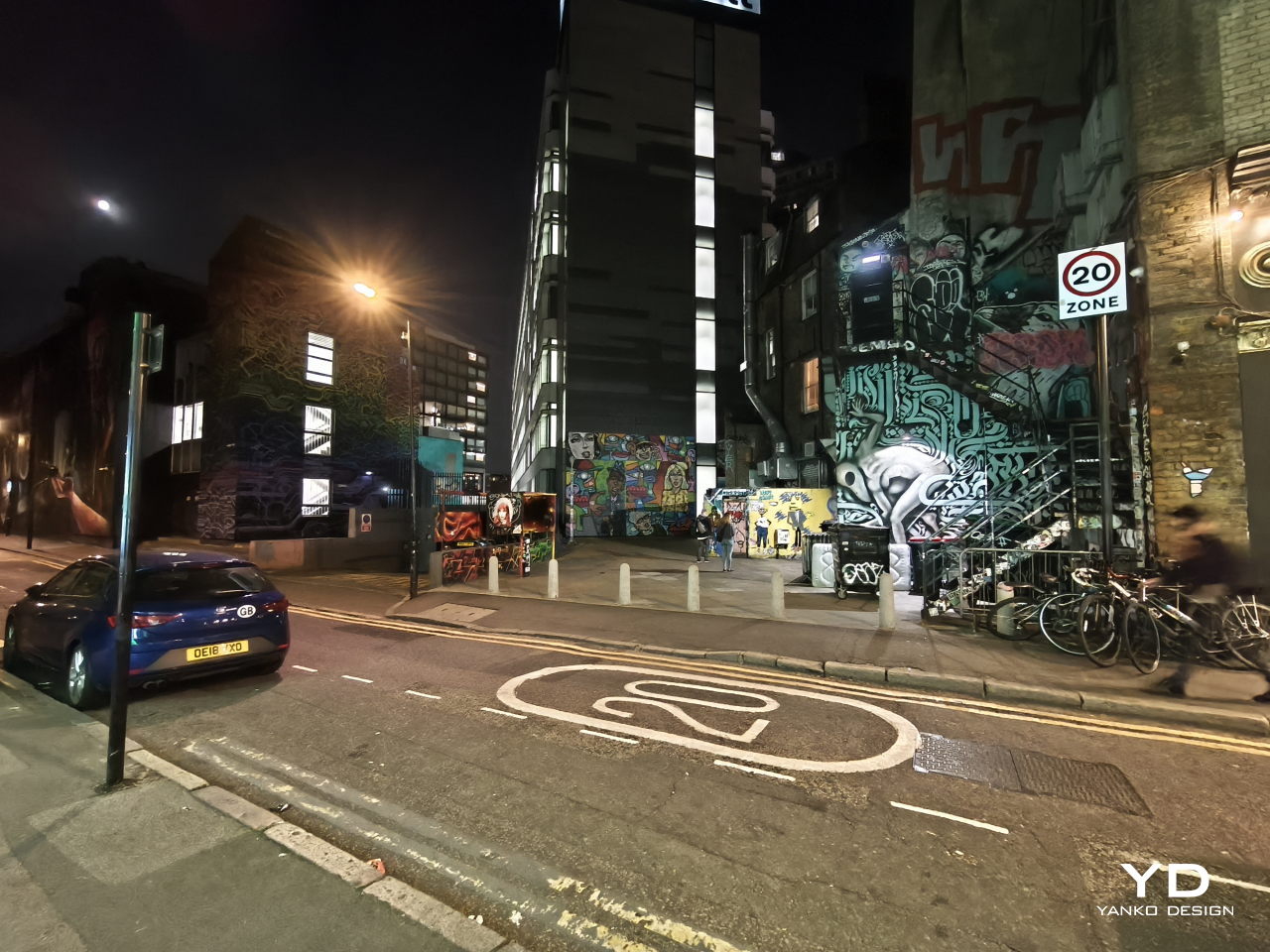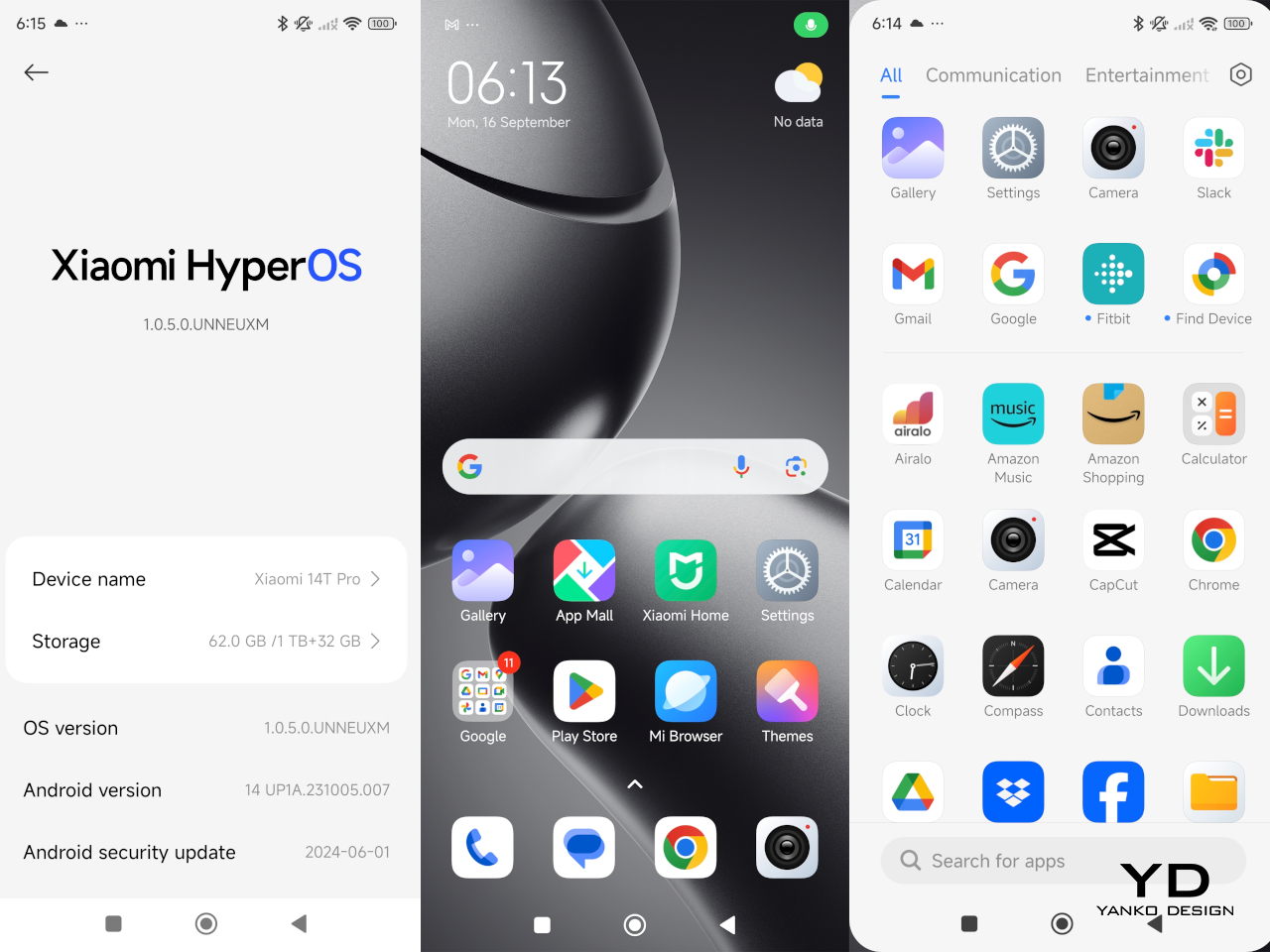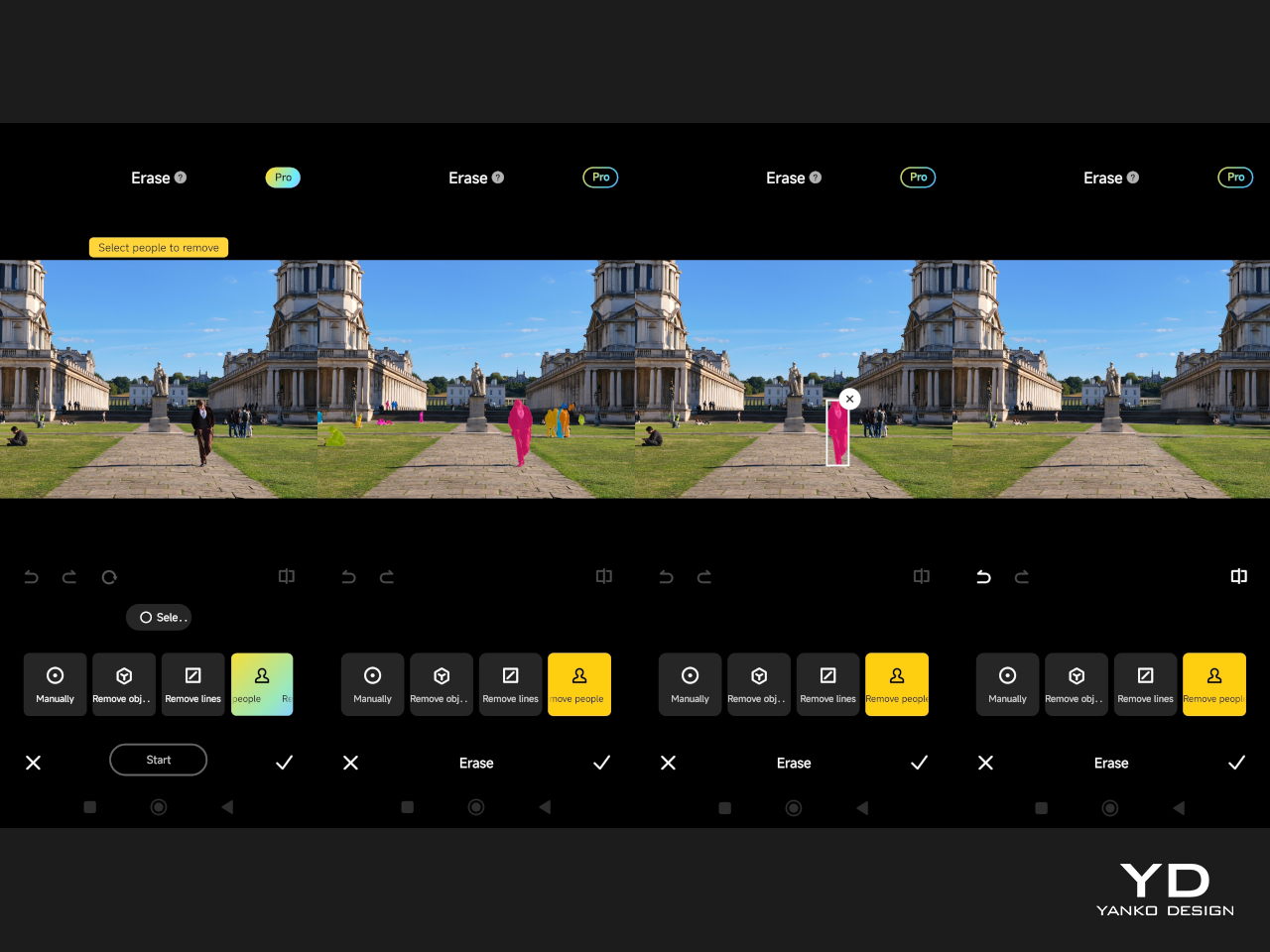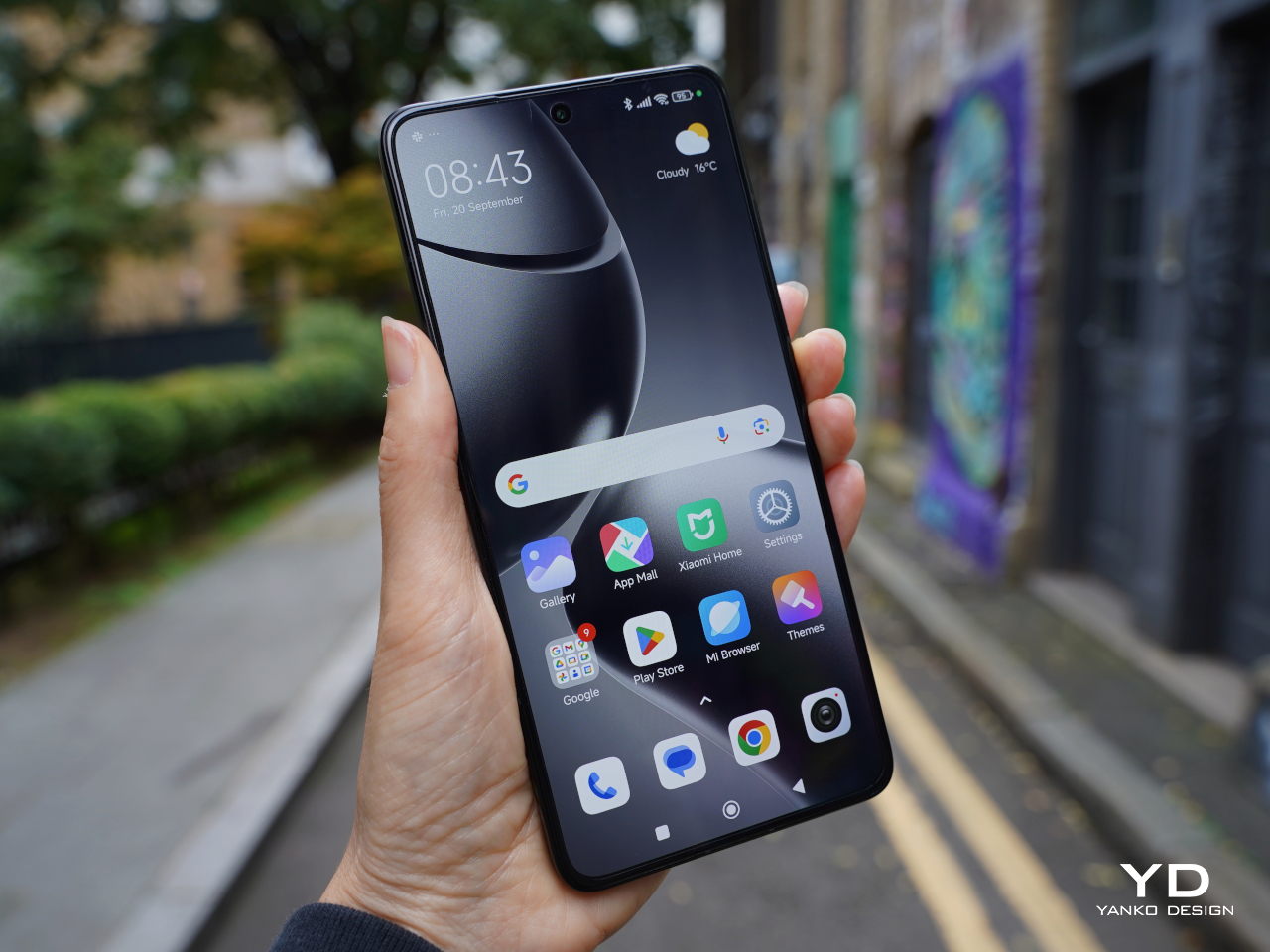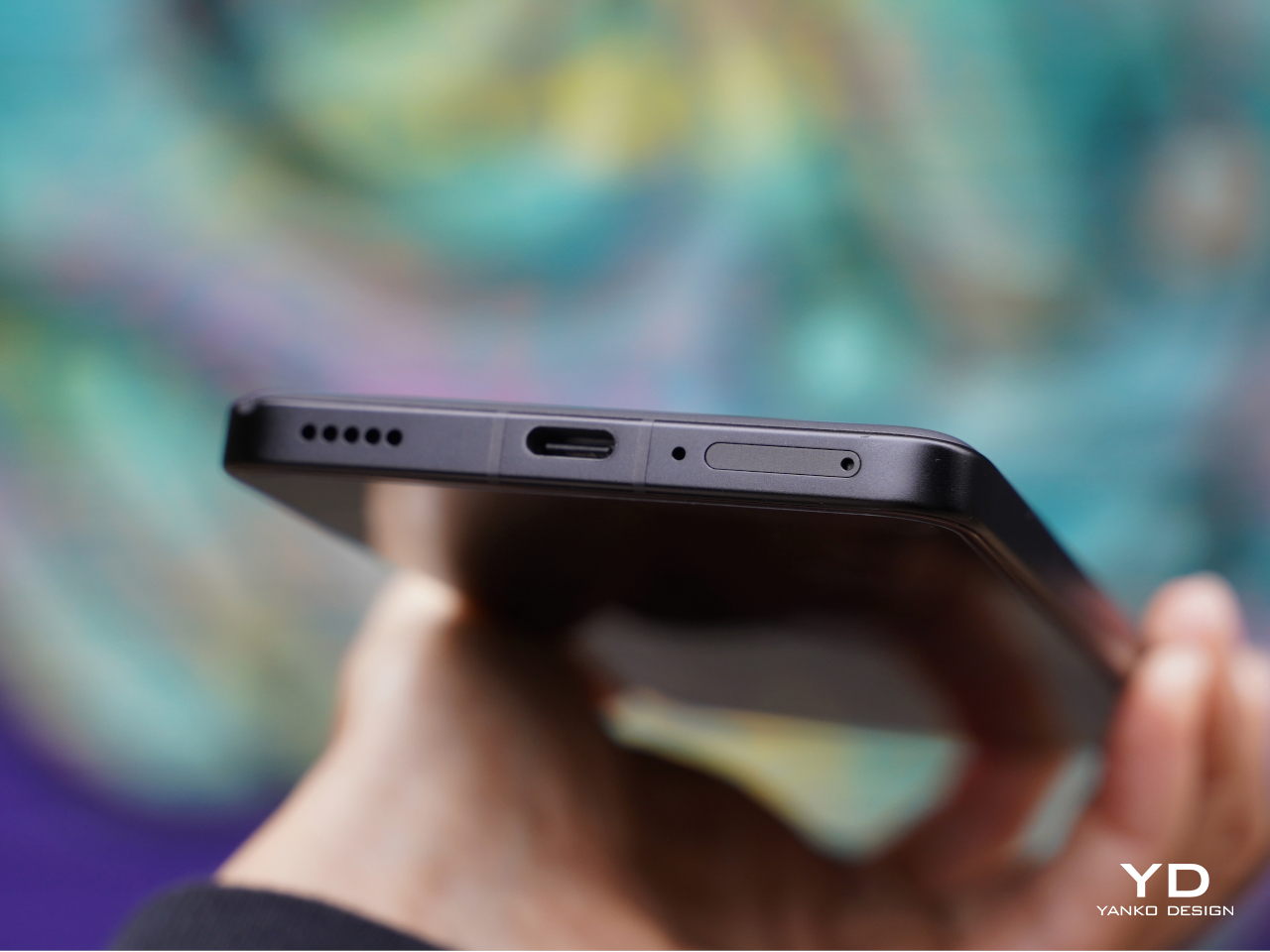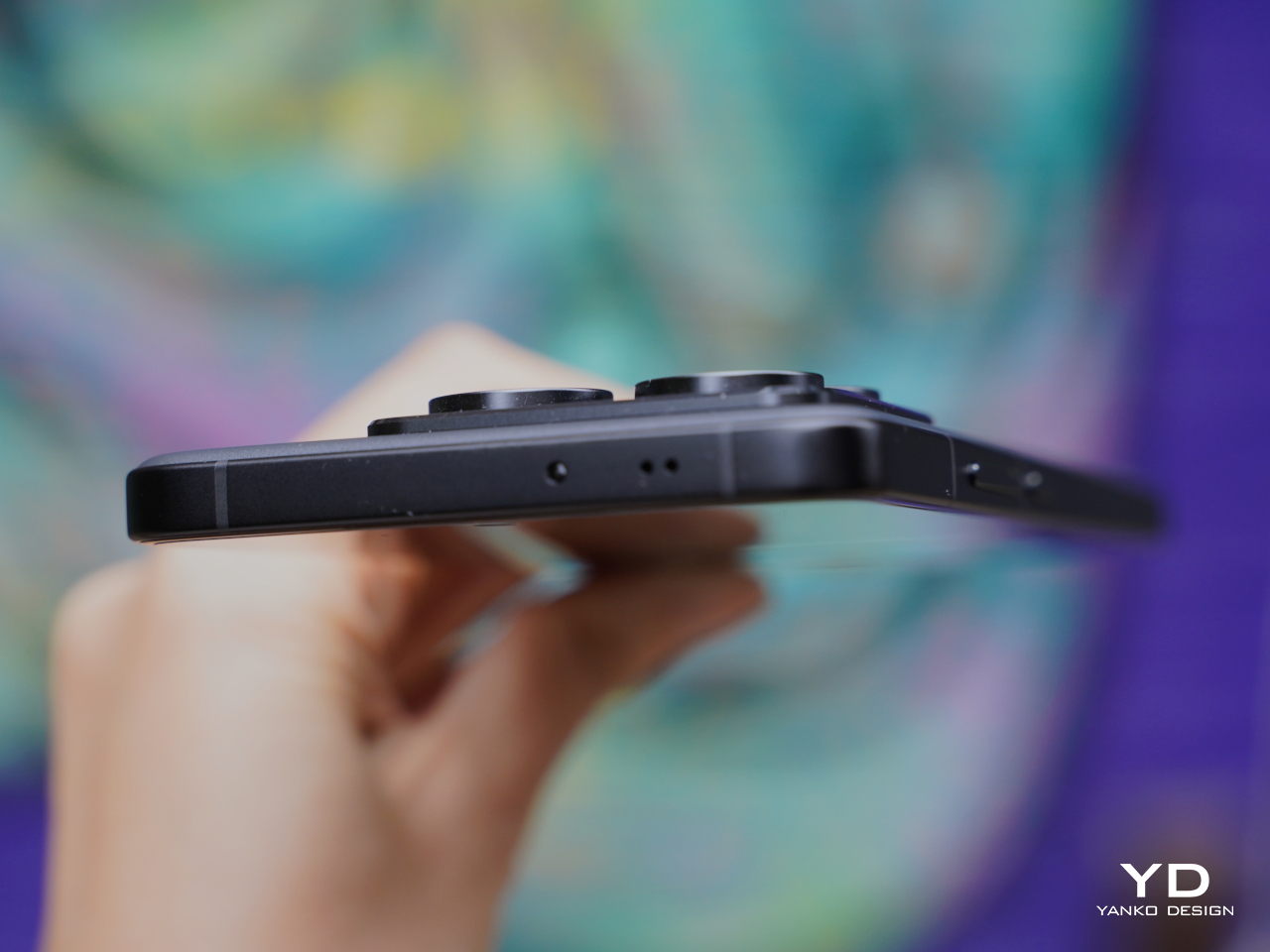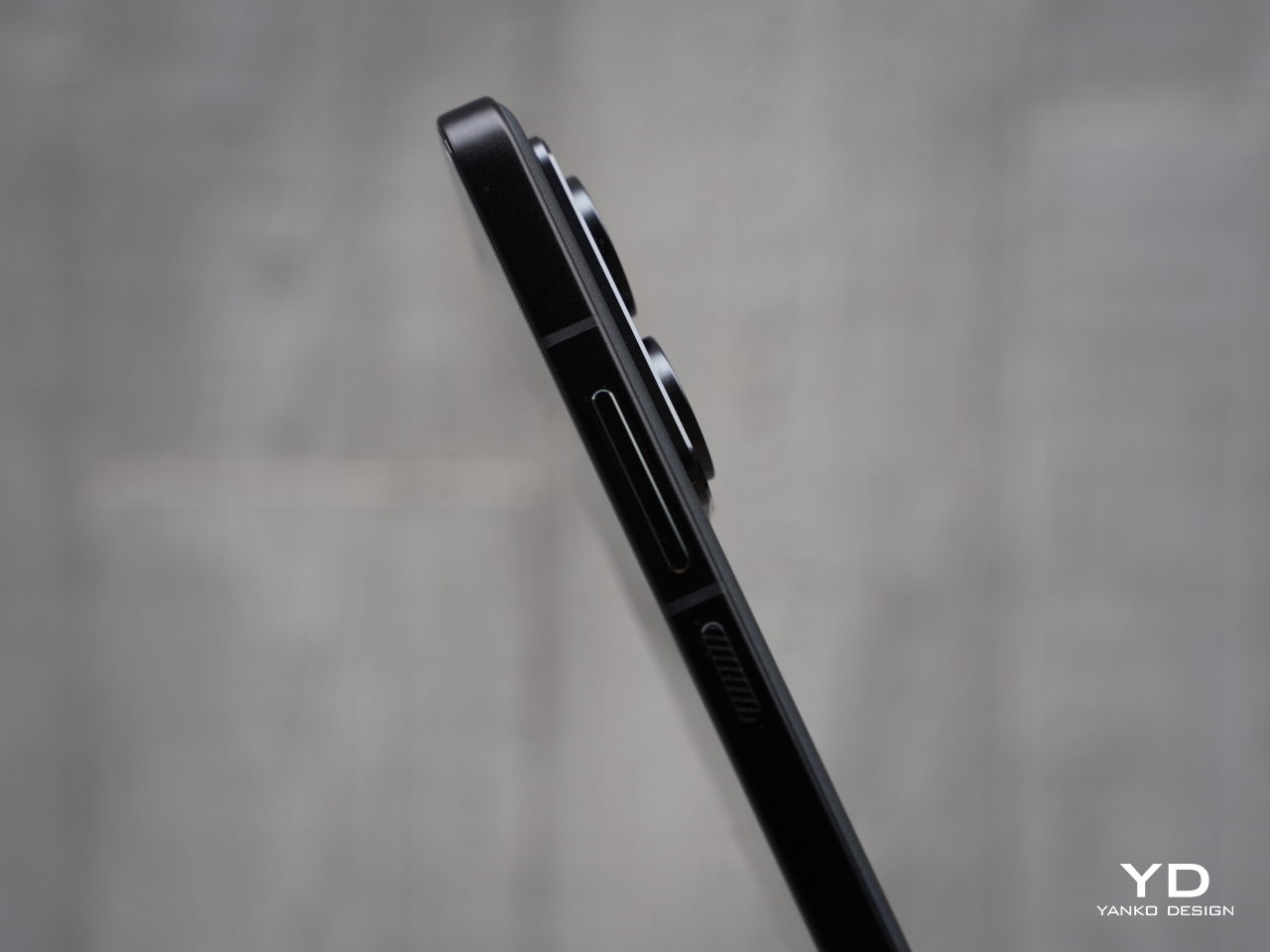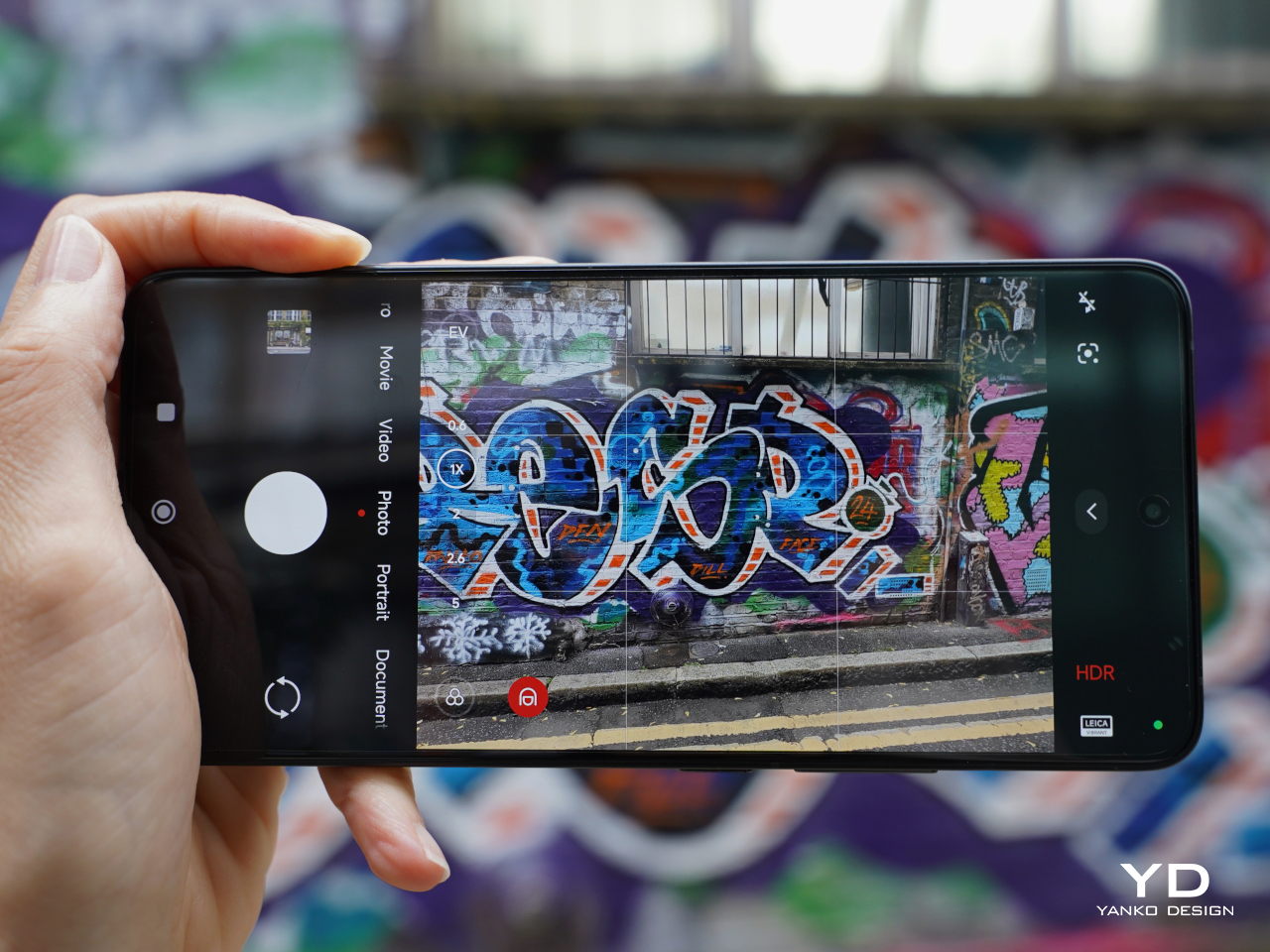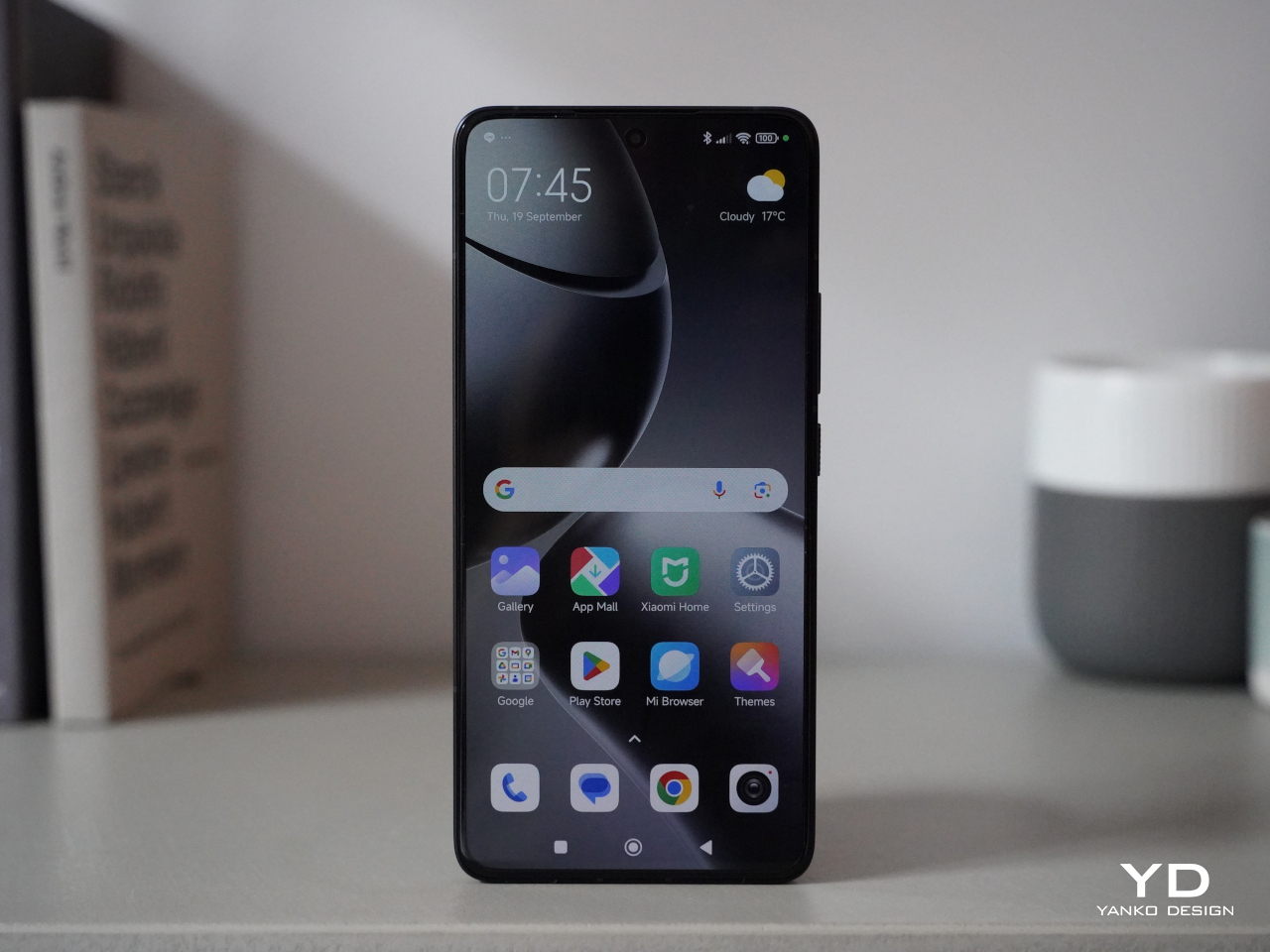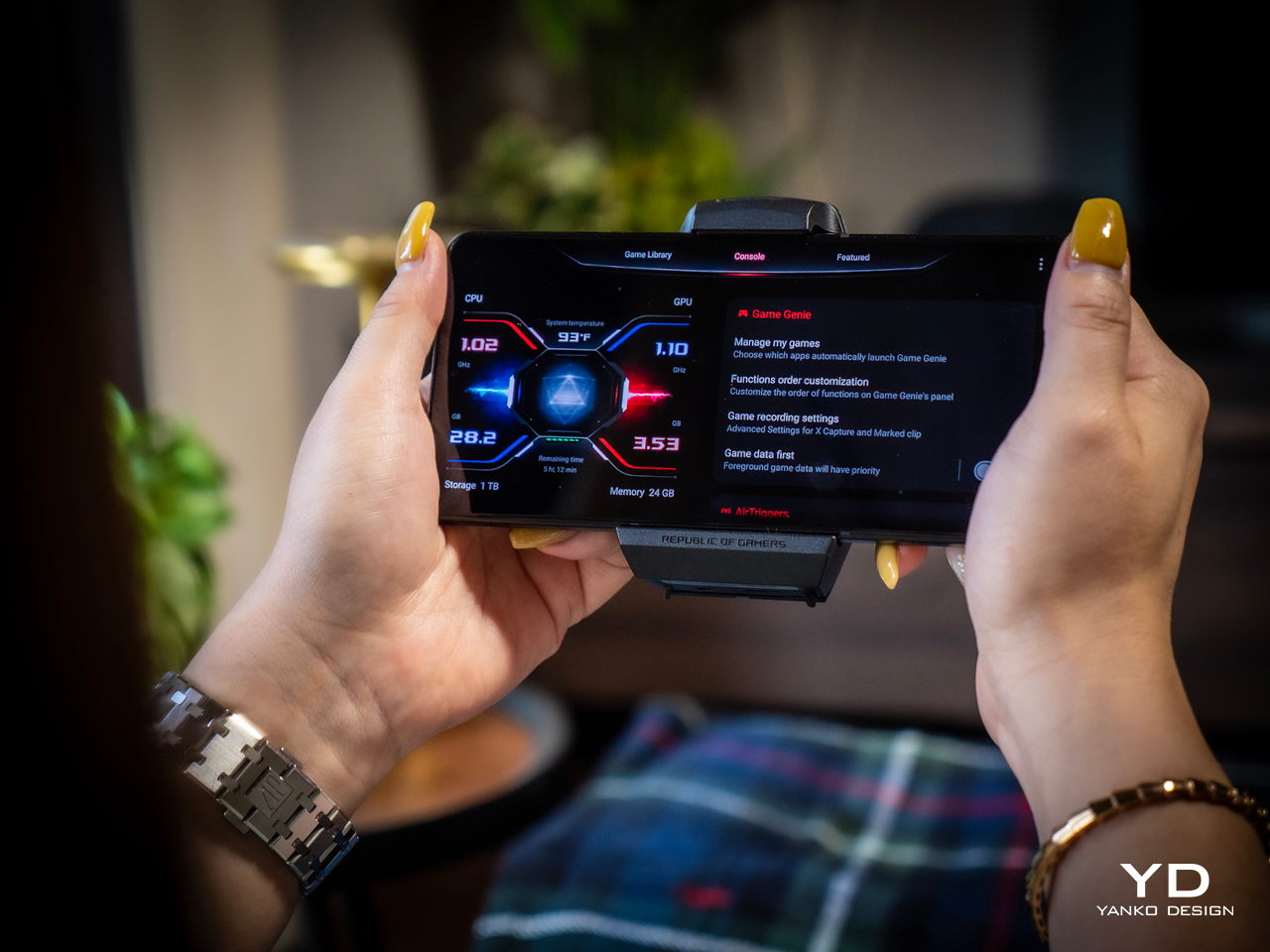
PROS:
- More elegant, minimalist, and mature design
- AniMe Vision display and AniMe Play features add a unique charm
- Unbeatable performance and cooling system
- Decent cameras for a gaming-centric smartphone
CONS:
- Incremental upgrades only over the previous generation
- 13MP ultra-wide camera feels a bit dated
Mobile gaming remains a lucrative industry, with millions of gamers worldwide seeking the best devices to enhance their gaming experience. However, as mainstream smartphones improve their performance, the allure of dedicated gaming phones has diminished. Yet, a niche market persists for devices specifically designed for gaming enthusiasts. The ASUS ROG Phone 9 Pro emerges as a contender in this space, promising speed and flair. But does it meet the expectations of pro gamers?
The ASUS ROG Phone 9 Pro launches at a rather critical time for gaming smartphones and it seeks to carve out its niche by offering features tailored to gaming. Packed with high-performance specs and unique design elements, it targets those who demand more from their mobile devices. This review delves into whether the ROG Phone 9 Pro truly delivers on its promises and whether you should upgrade from the brand’s previous model if you already have it in your hands.
Designer: ASUS Republic of Gamers
Aesthetics
Just like its predecessor, the ASUS ROG Phone 9 Pro’s design marks steps away from the overtly flashy aesthetics typical of gaming phones. It adopts a minimalist approach that exudes maturity, appealing to both gamers and non-gamers. The geometric camera bump and off-center design elements subtly nod to its gaming roots, maintaining a distinct identity.
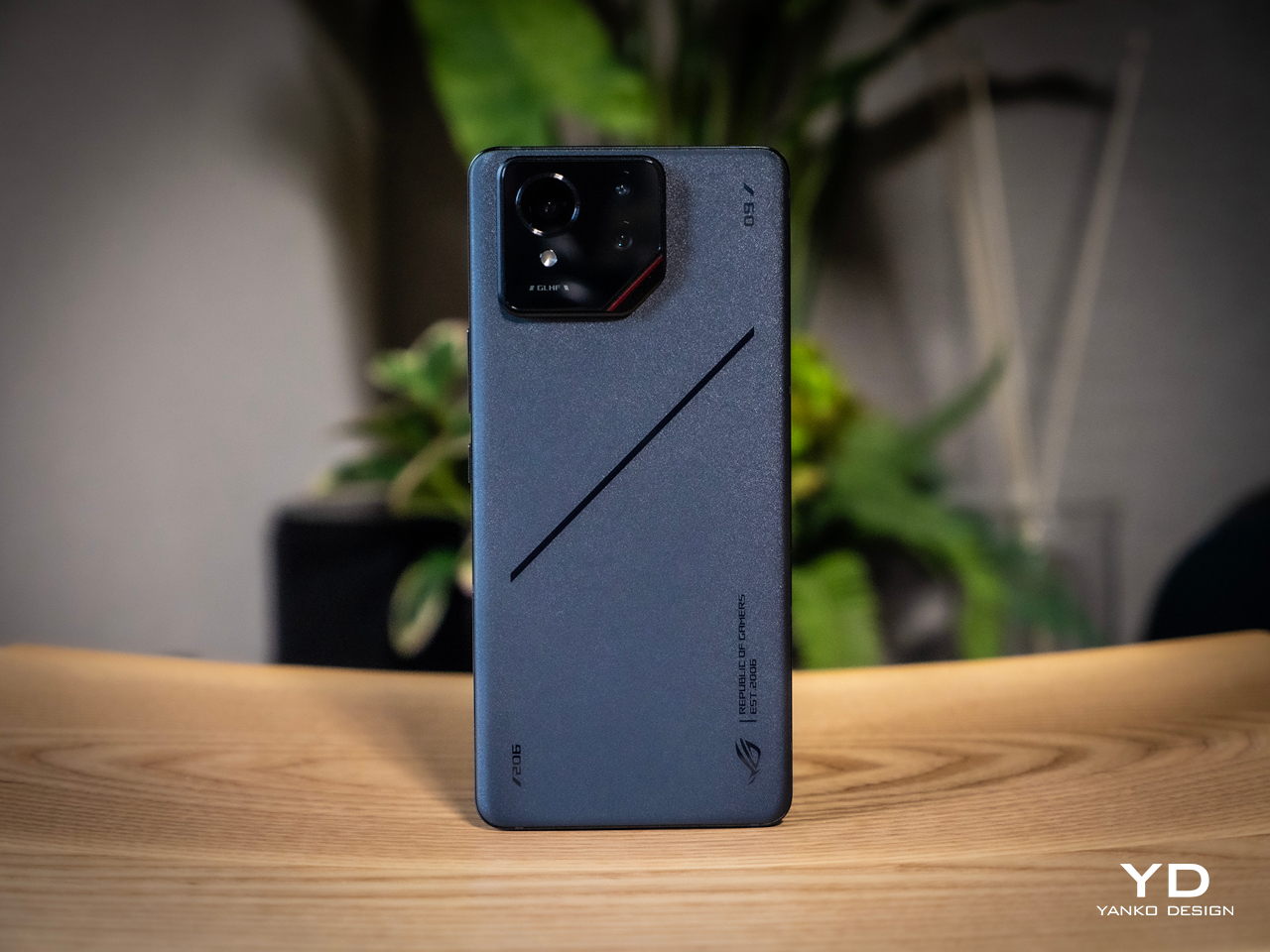
The back cover, crafted from a single piece of glass, showcases precision etching for added texture. This design choice not only enhances the phone’s visual appeal but also provides a tactile experience. The matte finish employs a crystalized nano-texture, ensuring a silky touch while resisting fingerprints, keeping the device pristine.
A standout feature for gamers is the AniMe Vision display that gives the smartphone a unique flair. The ROG Phone 9 Pro model utilizes 648 mini-LEDs to display icons, text, and even GIF animations, adding a dynamic element to the phone. Hidden animations can be unlocked when two ASUS ROG Phone 9 Pro devices are near, using NFC technology, offering a novel interactive experience that creates a community of ASUS ROG Phone 9 Pro owners.
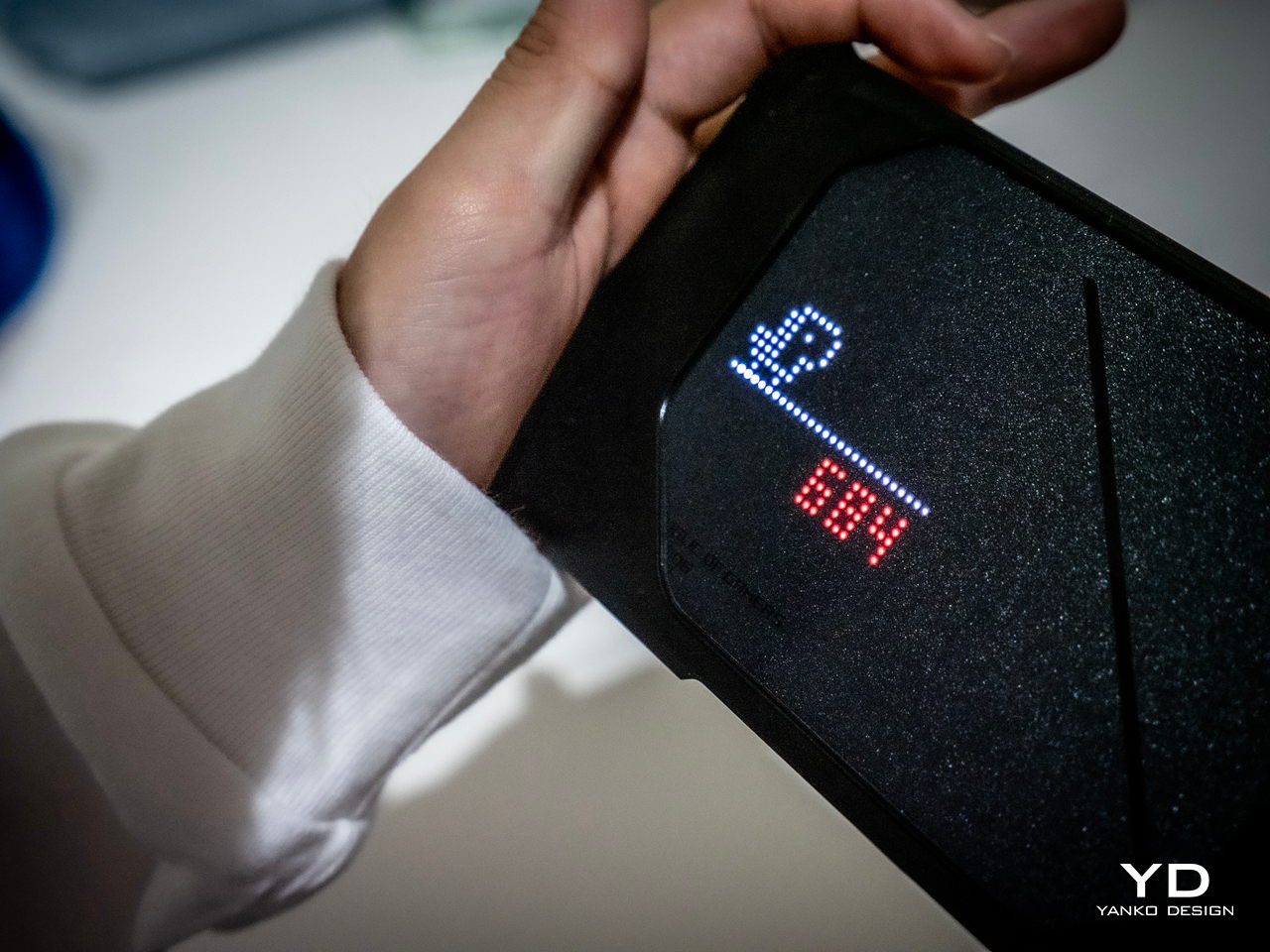
Exclusive to the Pro model as well, the AniMe Play feature brings retro mini-games to the AniMe Vision display, further emphasizing the phone’s gaming focus. This playful addition caters to gamers seeking entertainment beyond traditional mobile games, enhancing the device’s appeal. Overall, the design balances sophistication with gaming-centric elements.
Ergonomics
Despite its large 6.78-inch display, the ASUS ROG Phone 9 Pro is designed for comfort. The textured finish provides a secure grip, making it easier to hold during long gaming sessions. This ergonomic consideration is crucial for gamers who prioritize comfort and usability.
However, the phone’s thickness, primarily due to its substantial battery, might be a drawback for some users. While it ensures extended gaming sessions, it adds bulk to the device. Balancing battery life with portability remains a challenge in gaming phone design.
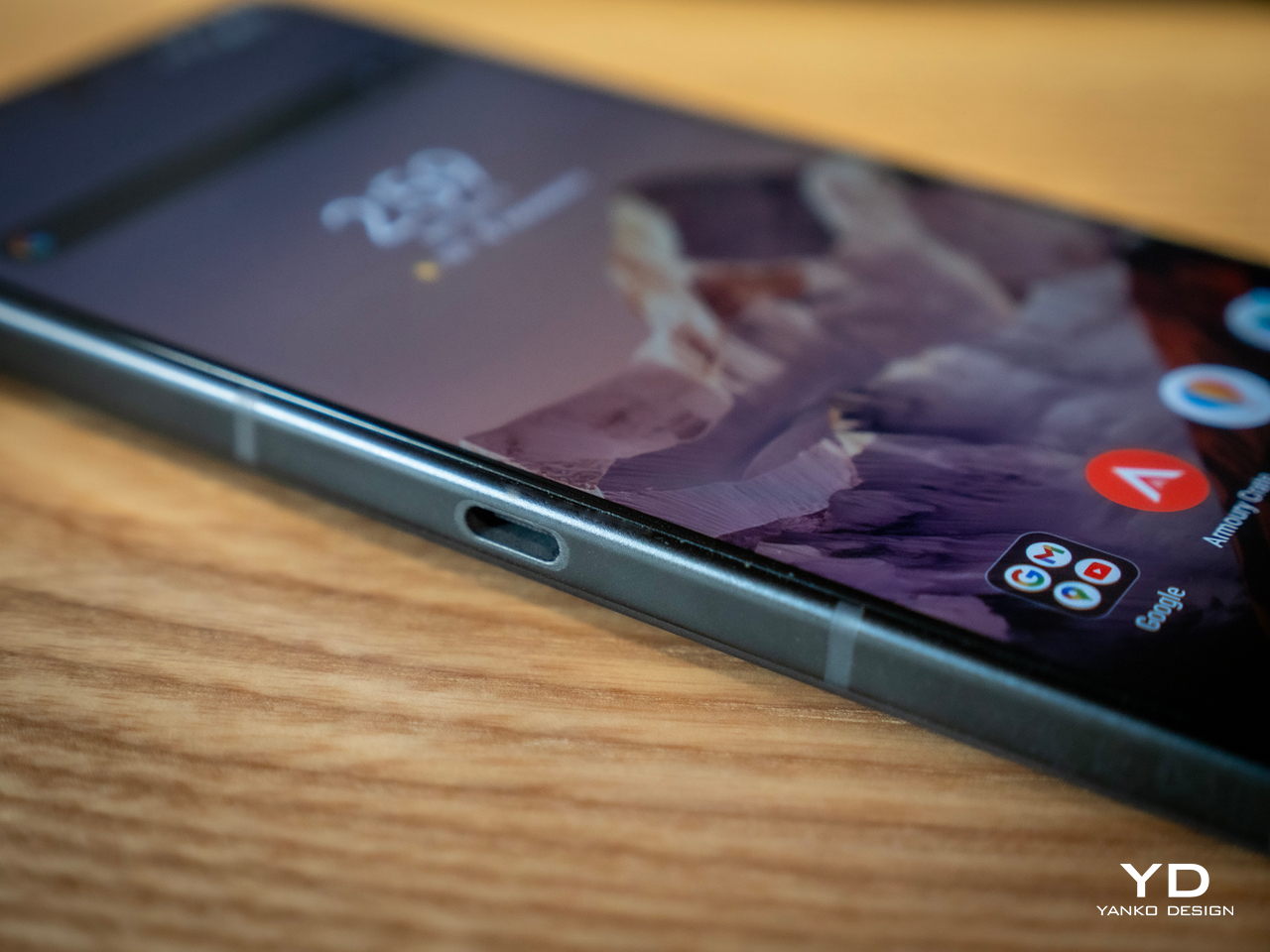
The dual USB-C ports are a thoughtful addition, allowing users to charge the device without interrupting gameplay. This feature is particularly beneficial for gamers who engage in prolonged sessions, ensuring an uninterrupted power supply. Such practical design choices demonstrate ASUS’s commitment to enhancing the gaming experience.
Performance
The ASUS ROG Phone 9 Pro is a powerhouse, boasting the Qualcomm Snapdragon 8 Elite processor. Coupled with 24GB of RAM and 1TB of storage in the Pro Edition, it ensures high-performance gaming and multitasking capabilities. This setup positions it not only as a formidable contender in the gaming phone market but also as a reliable everyday mobile device.
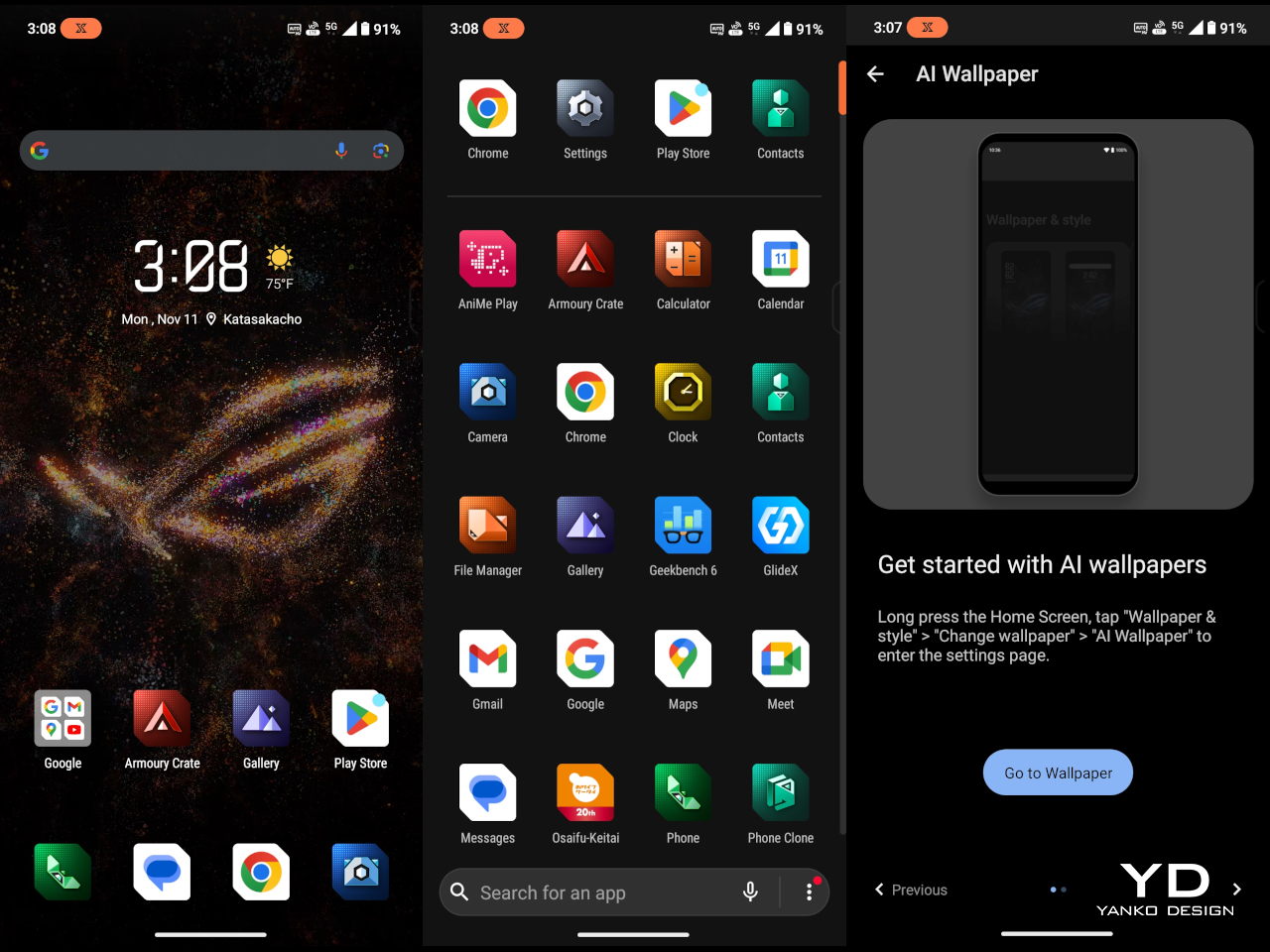
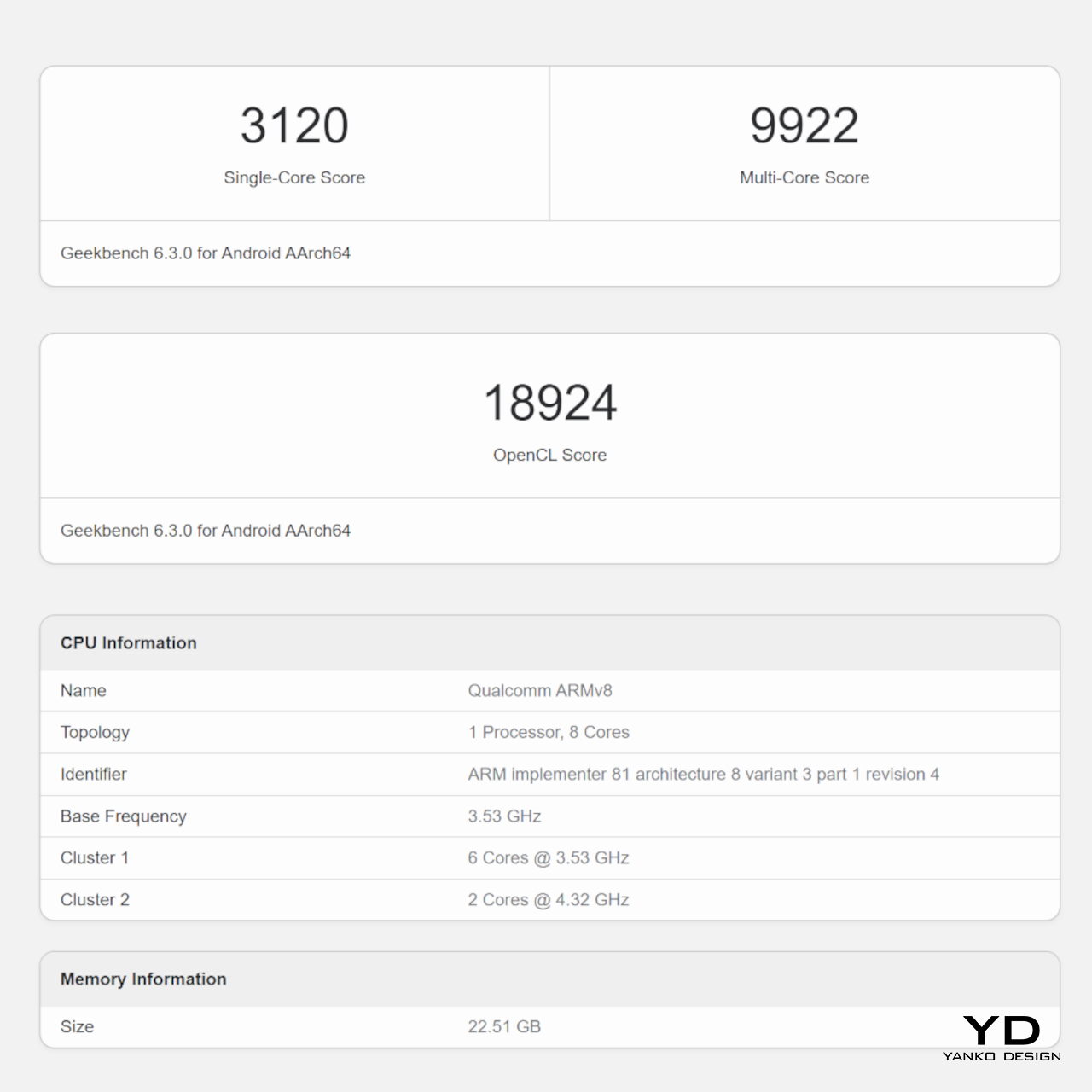
The GameCool thermal management system effectively dissipates heat, preventing build-up and ensuring sustained performance. This feature is crucial for maintaining optimal performance during intense gaming sessions, where overheating can be a concern. If you need even more cooling, the Pro Edition ships with the AeroActive Cooler X Pro which enhances cooling with a Pelter chip for passive cooling and larger fans for active cooling. It also includes physical left and right buttons, providing additional functionality similar to popular game controllers.
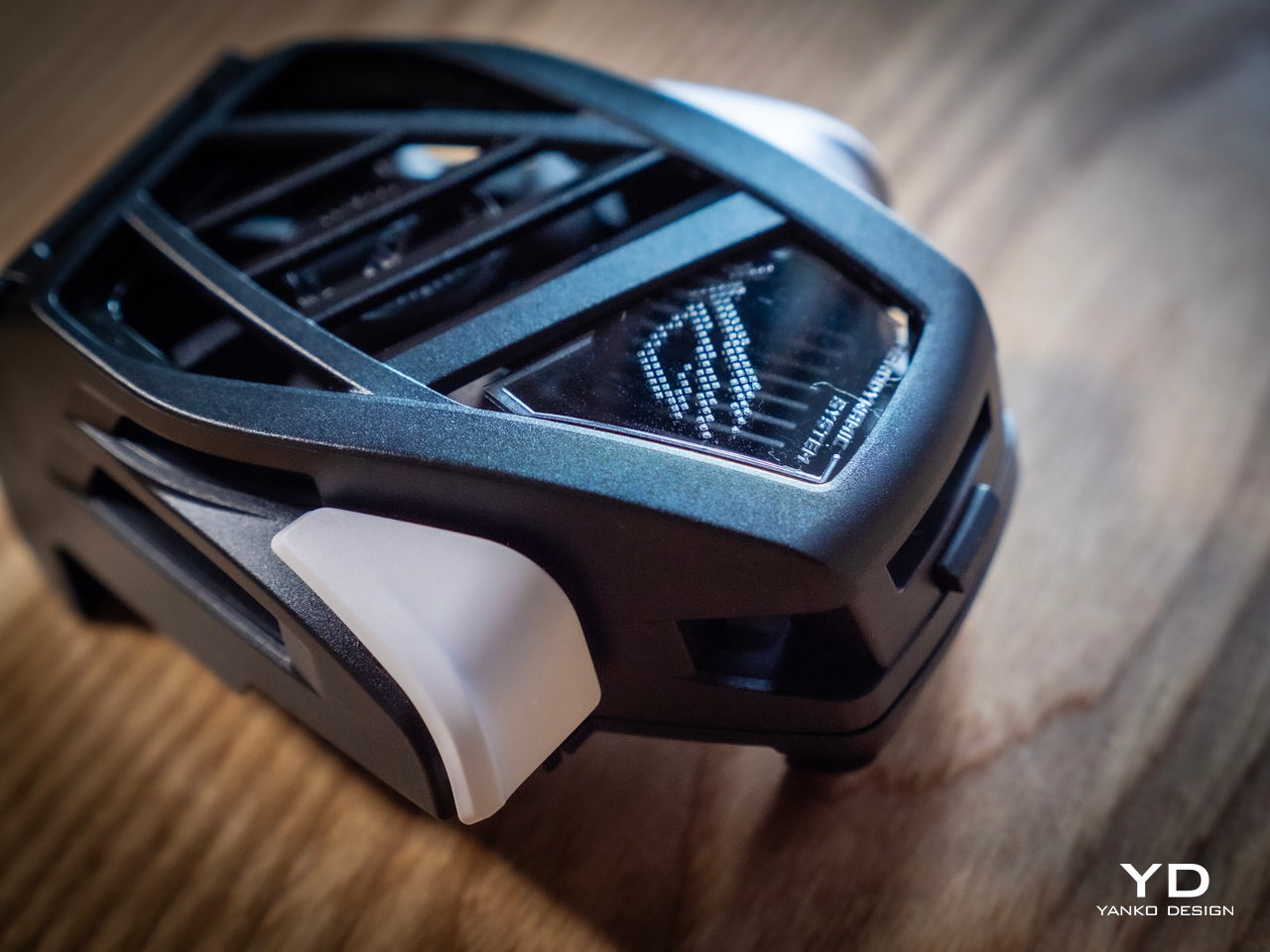
The 2400×1080 6.78-inch AMOLED display offers vibrant colors and exceptional brightness. It also comes with a 2400×1080 resolution and a 185Hz refresh rate that’s boasted to be the highest on a phone. This display quality elevates the gaming experience, providing immersive visuals. The phone’s performance is further enhanced by AI features, including automatic item pickup and moment recording. That said, these AI features are limited to a few titles like Genshin Impact, Honkai: Star Rail, and Mobile Legends Bang Bang so they might not be generally useful.
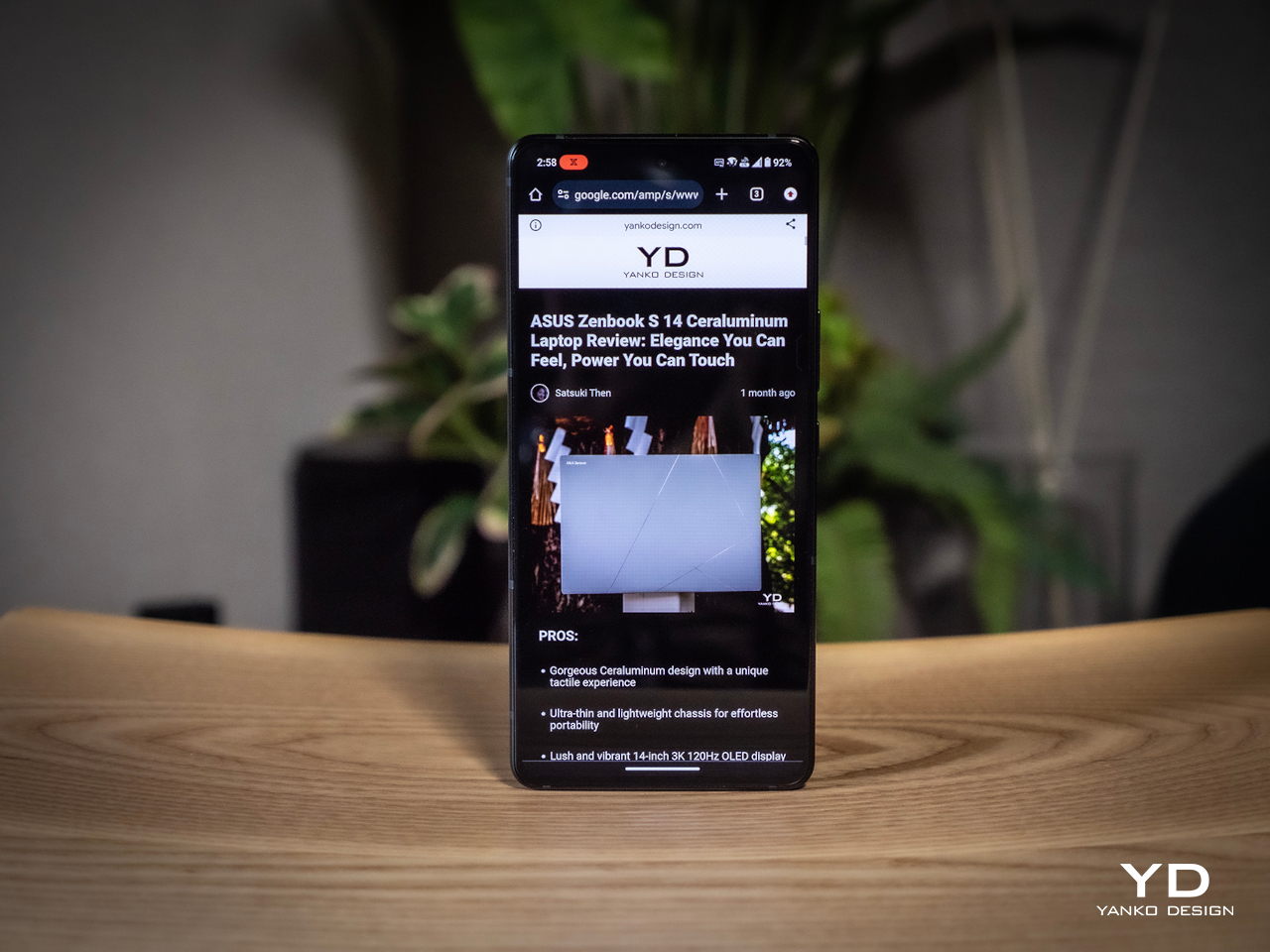
The ASUS ROG Phone 9 Pro is equipped with a robust 5,800 mAh battery, ensuring extended gaming sessions without frequent recharges. It supports fast 65W charging and can go from zero to full in less than 50 minutes, a boon for gamers on the go. Additionally, the phone offers 15W wireless charging, providing convenient and flexible power options to suit various user needs.



The ASUS ROG Phone 9 Pro surprises with its competent camera system, featuring a 50MP Sony Lytia 700 sensor at the helm. This primary camera delivers detailed images, a pleasant surprise for a device primarily focused on gaming. It challenges the notion that gaming phones must compromise on camera quality.


The 32MP telephoto camera with 3x optical zoom and 13MP ultra-wide-angle lens provide versatility in photography. While not extraordinary, they offer decent performance for everyday use. This well-rounded camera setup adds value to the phone, catering to users who appreciate photography.
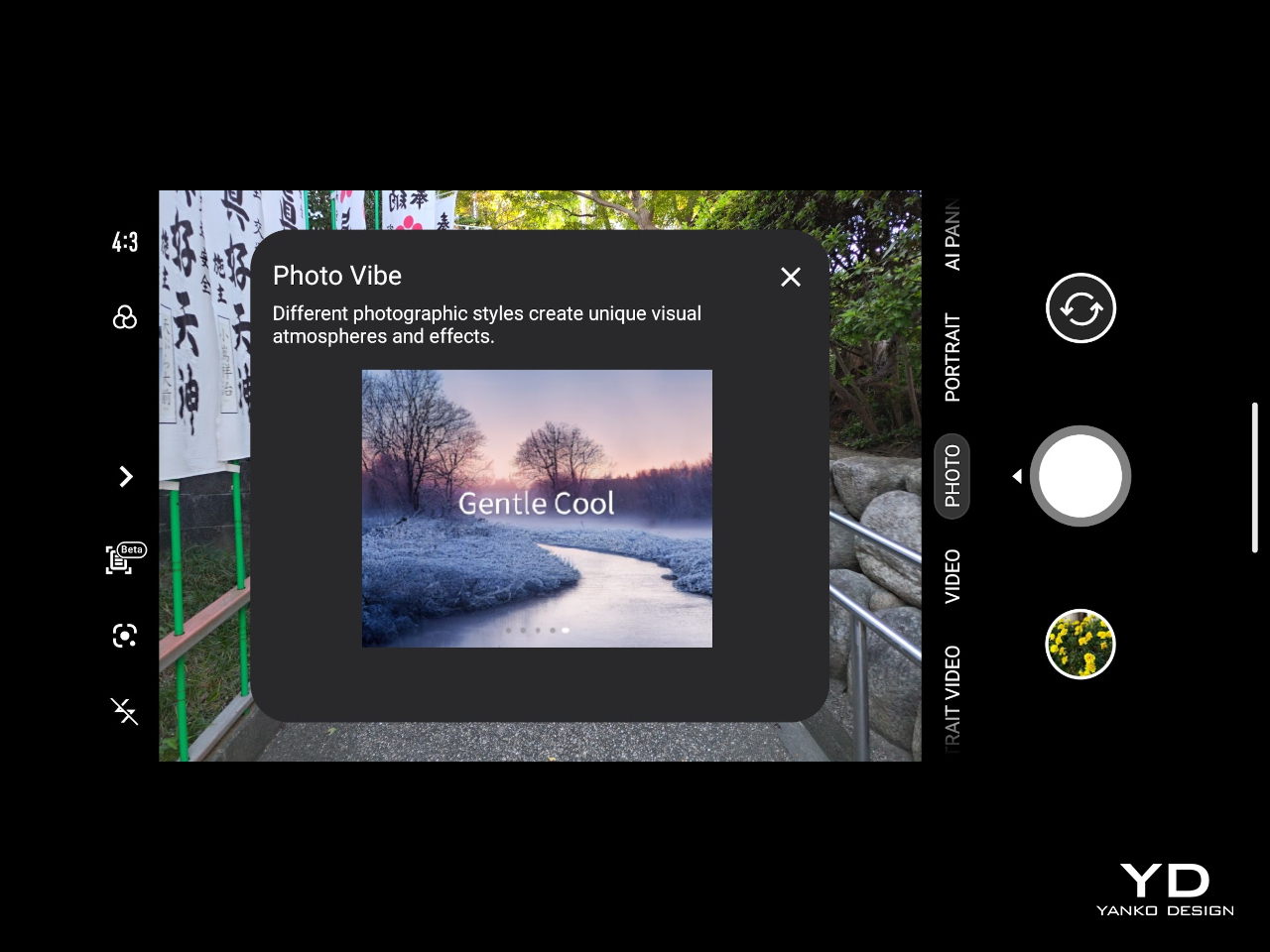
Features like Photo Vibe enhance the photography experience, offering color and temperature presets. AI Object Sense provides auto-correction, optimizing photos based on scene elements. The AirTrigger Capture function utilizes the same capacitive side buttons used for gaming as a dedicated shutter button, adding a unique touch to mobile photography. The ROG Phone 9 Pro is not a pro camera phone by a long shot, but this powerful camera system at least adds to its versatility and usefulness outside of games.
Sustainability
In terms of sustainability, the ASUS ROG Phone 9 Pro follows the conventional smartphone formula, utilizing plastic, metal, and glass. Unfortunately, it does not incorporate recycled materials, a growing trend in the industry. However, it boasts an IP68 dust and water resistance rating, enhancing its durability and longevity.
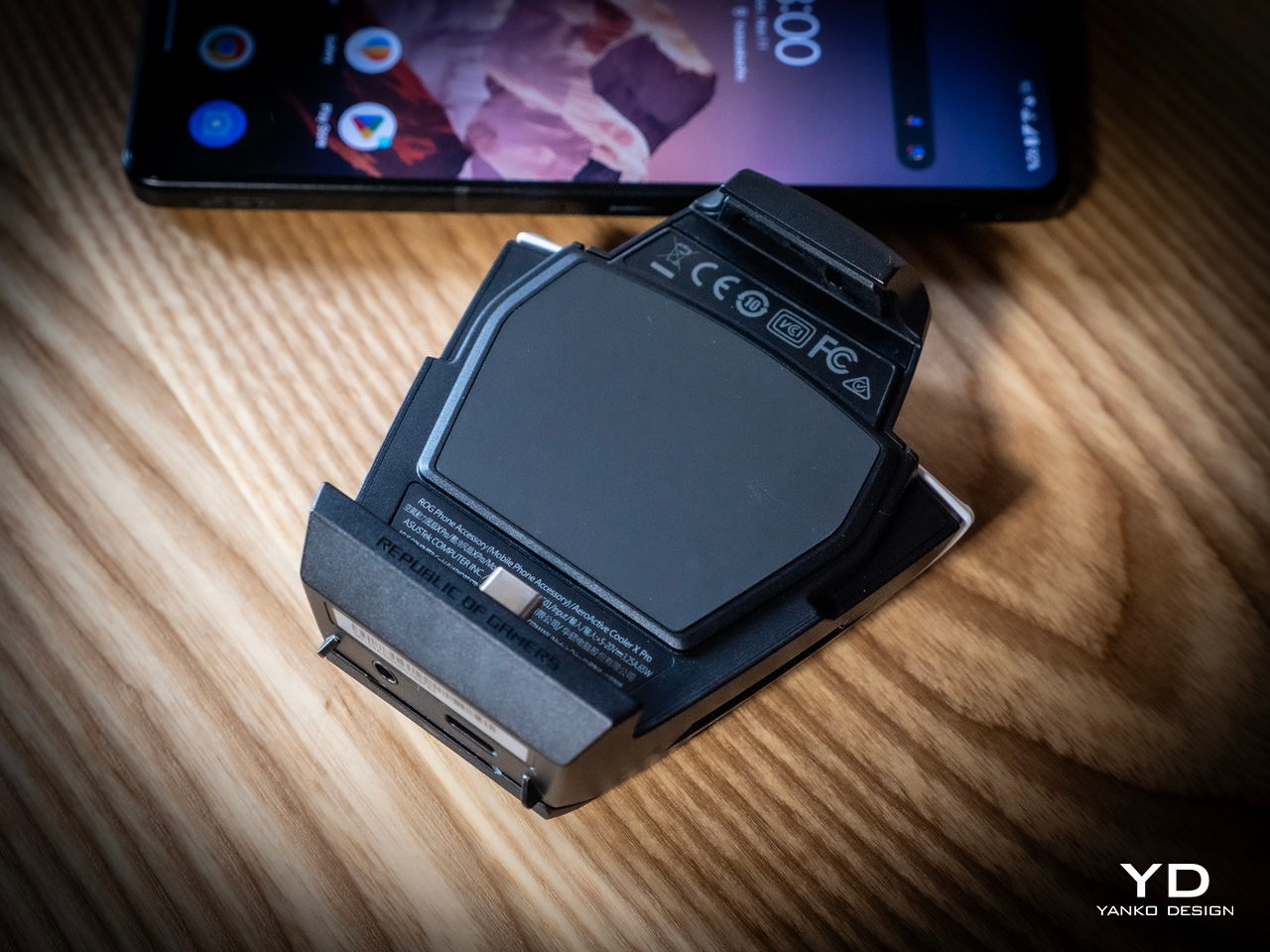
While sustainability may not be its strongest suit, the phone’s robust build quality ensures it can withstand everyday challenges. This aspect is crucial for gamers who demand reliability and resilience from their devices, particularly during intense gaming sessions.
Value
The ASUS ROG Phone 9 Pro offers impressive performance and a suite of features tailored for professional mobile gaming. Its beautiful screen and additional side charging port are standout features. These elements cater to gamers seeking a device that prioritizes performance and practicality.
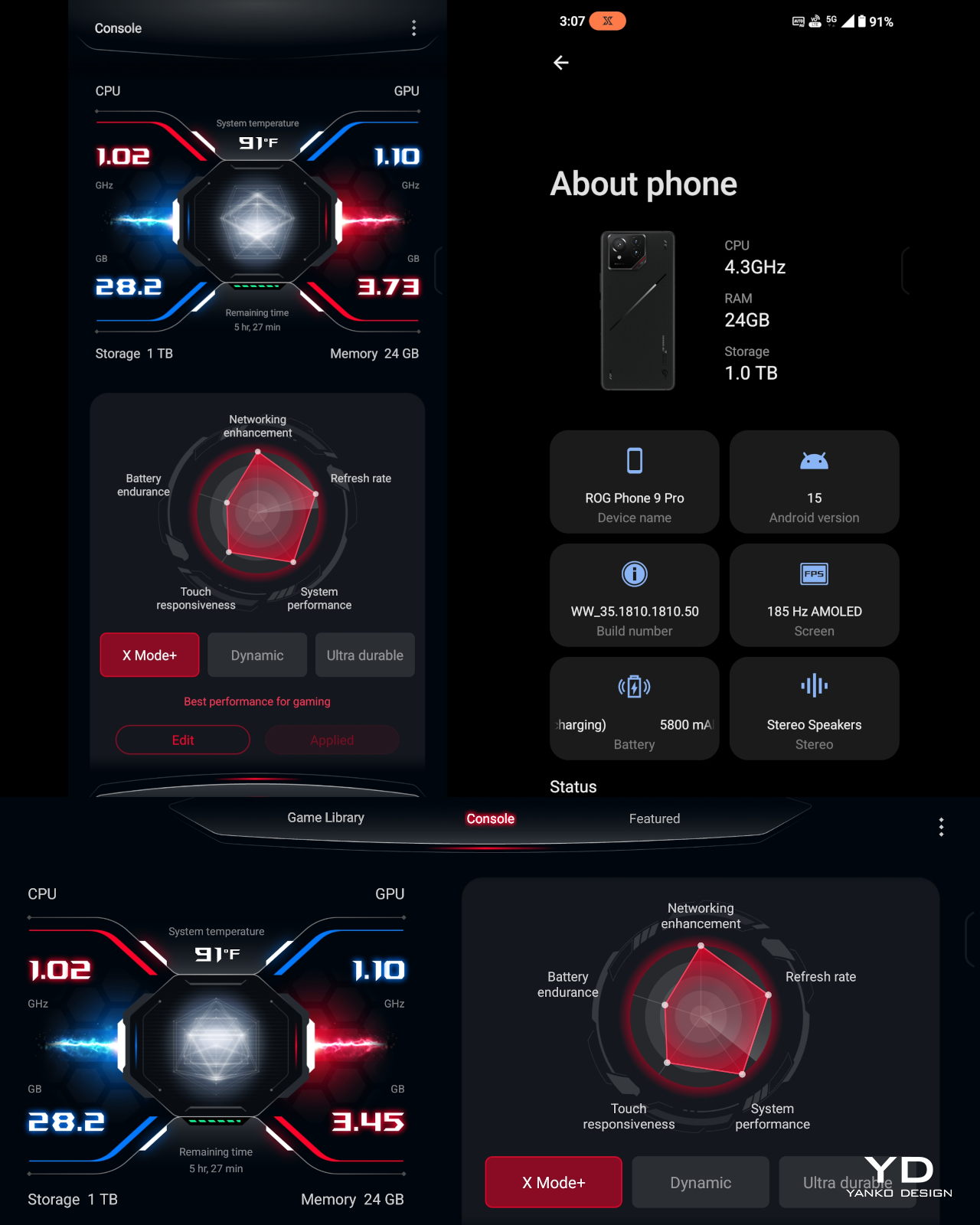
However, for existing ROG Phone 8 Pro users, the upgrades may seem incremental, providing little incentive to switch. This aspect may affect its appeal to loyal ASUS customers seeking significant improvements. Nonetheless, the ROG Phone 9 Pro remains a compelling choice for new buyers.
Despite the incremental upgrades, the ROG Phone 9 Pro represents good value for those seeking a dedicated gaming phone. It combines high-end specifications with thoughtful design elements, appealing to gamers who value not only performance but also aesthetics. The phone’s value proposition lies in its specialized features, from ROG’s famous Armory Crate to the phone’s invisible AirTrigger buttons. Even the animated AniMe Vision display is a treat for mobile gamers who want to brag about their gear.
Verdict
Gaming smartphones are evolving, adopting more refined designs while maintaining their core gaming features. However, with regular flagship phones matching their performance, the reasons to invest in a dedicated gaming device are dwindling. Nevertheless, the ASUS ROG Phone 9 Pro continues to offer great value, balancing advanced features with a mature design.
For gamers who demand the best, the ASUS ROG Phone 9 Pro stands out as a worthy contender. It combines speed, style, and substance, making it a compelling choice for those who want a device tailored to their gaming needs. Despite the shrinking market for gaming phones, ASUS’s offering remains a testament to innovation in the mobile gaming arena.
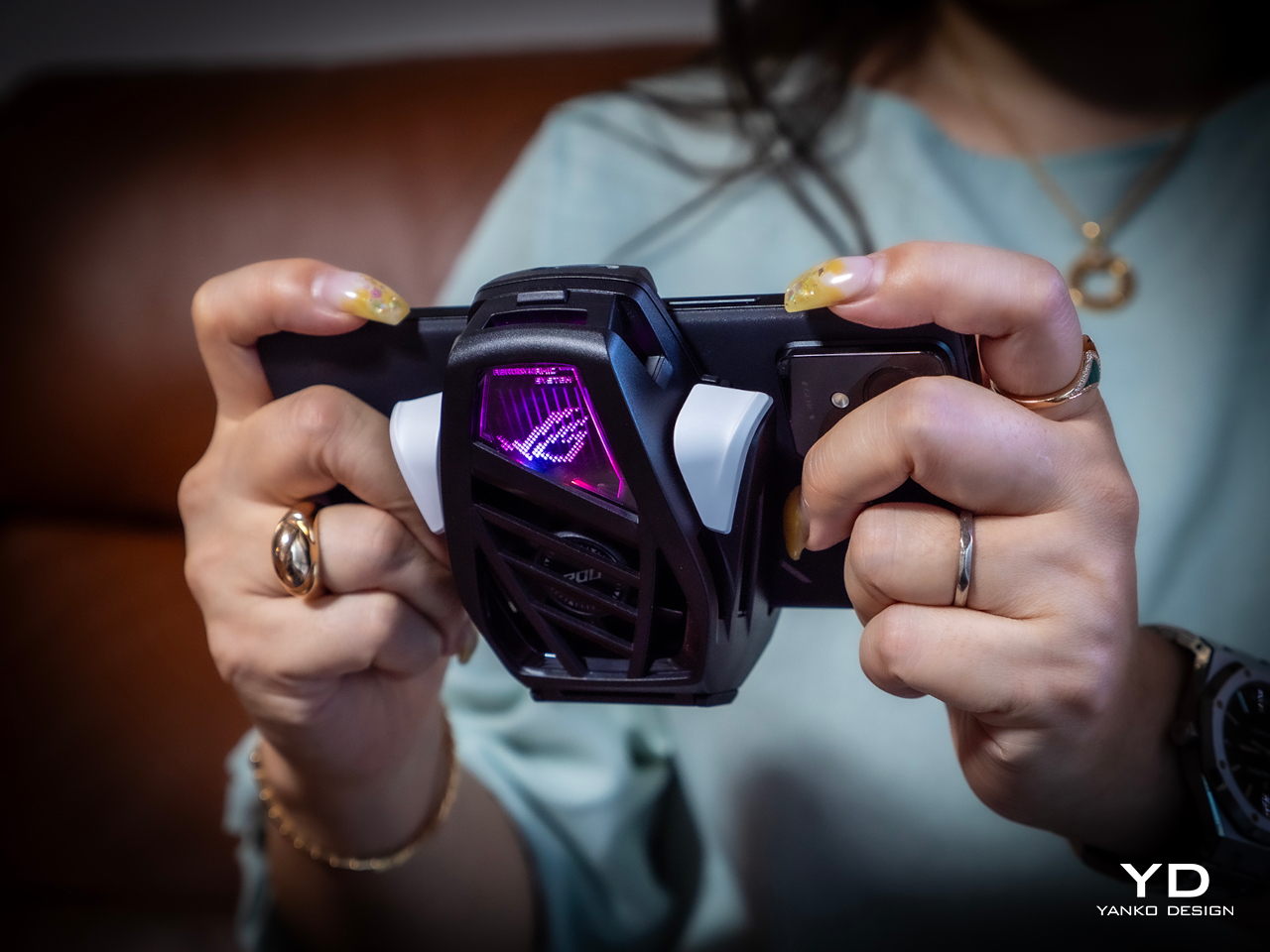
The post ASUS ROG Phone 9 Pro Review: The Ultimate Gaming Smartphone Experience first appeared on Yanko Design.

